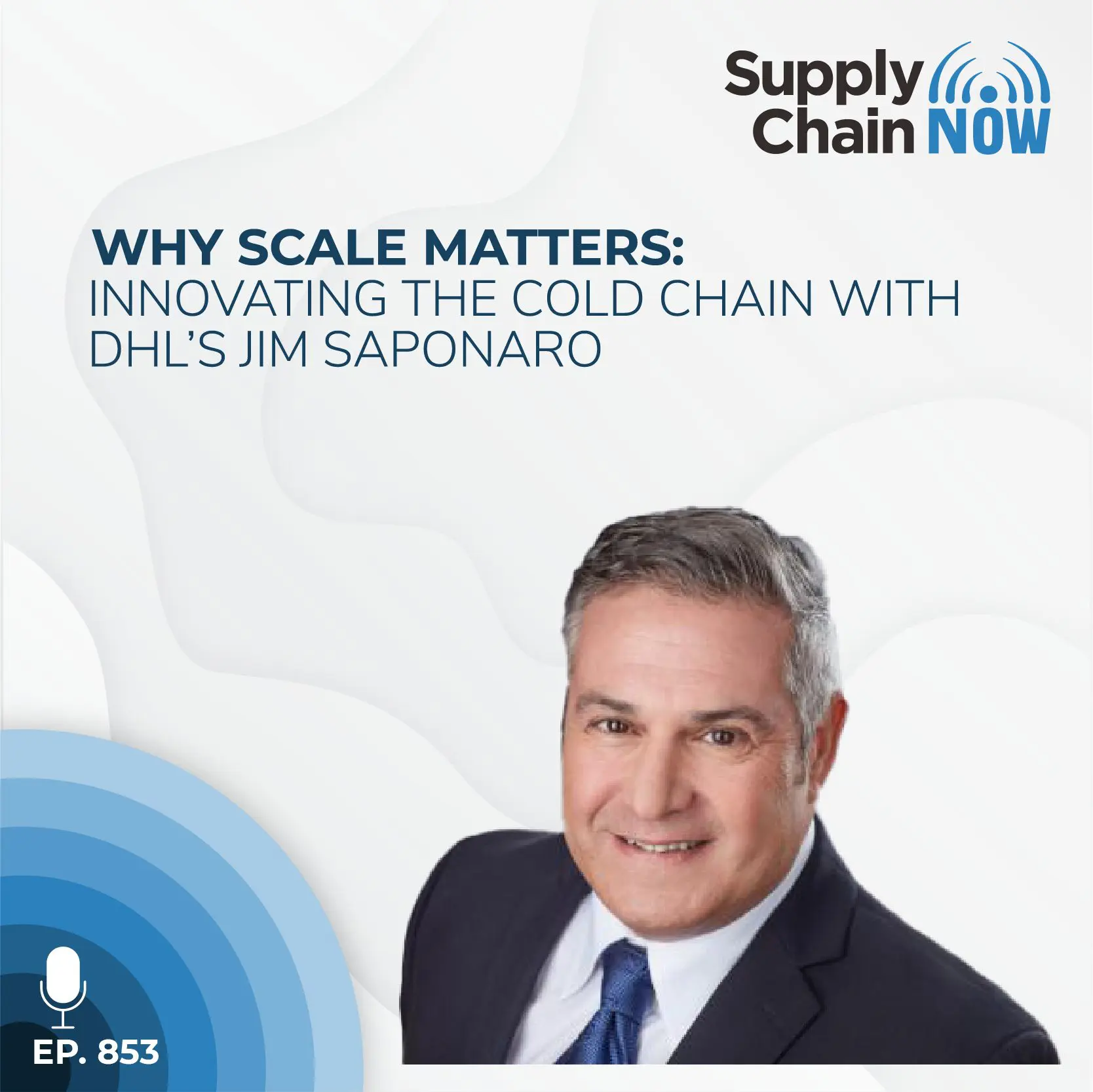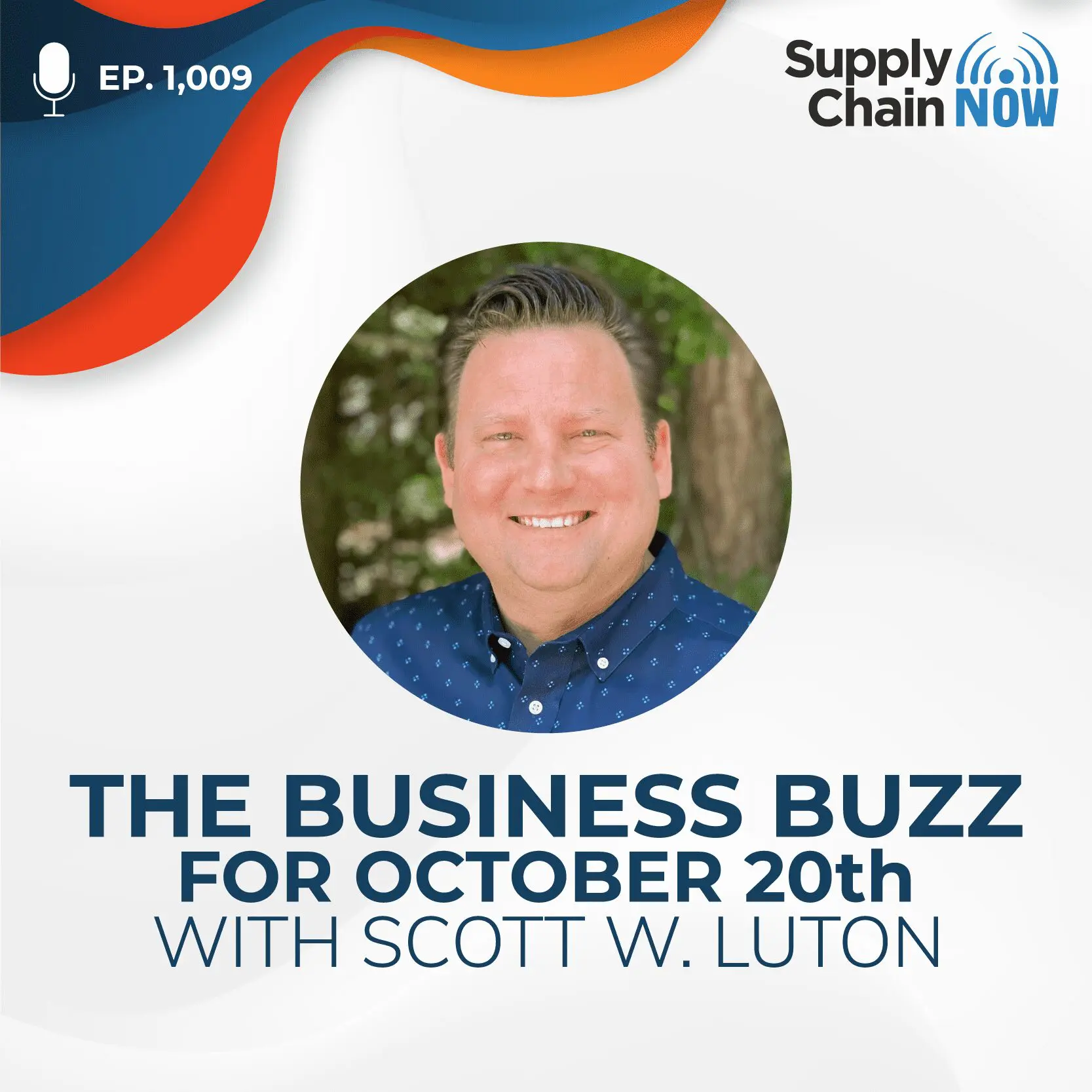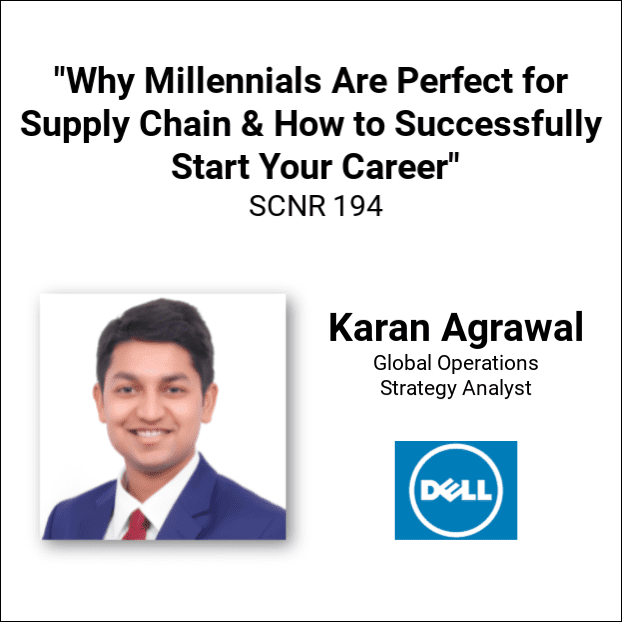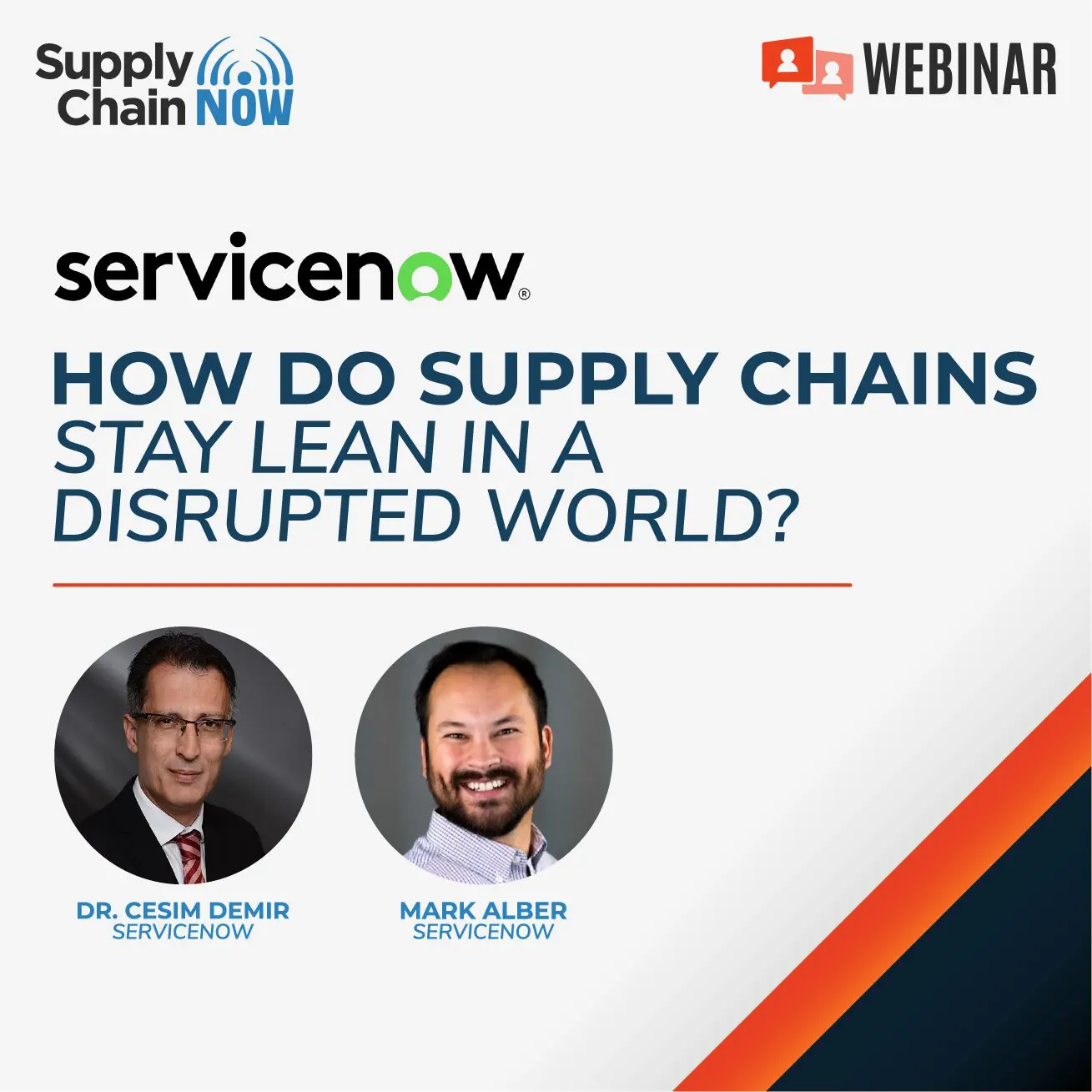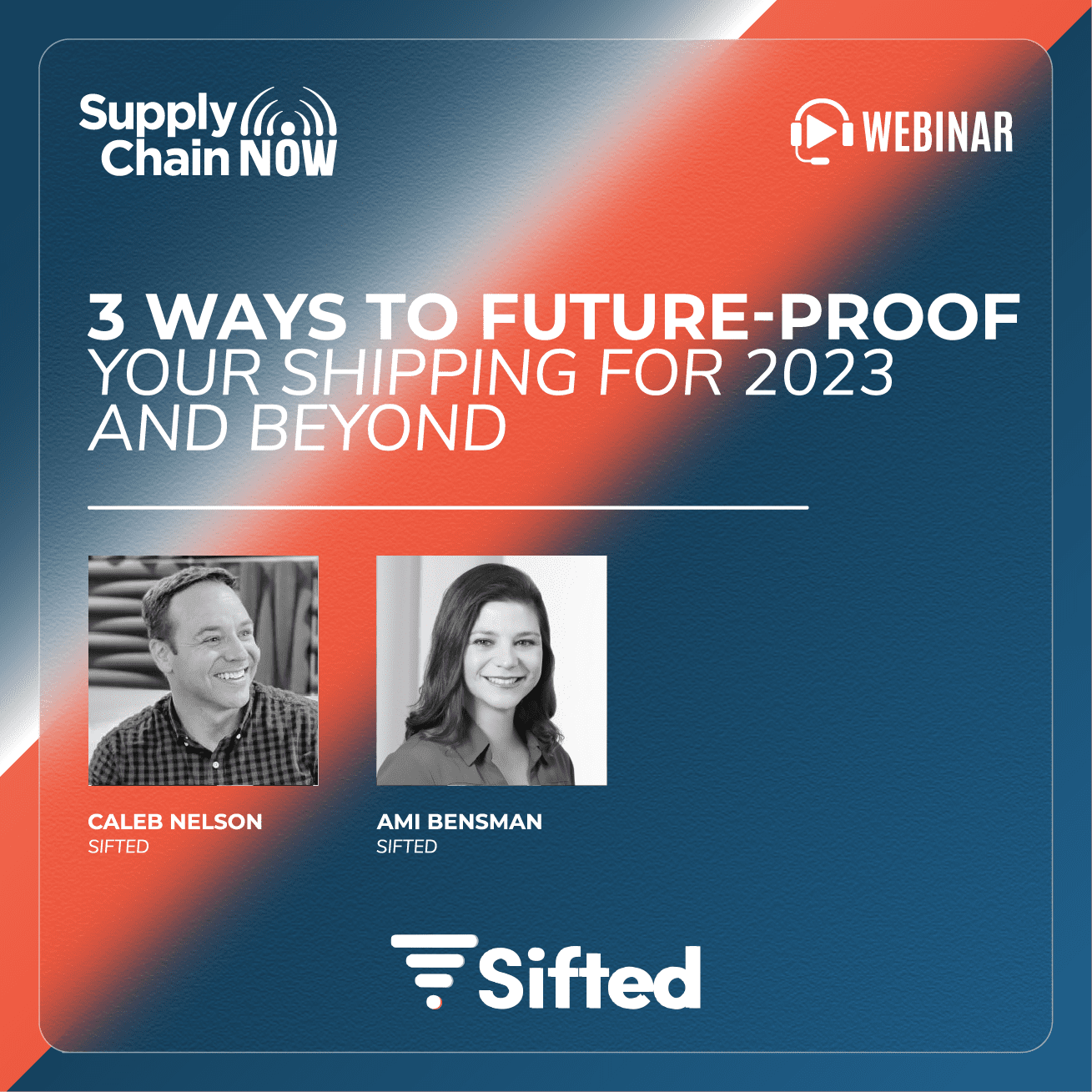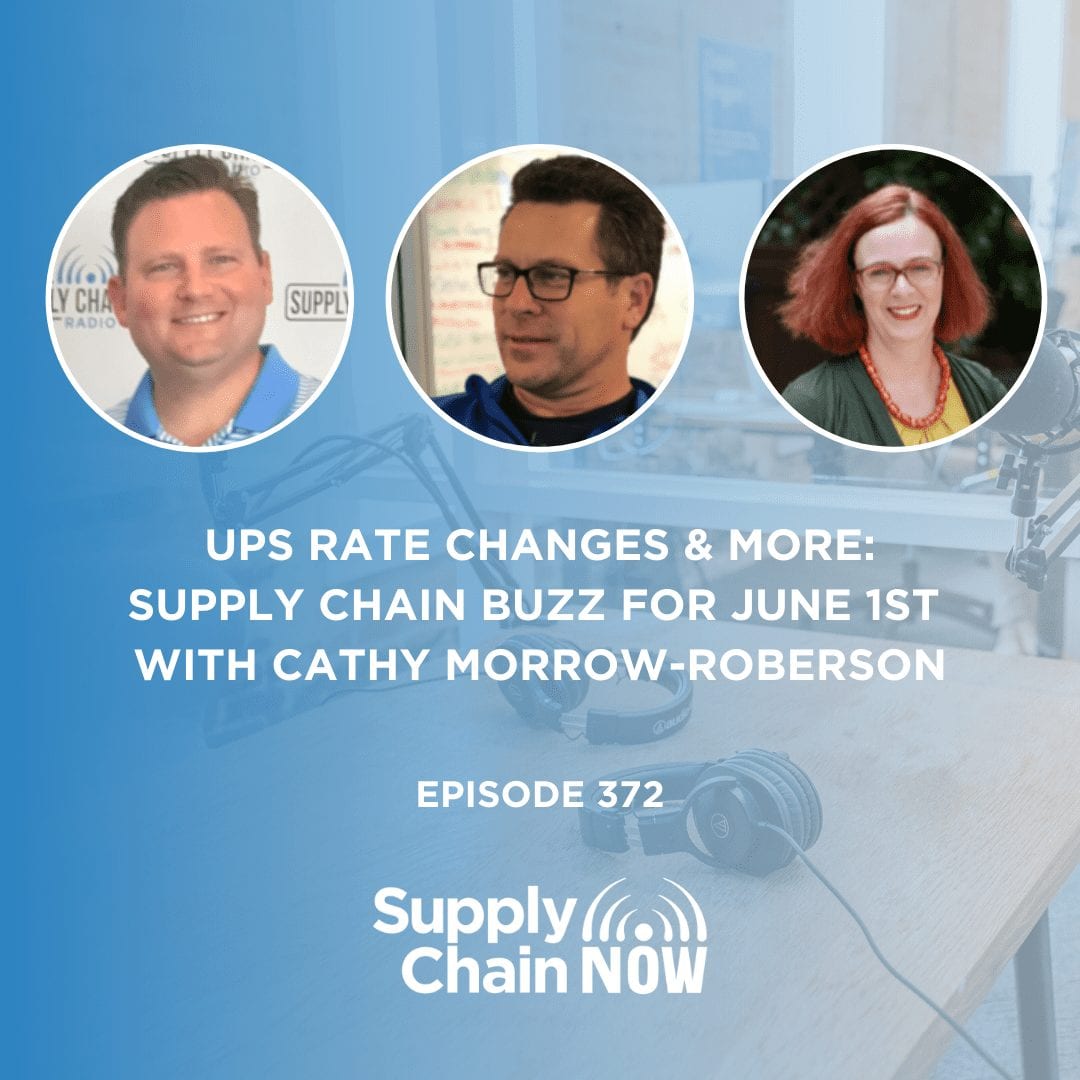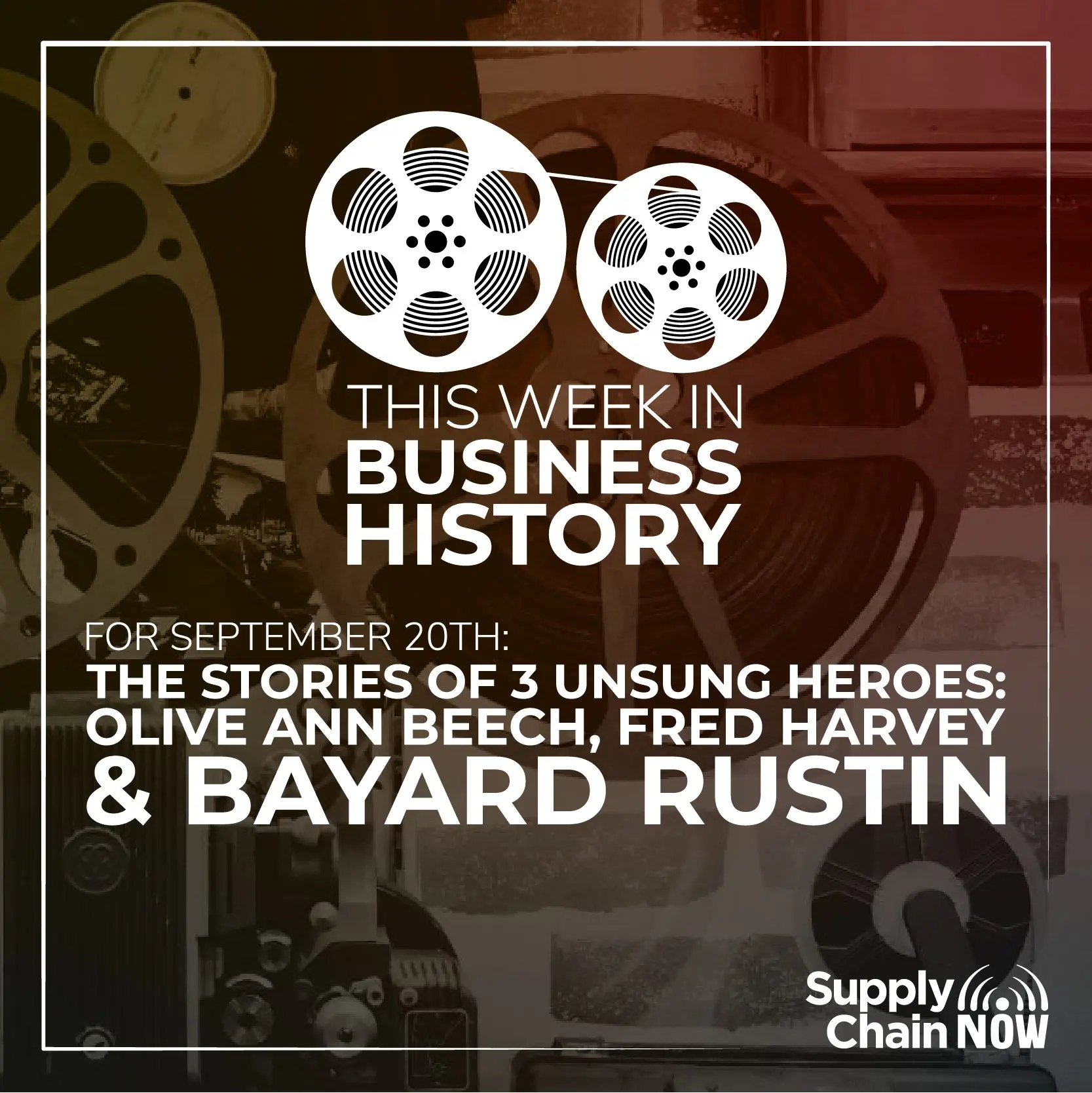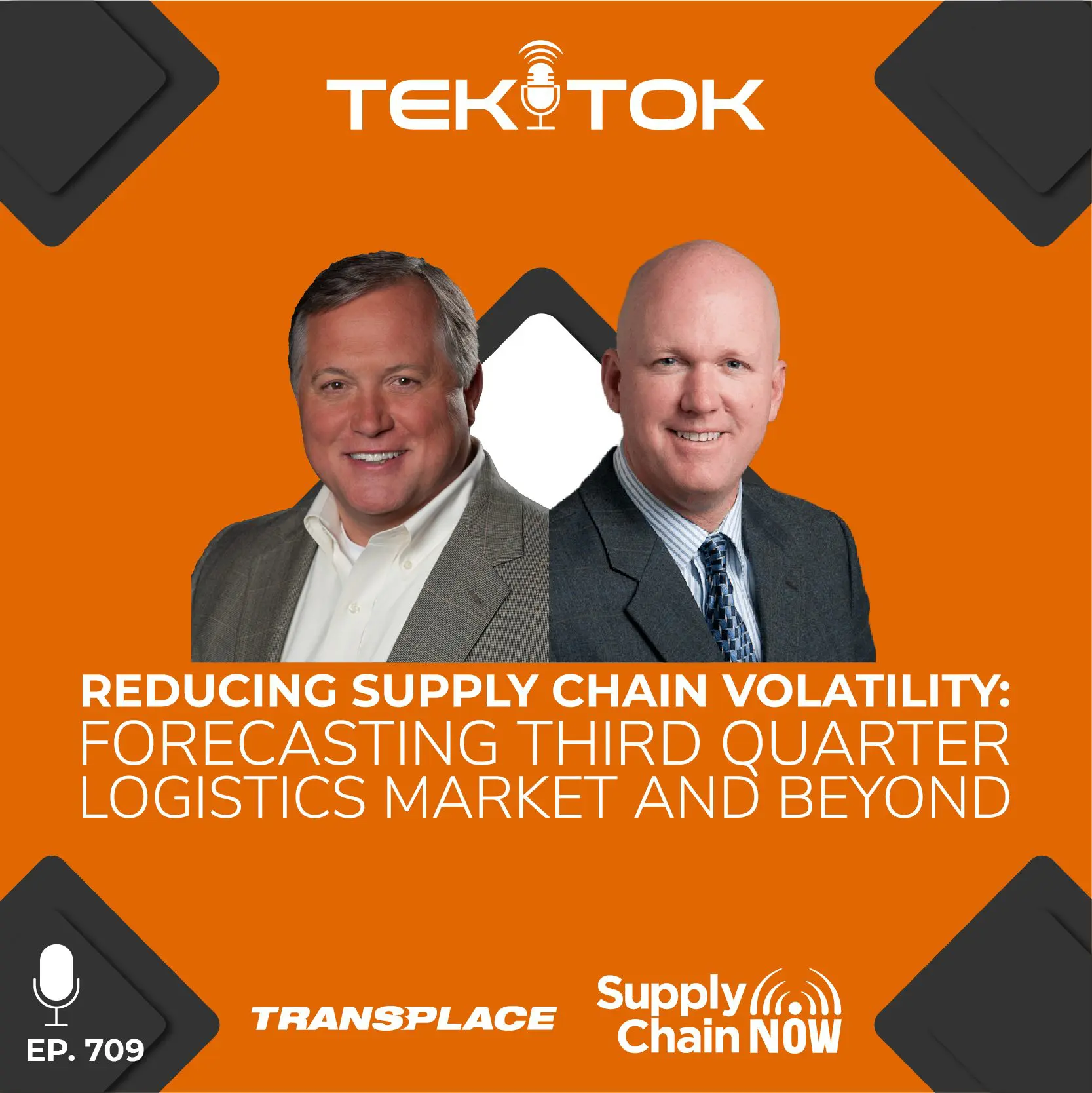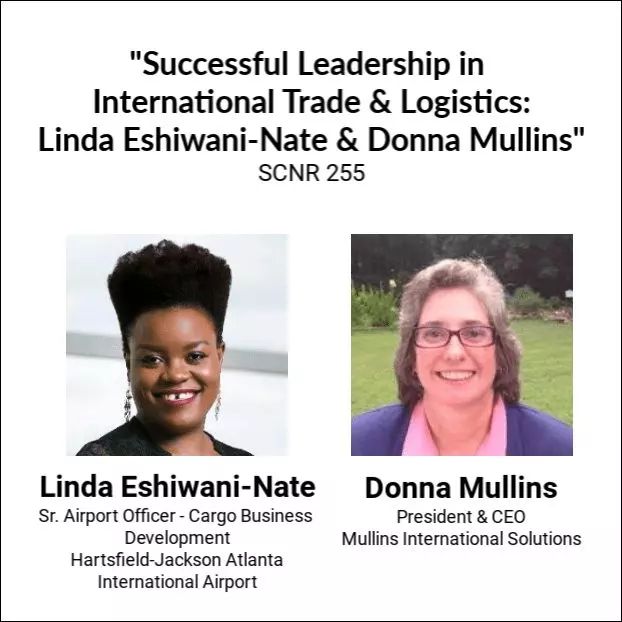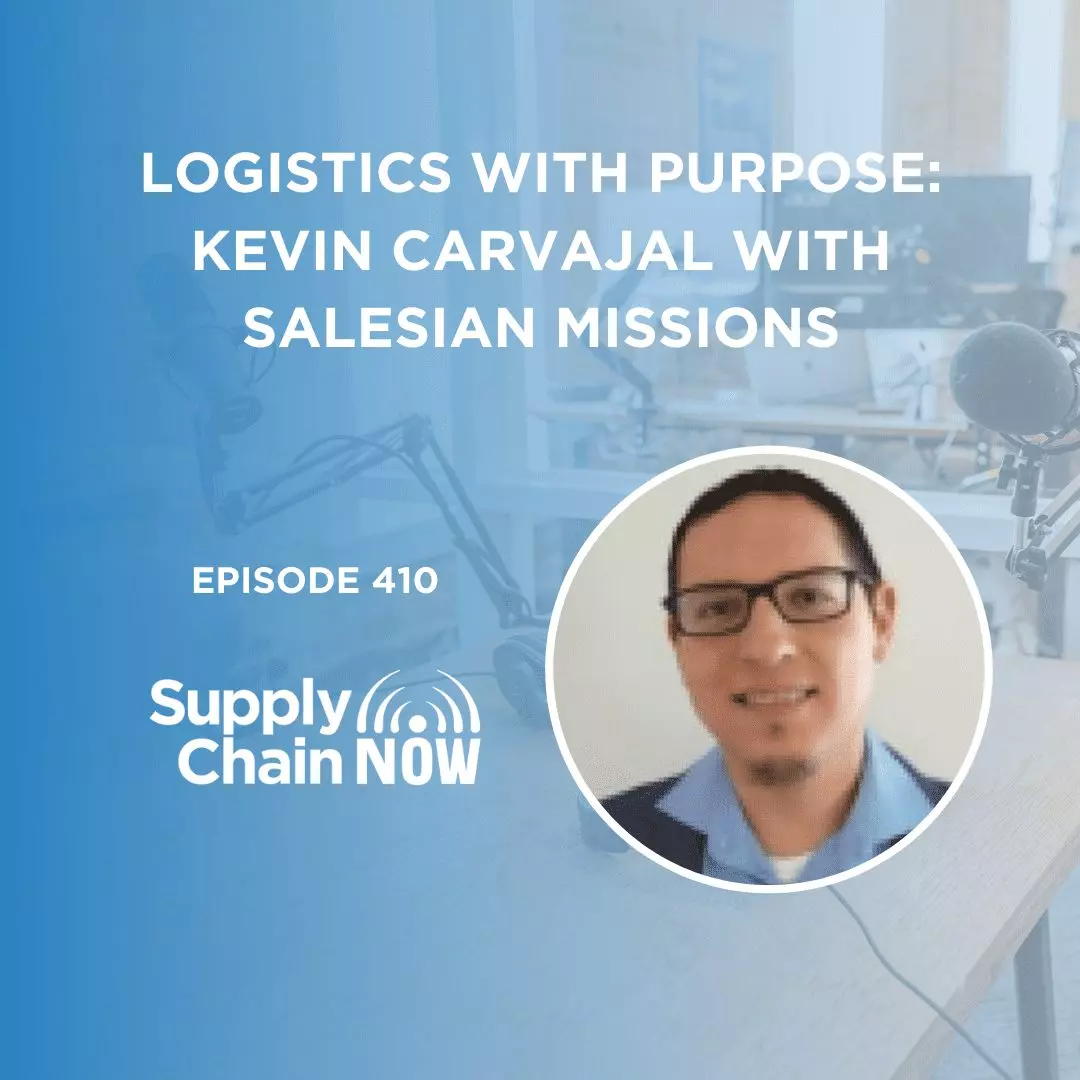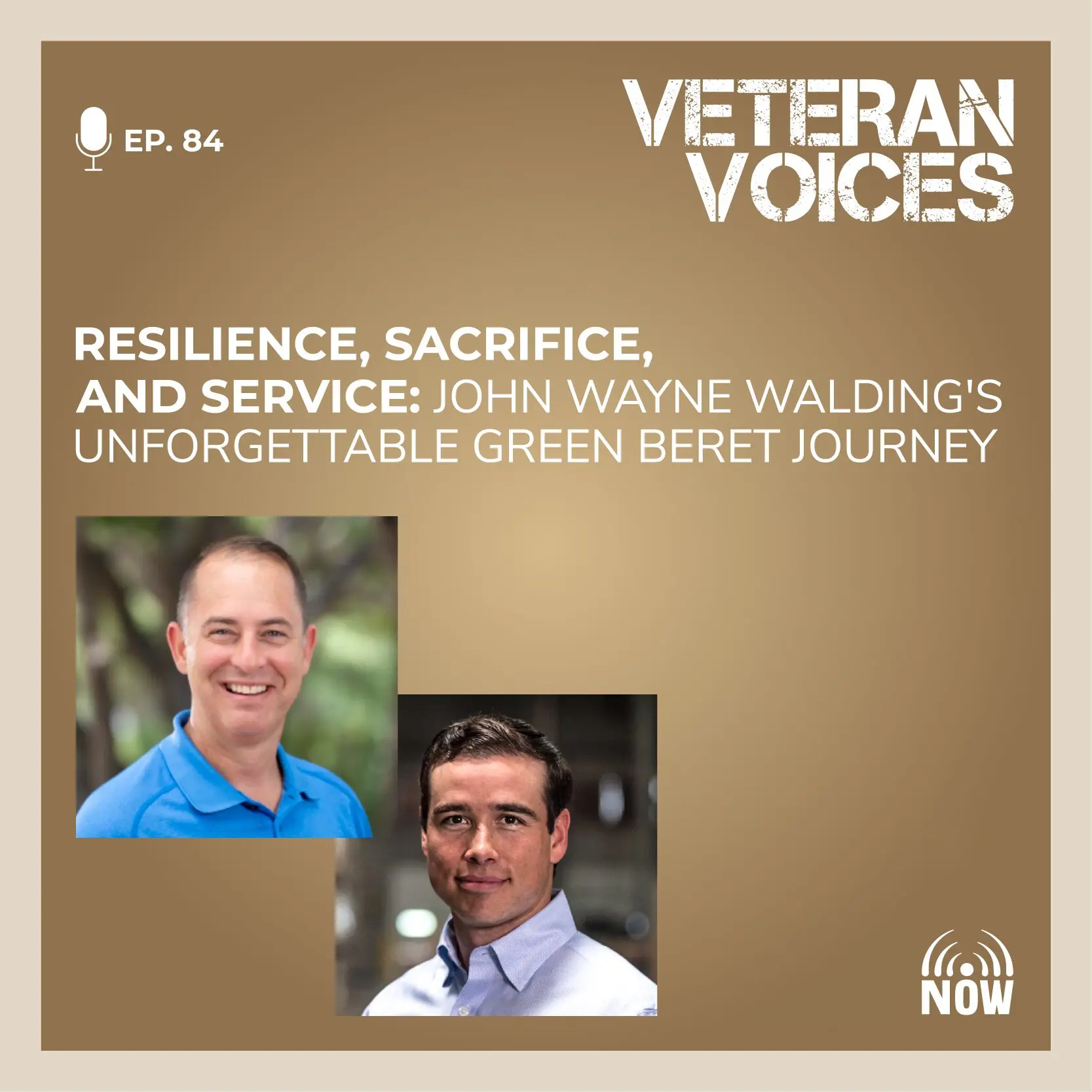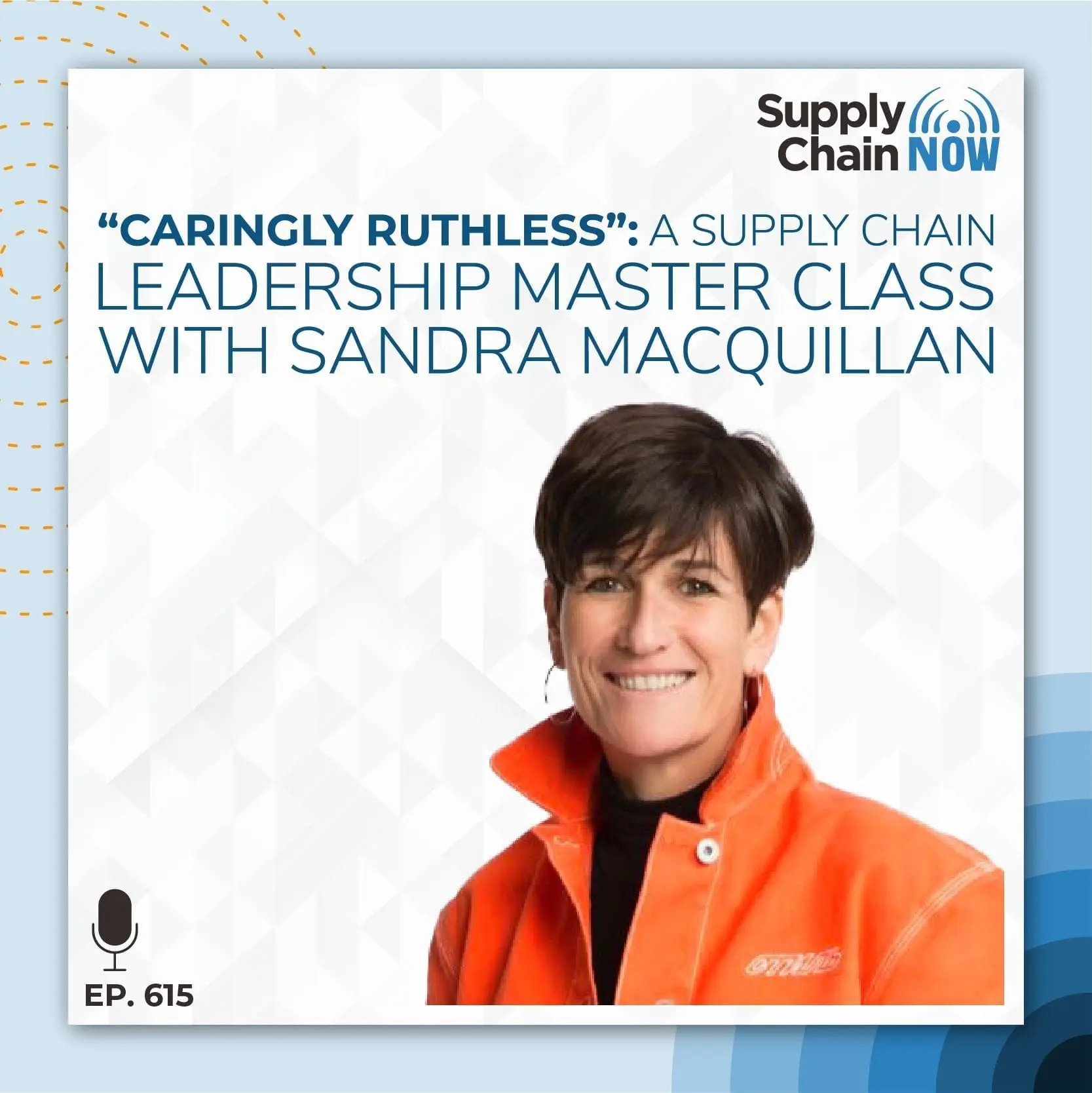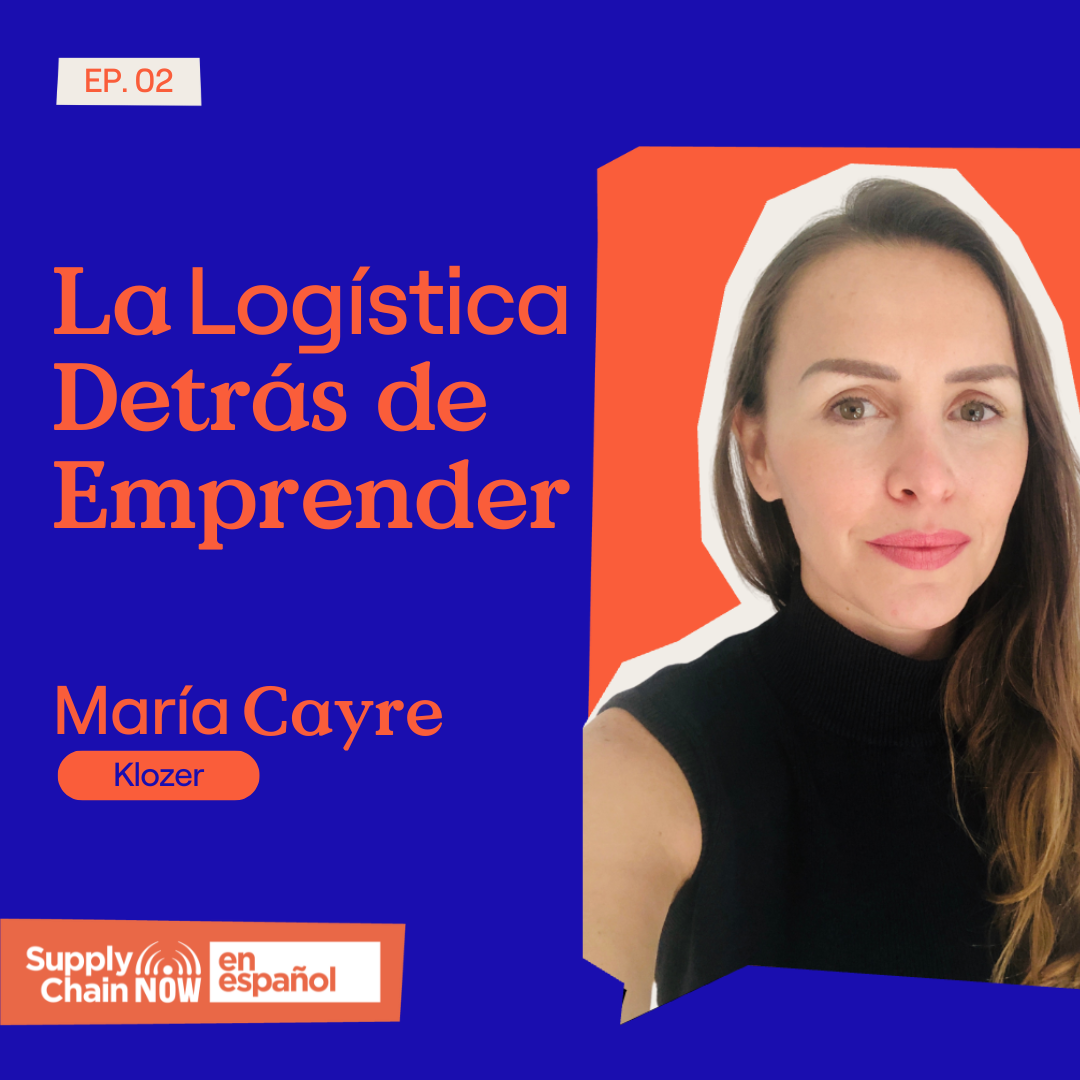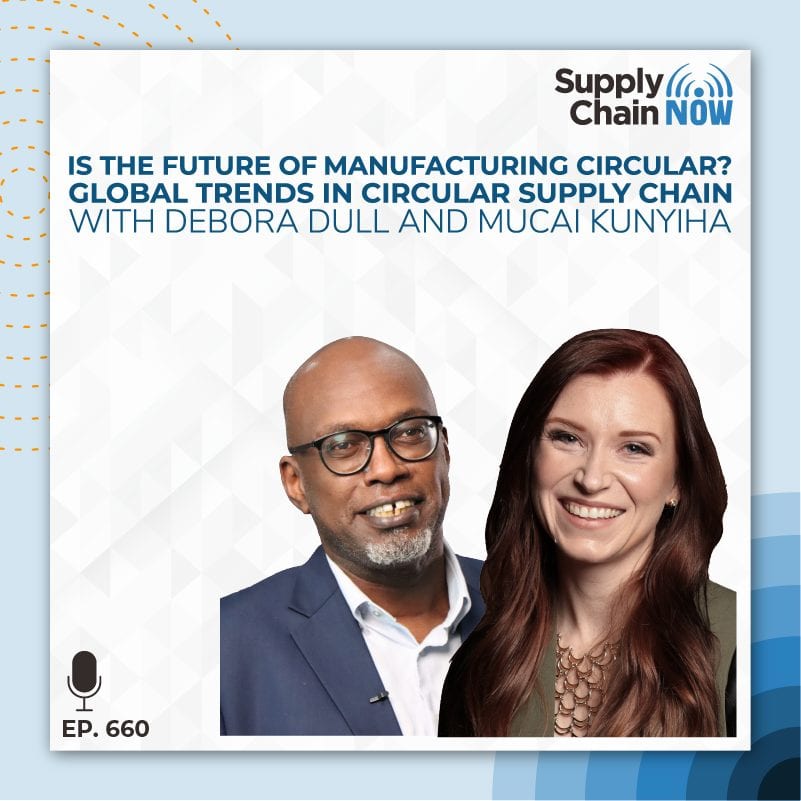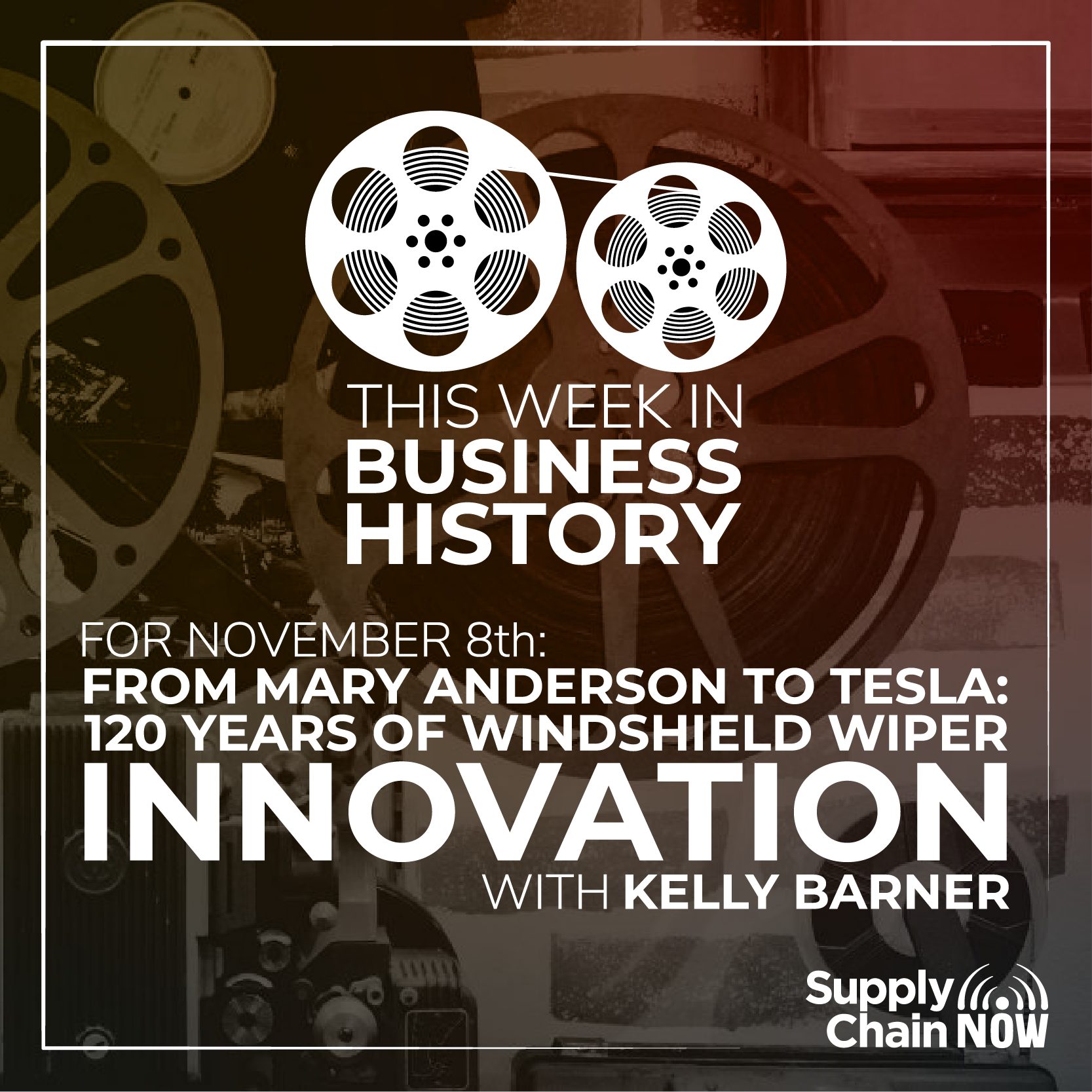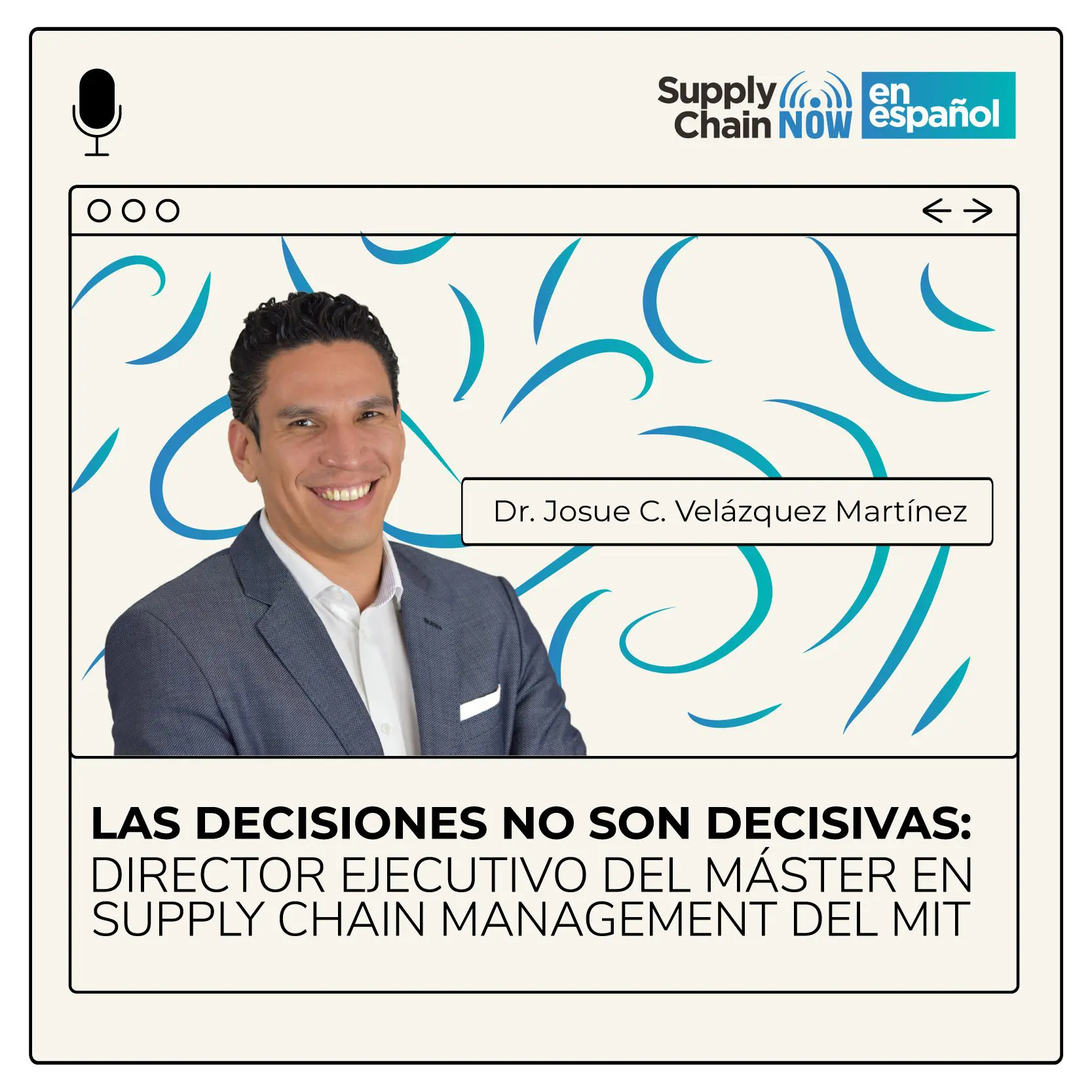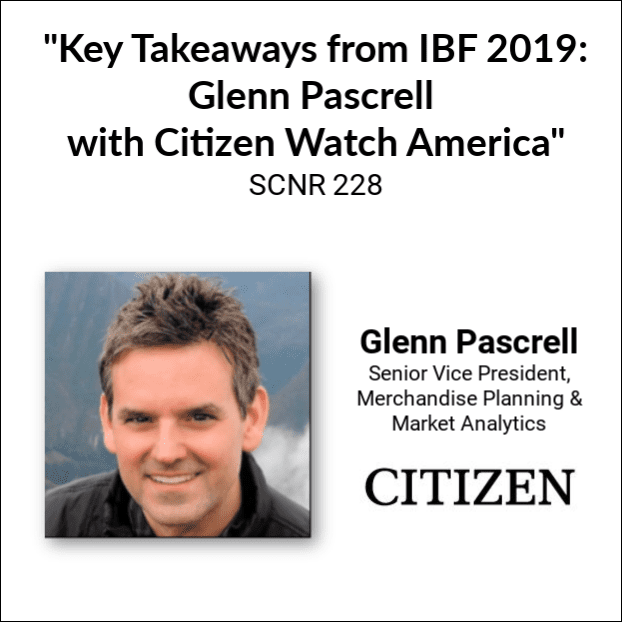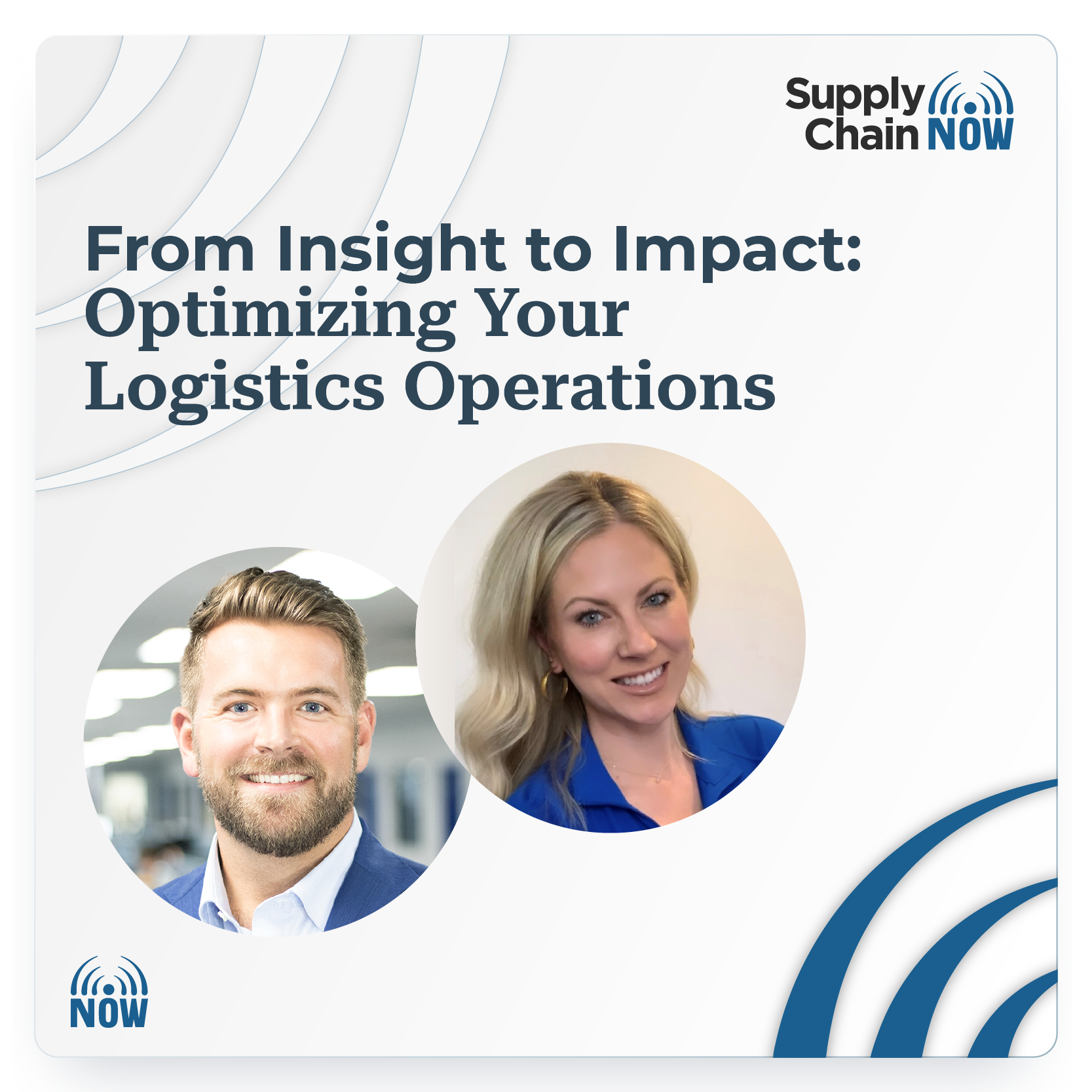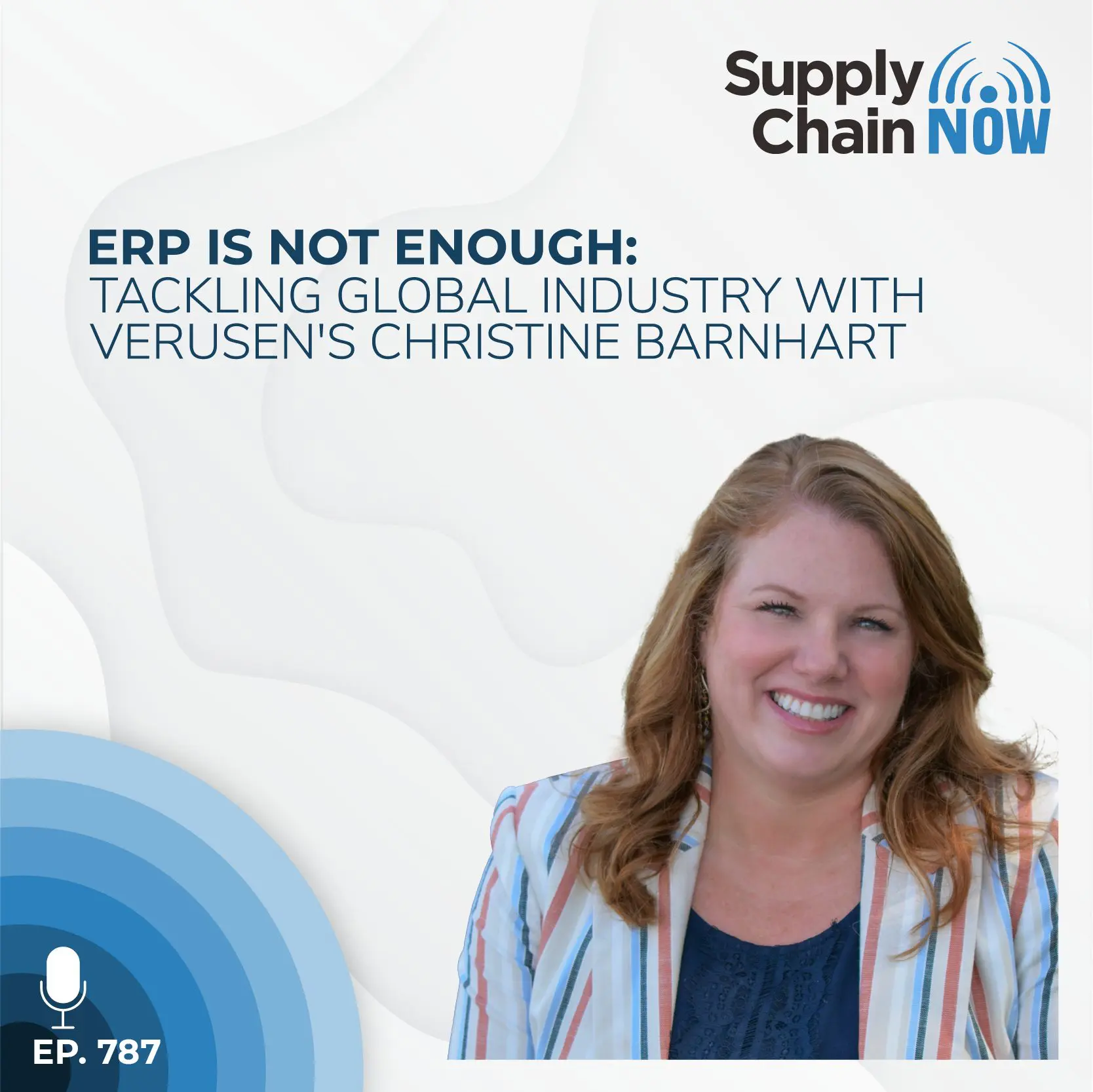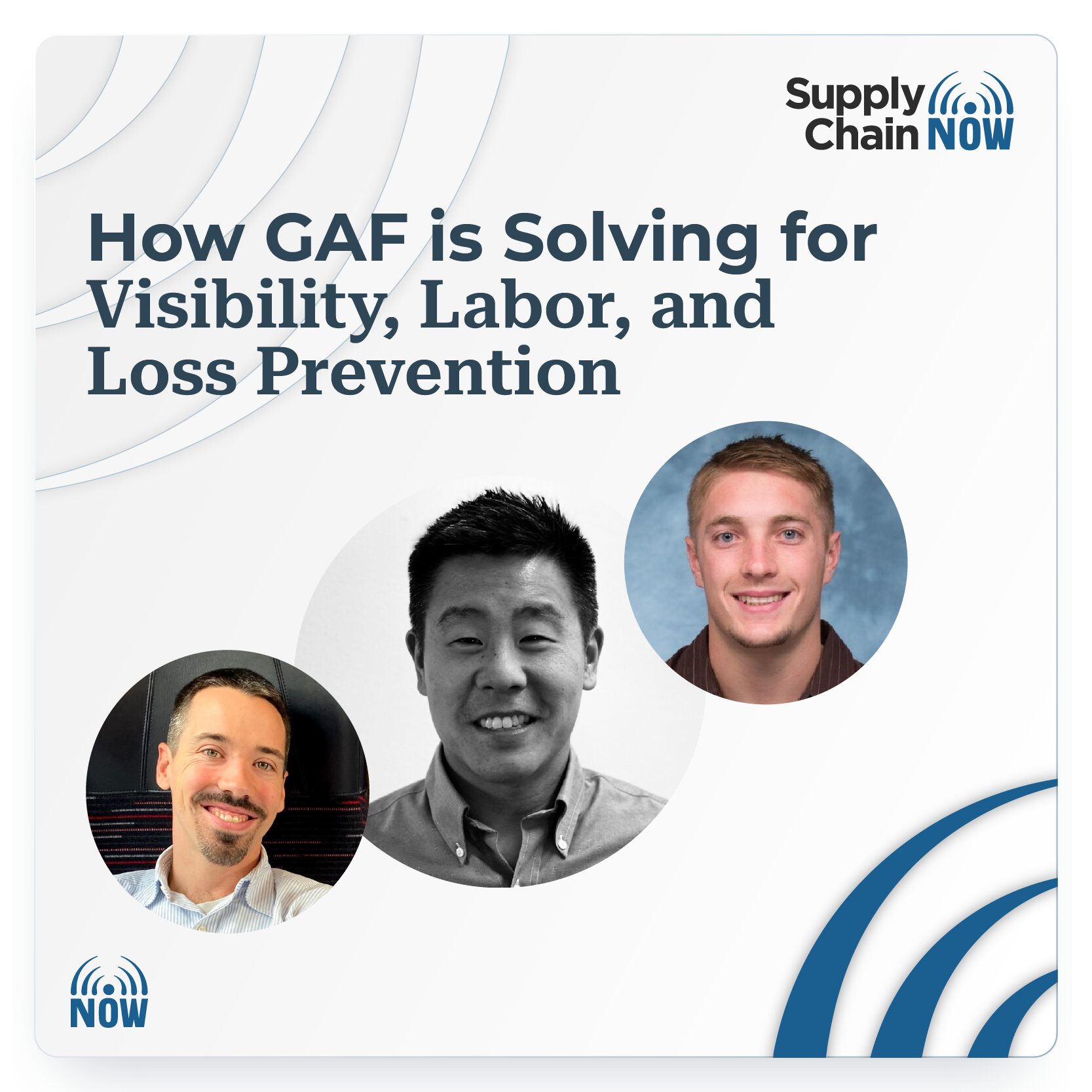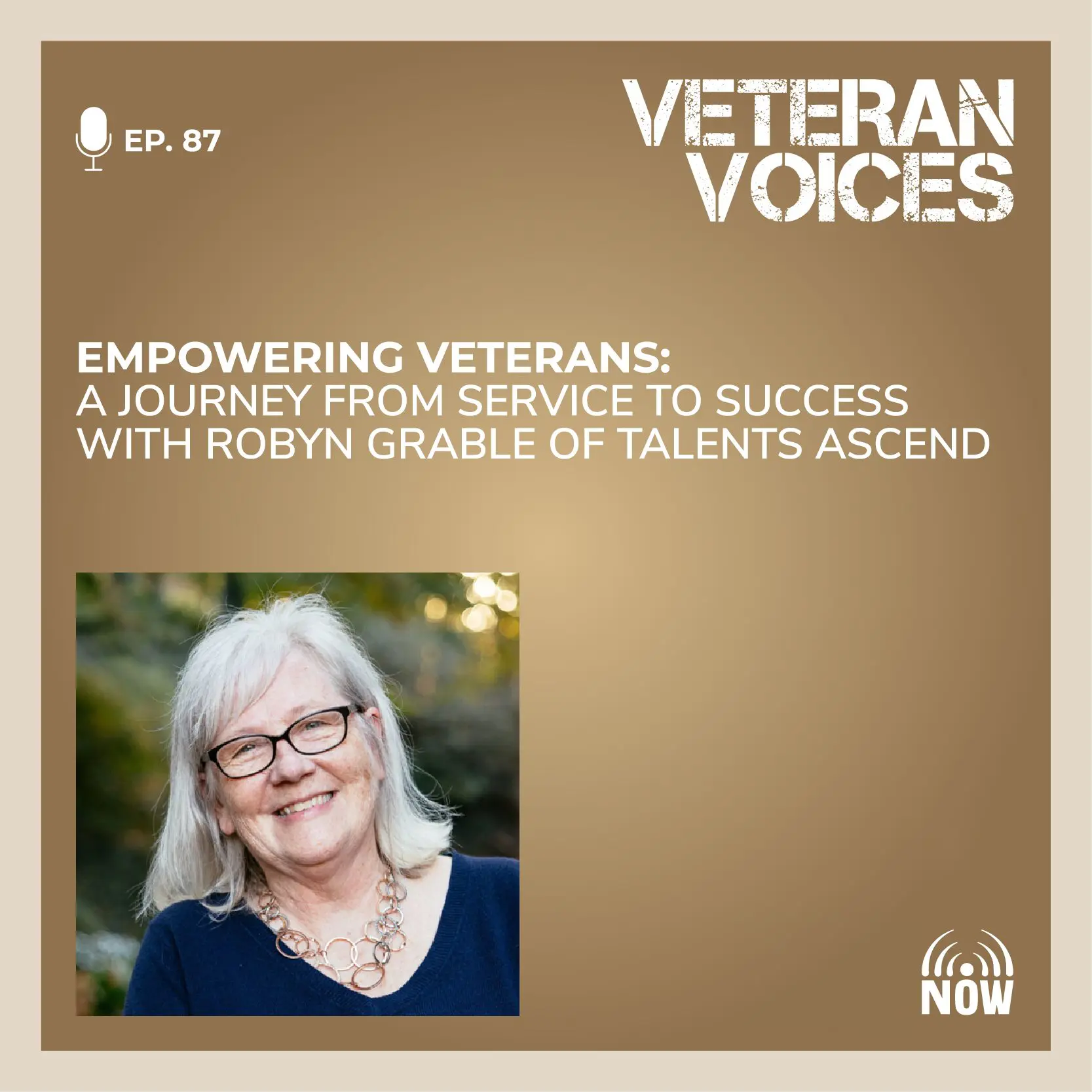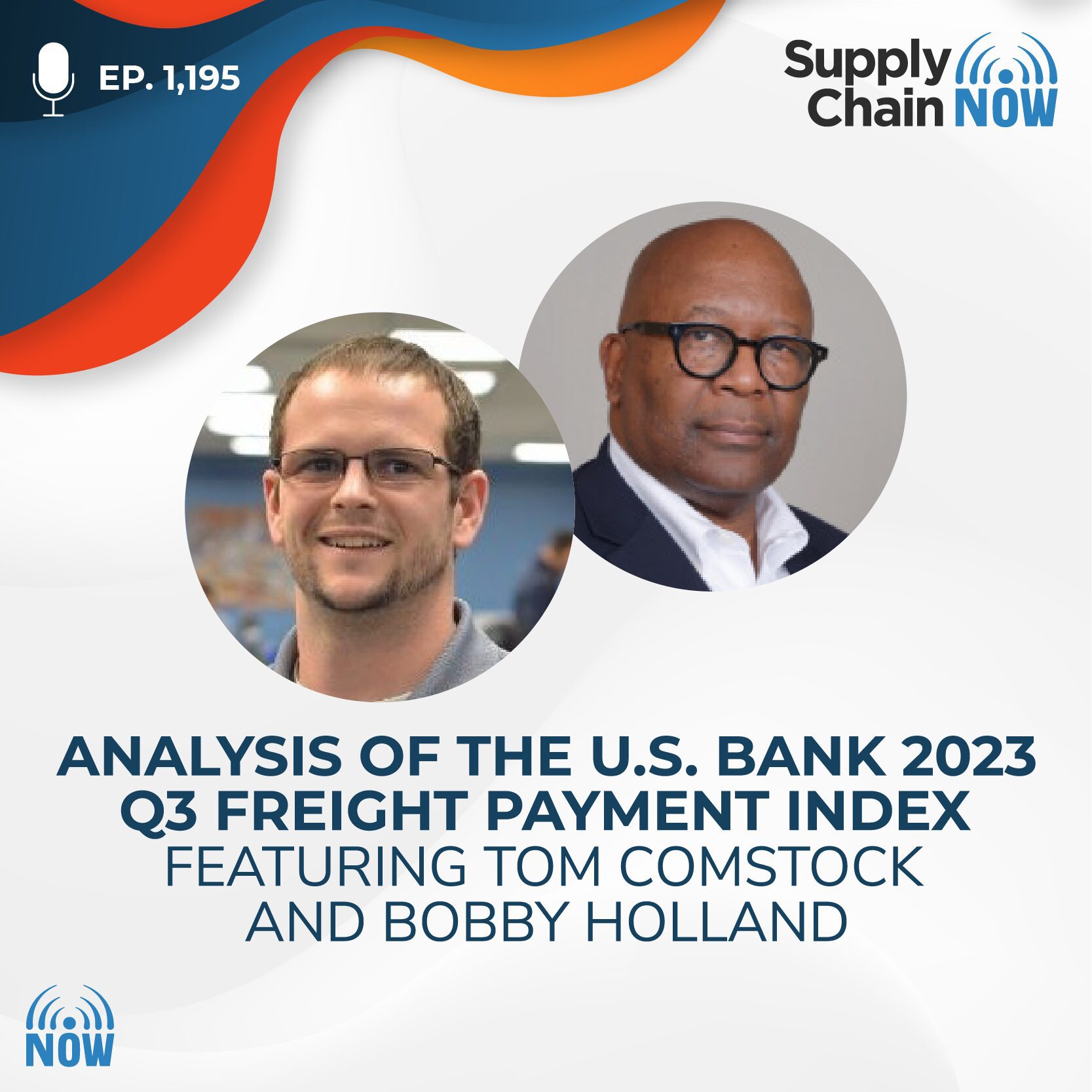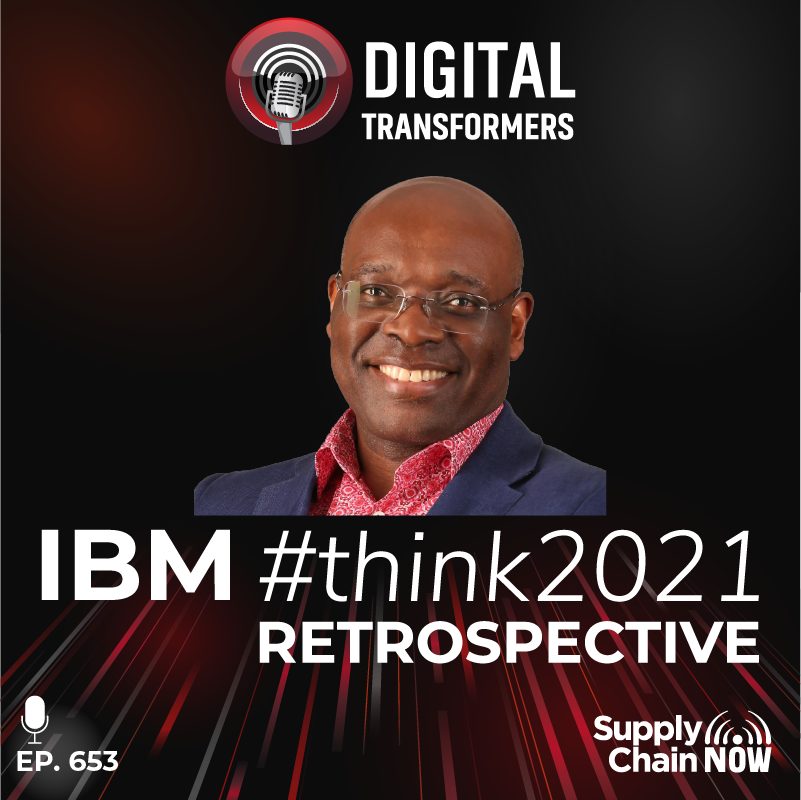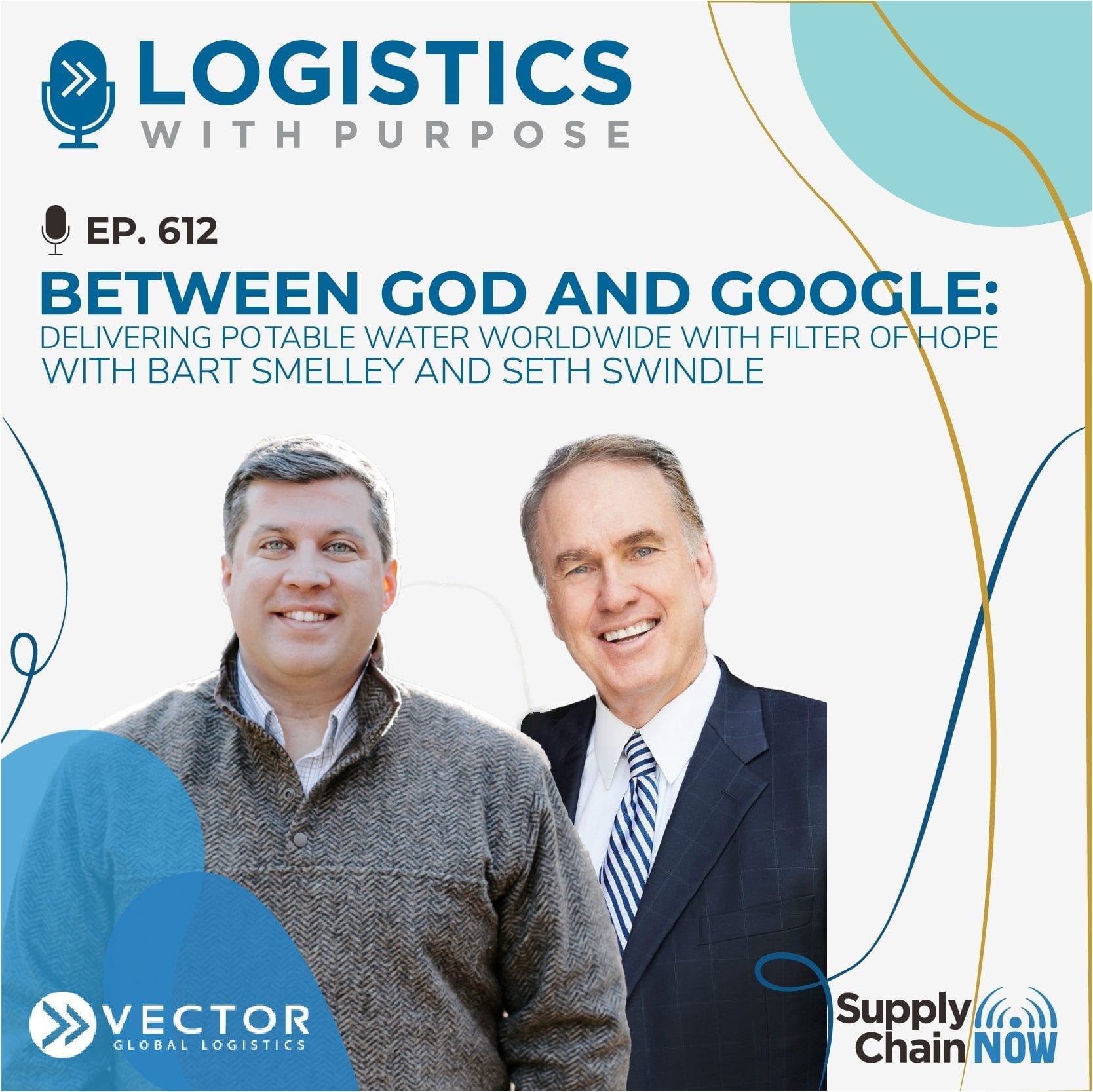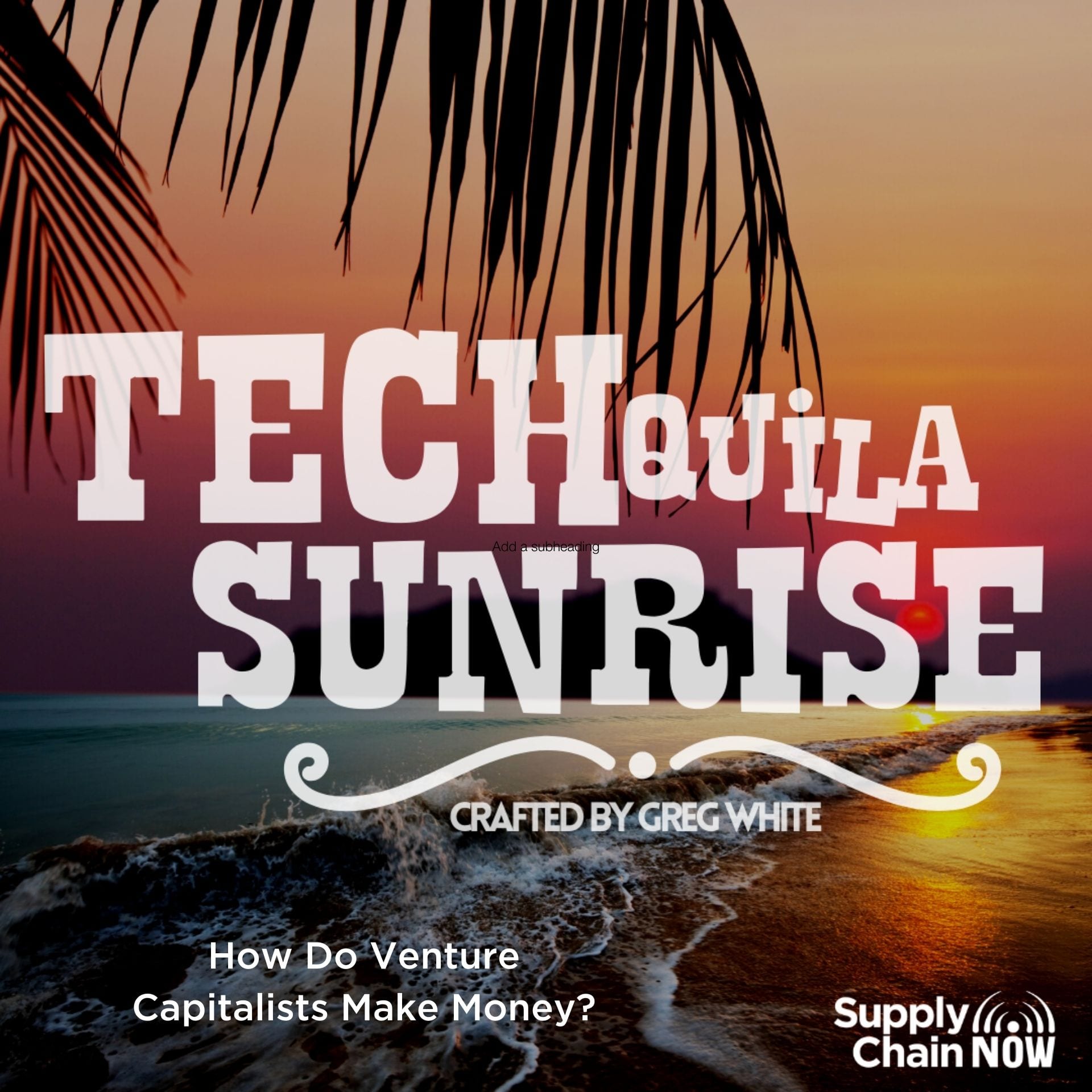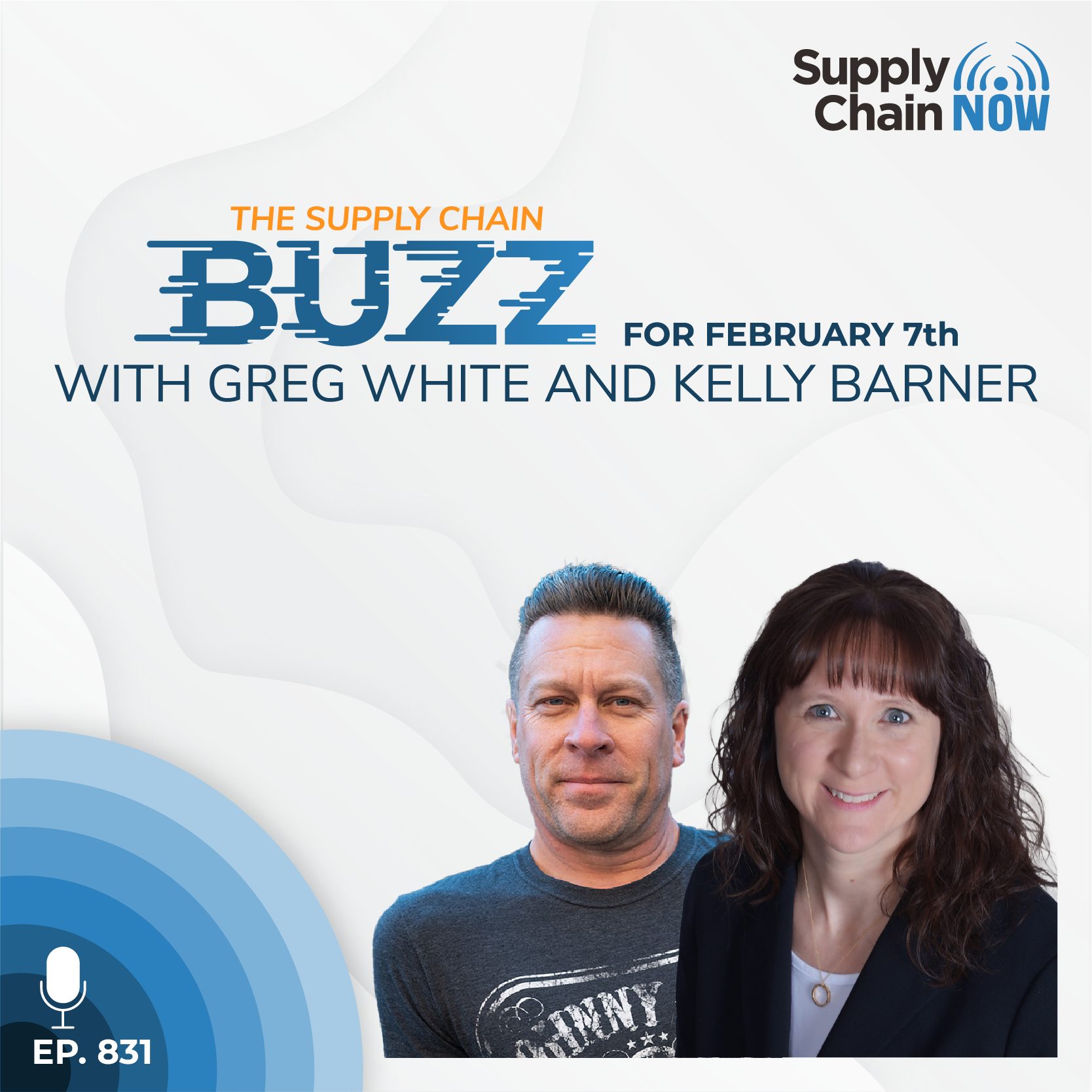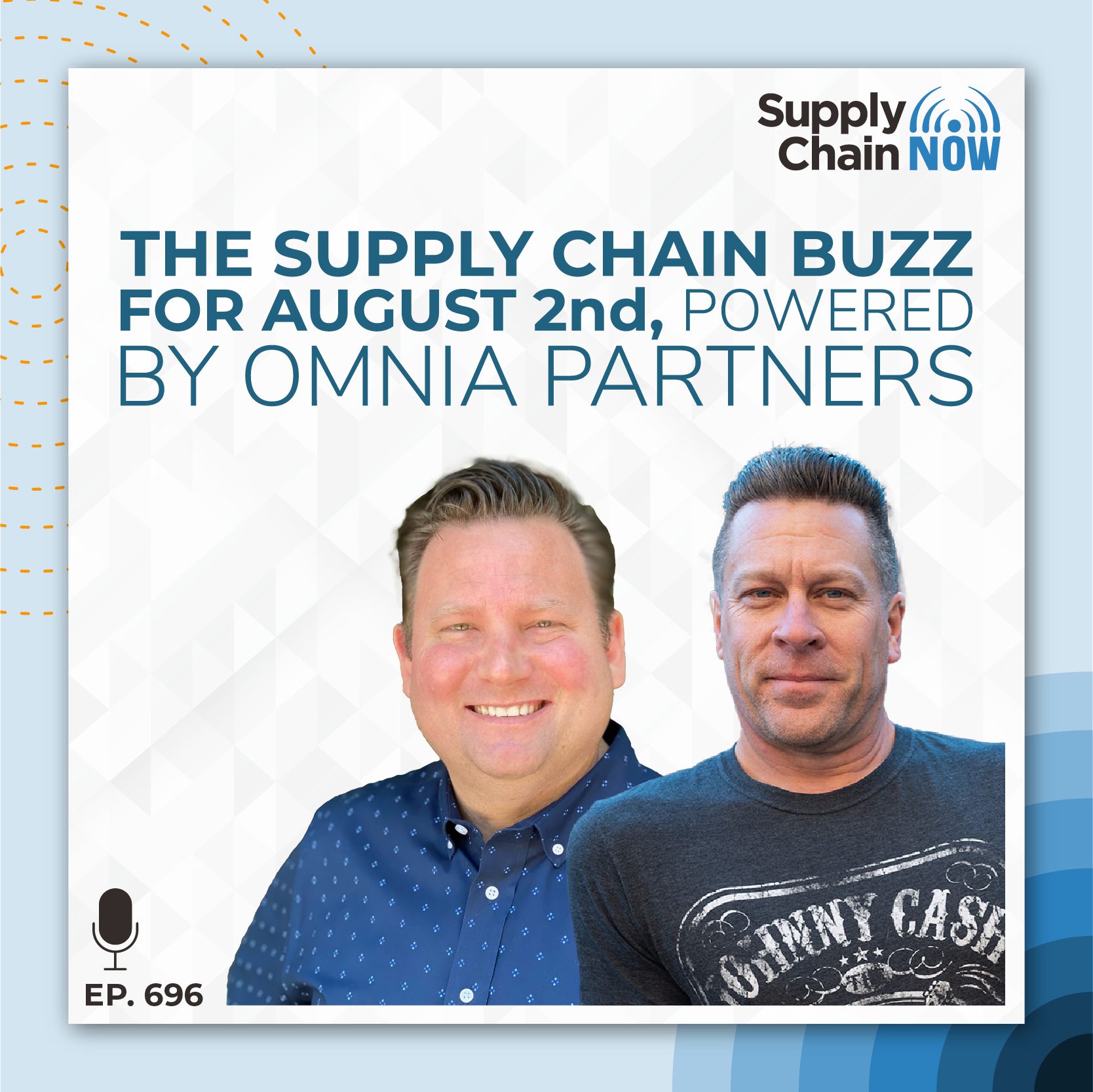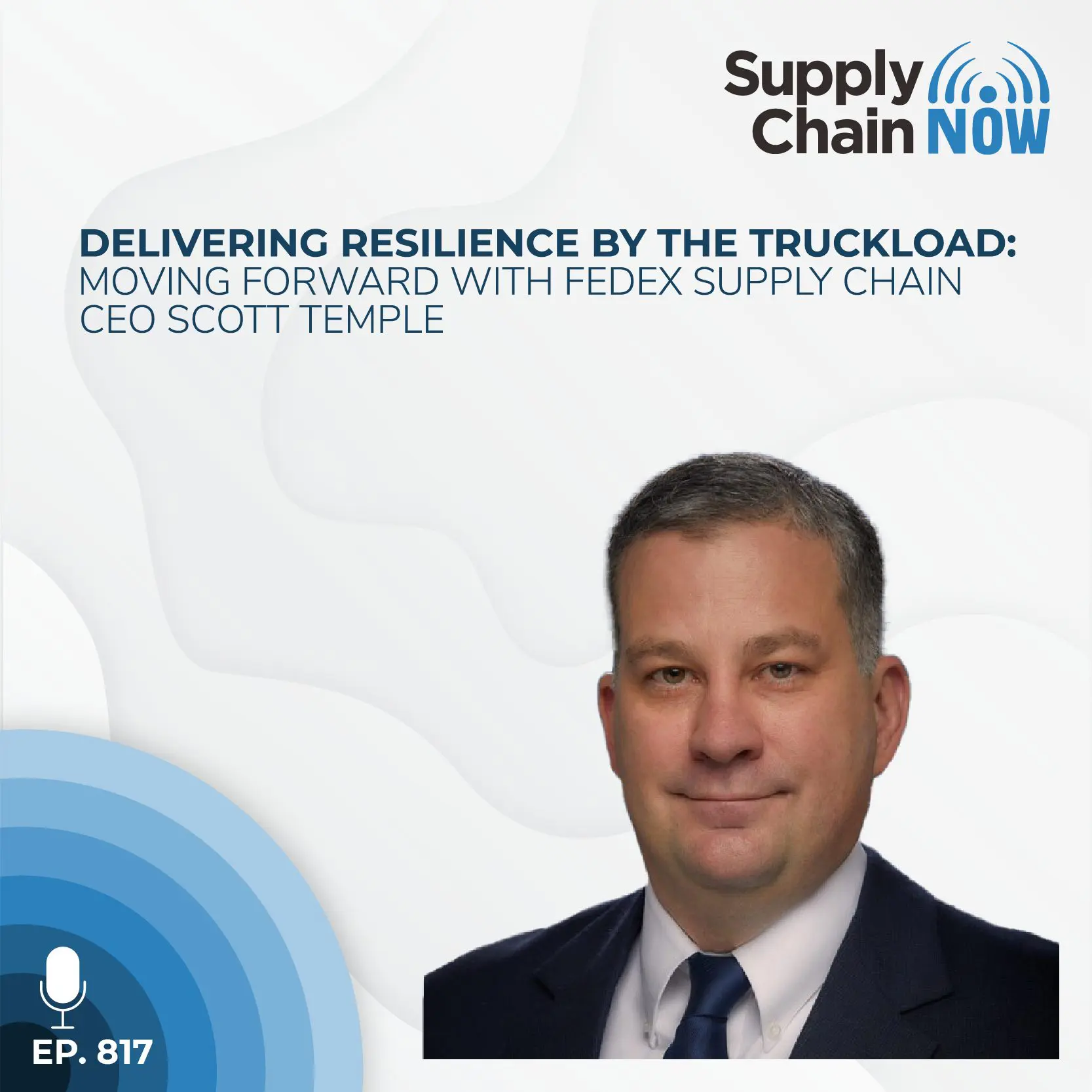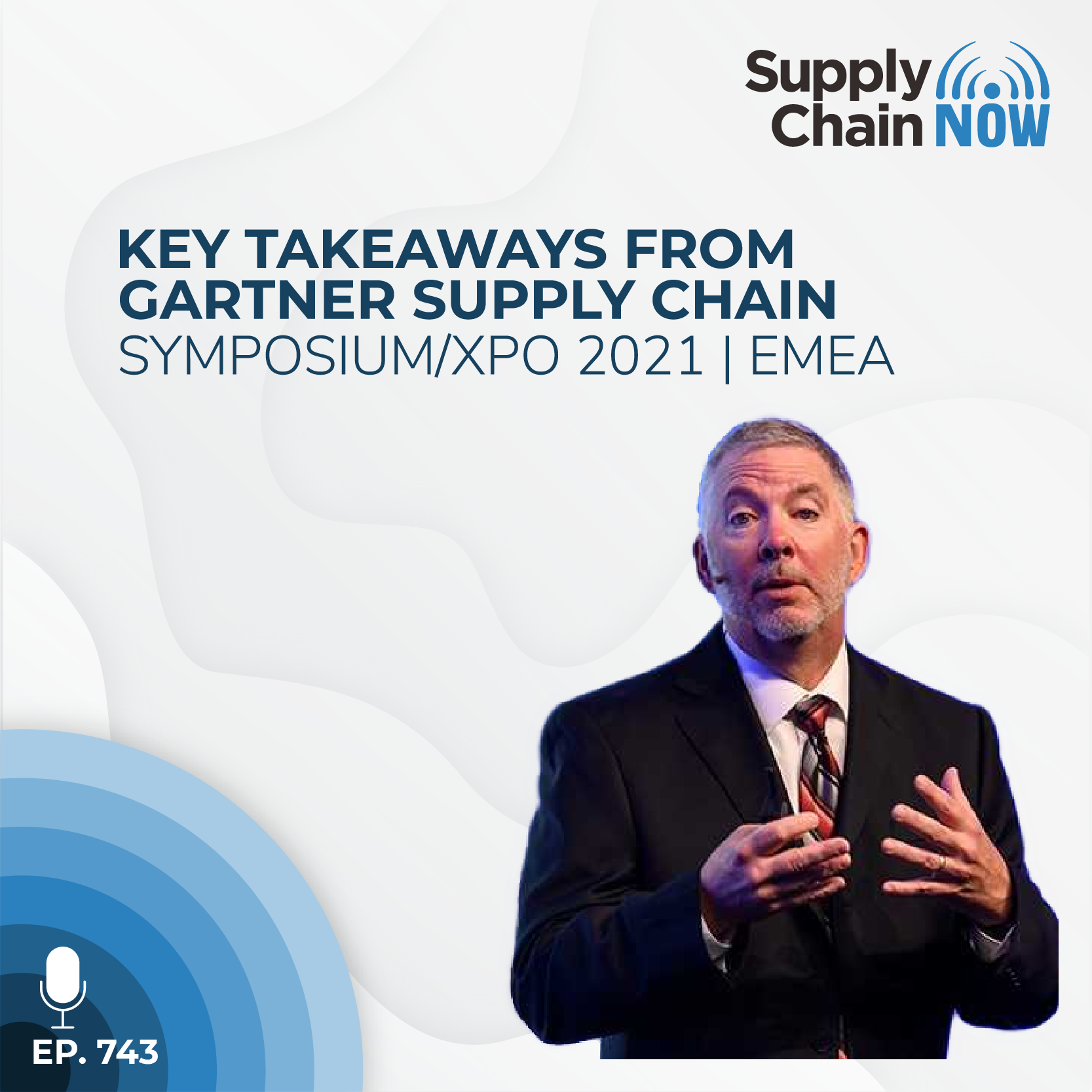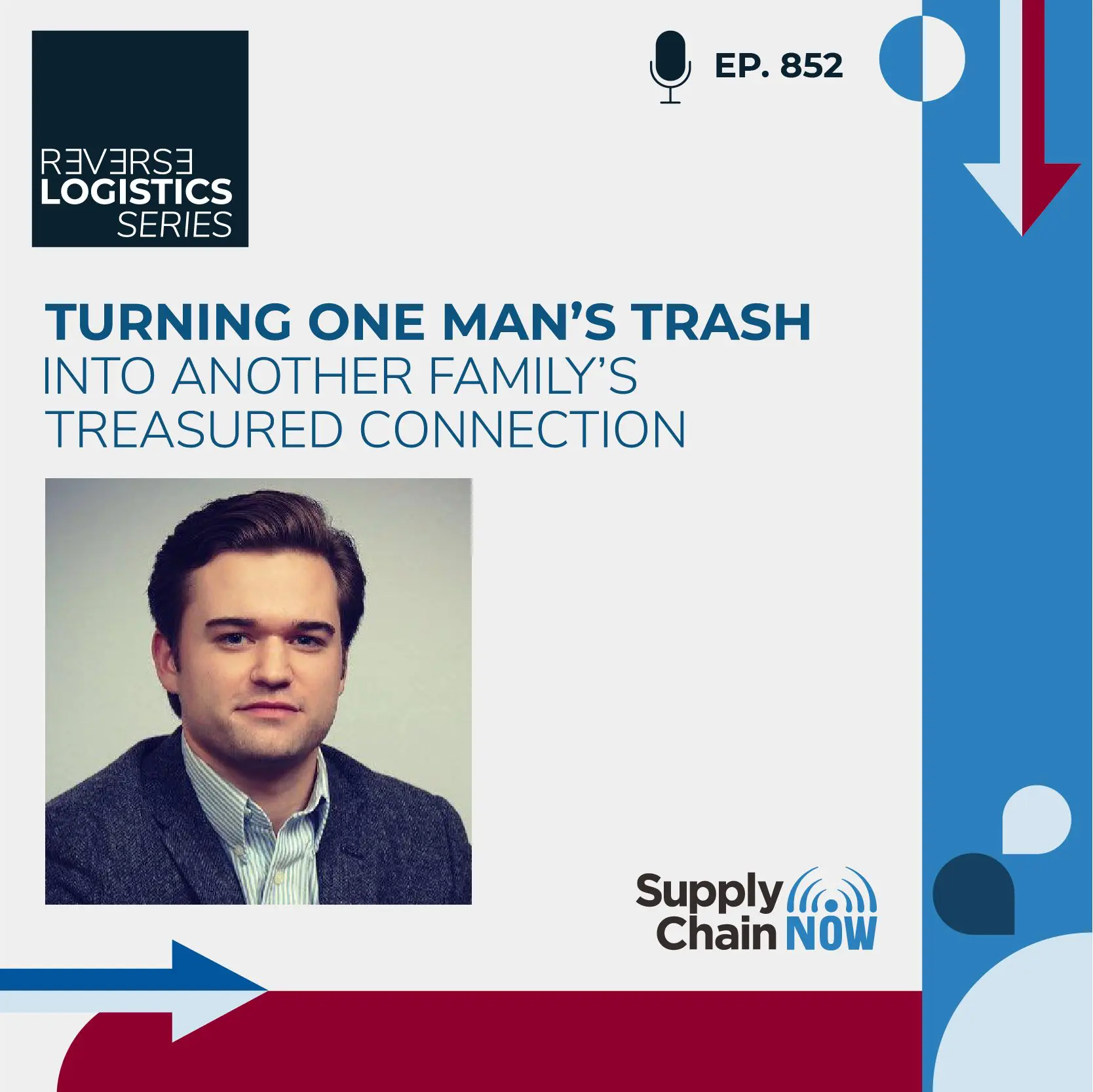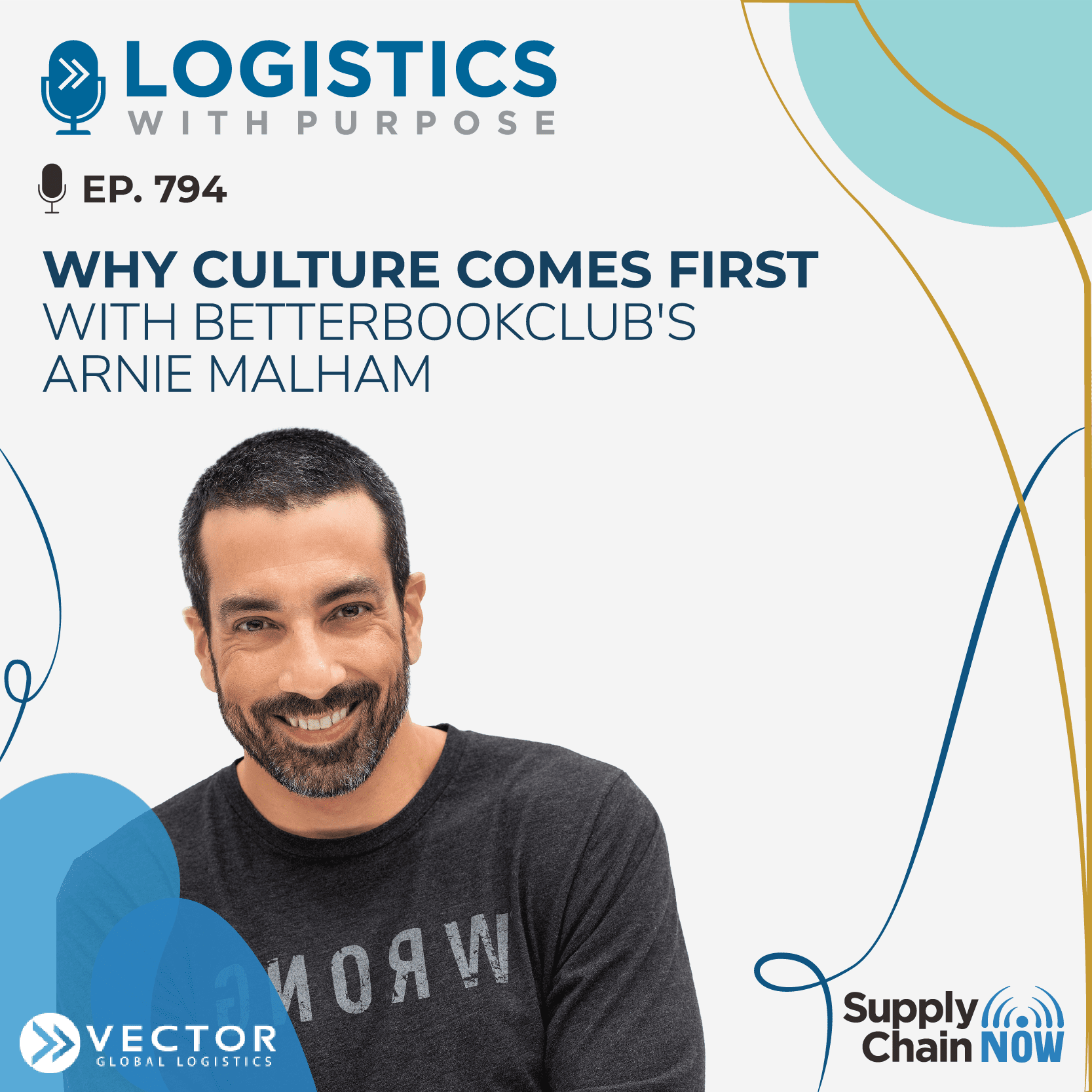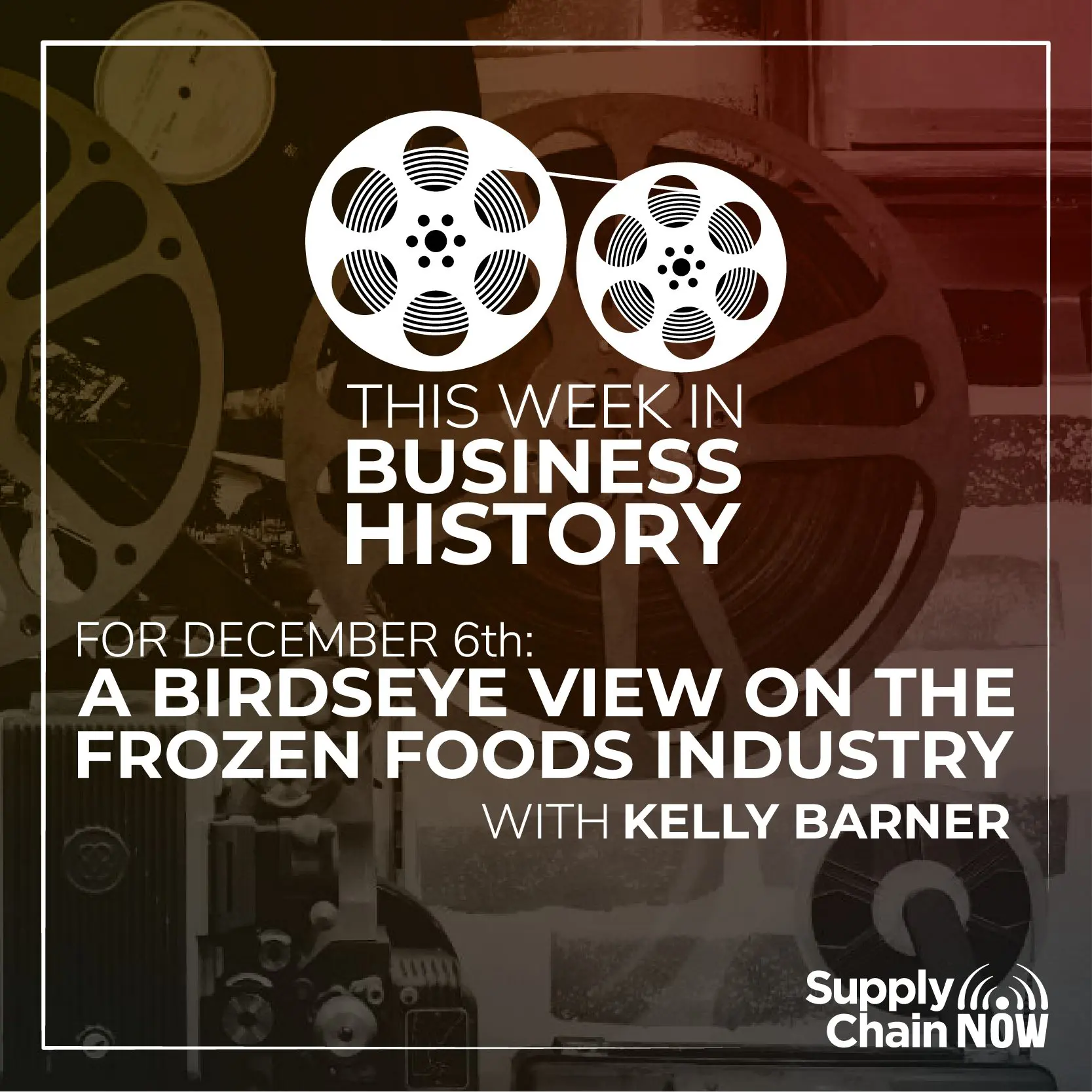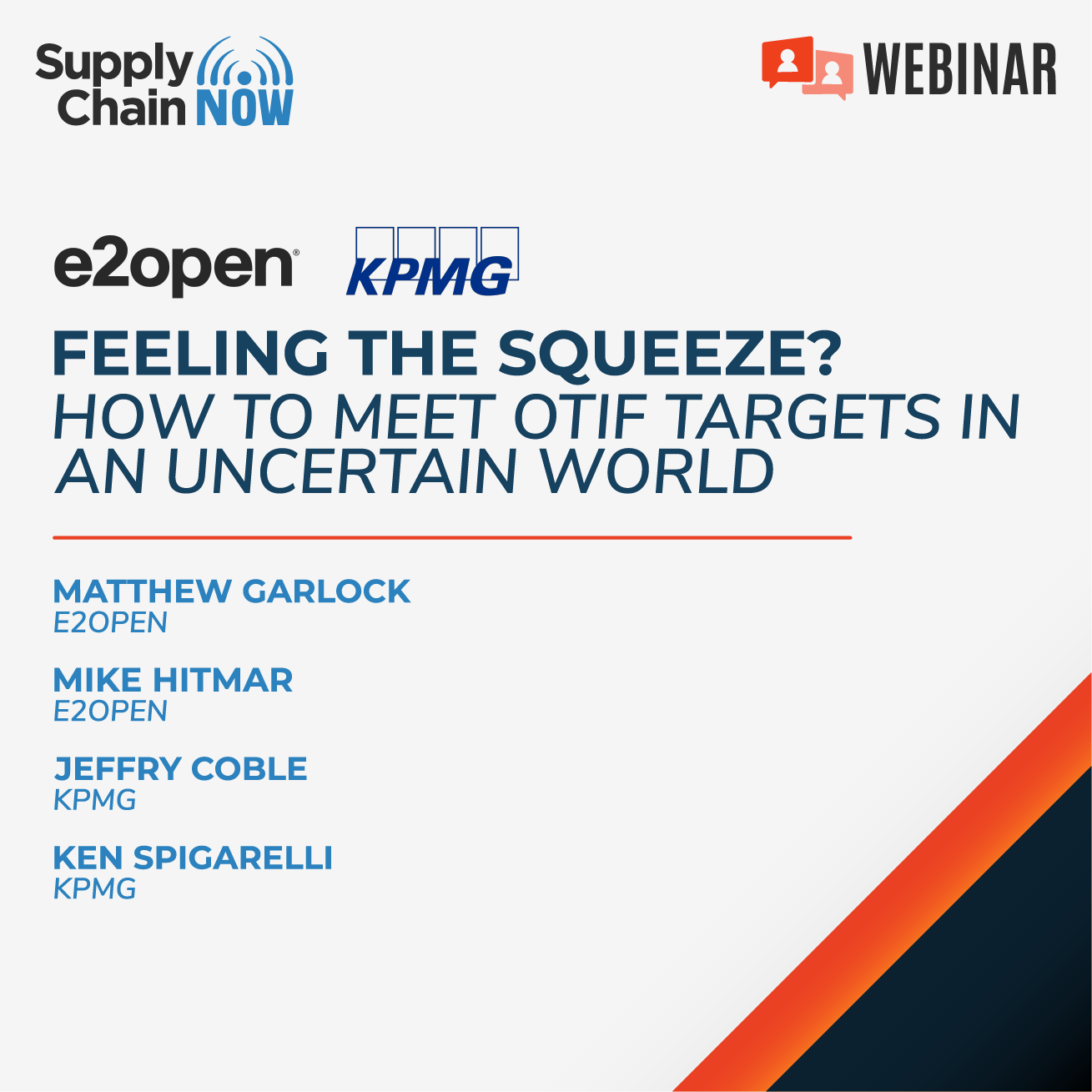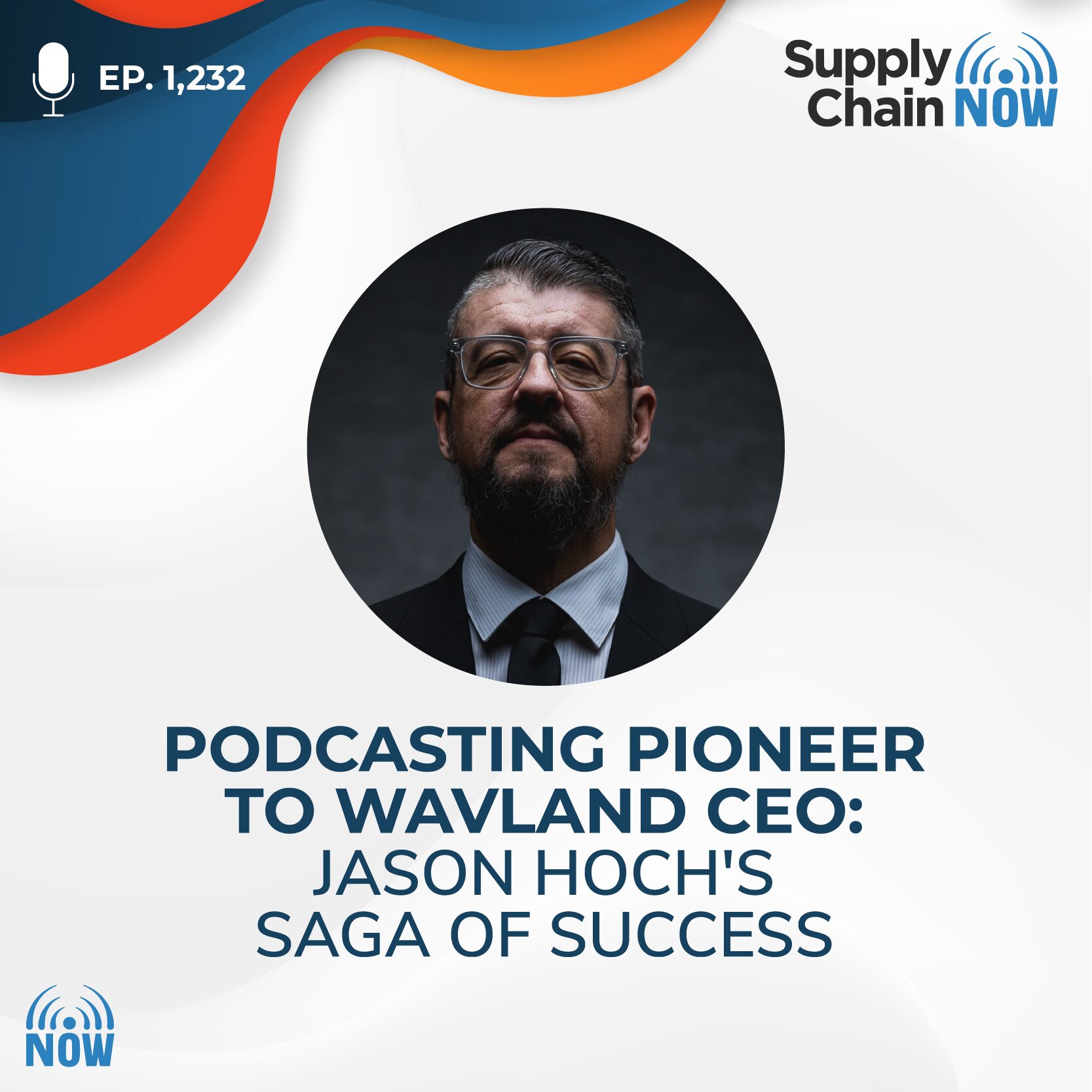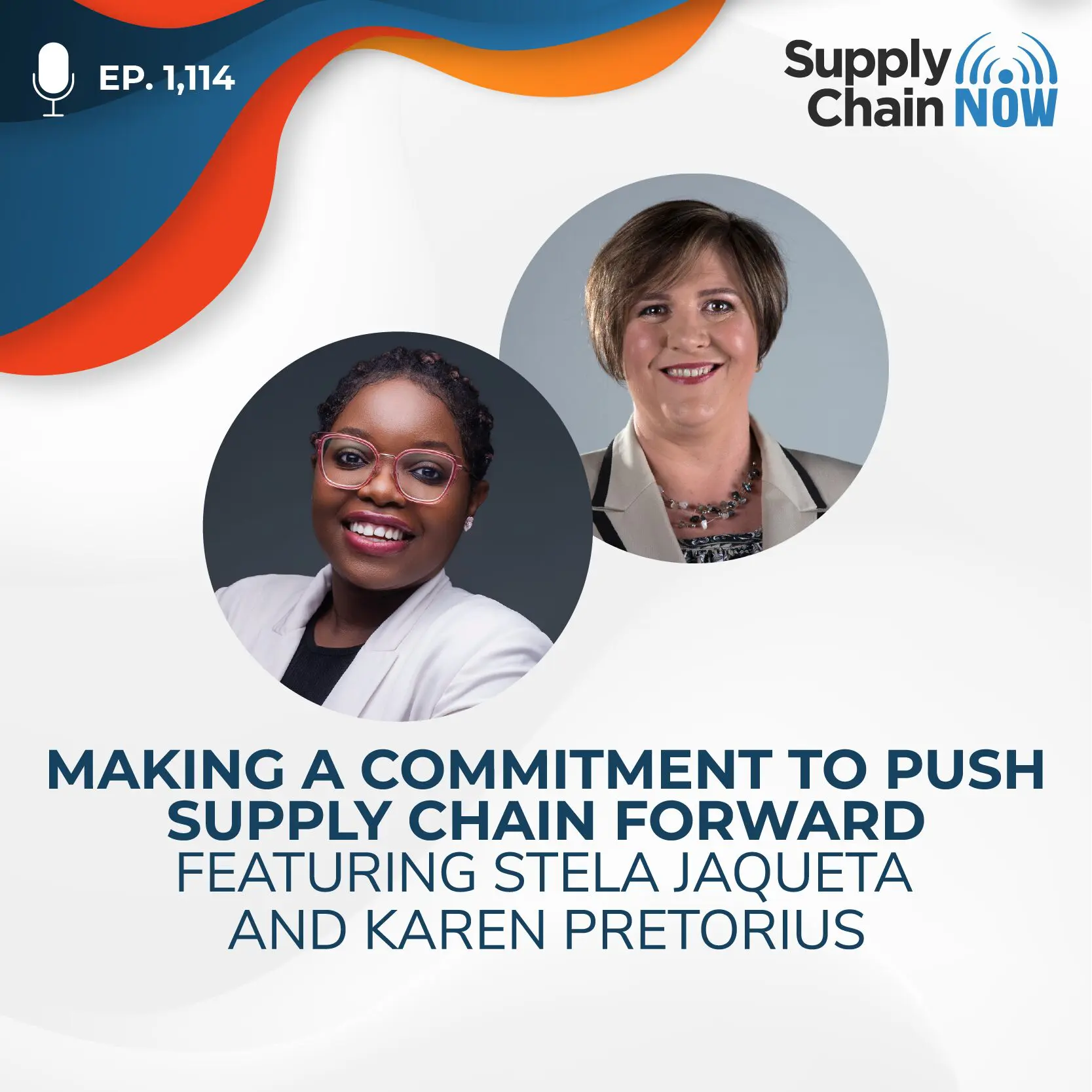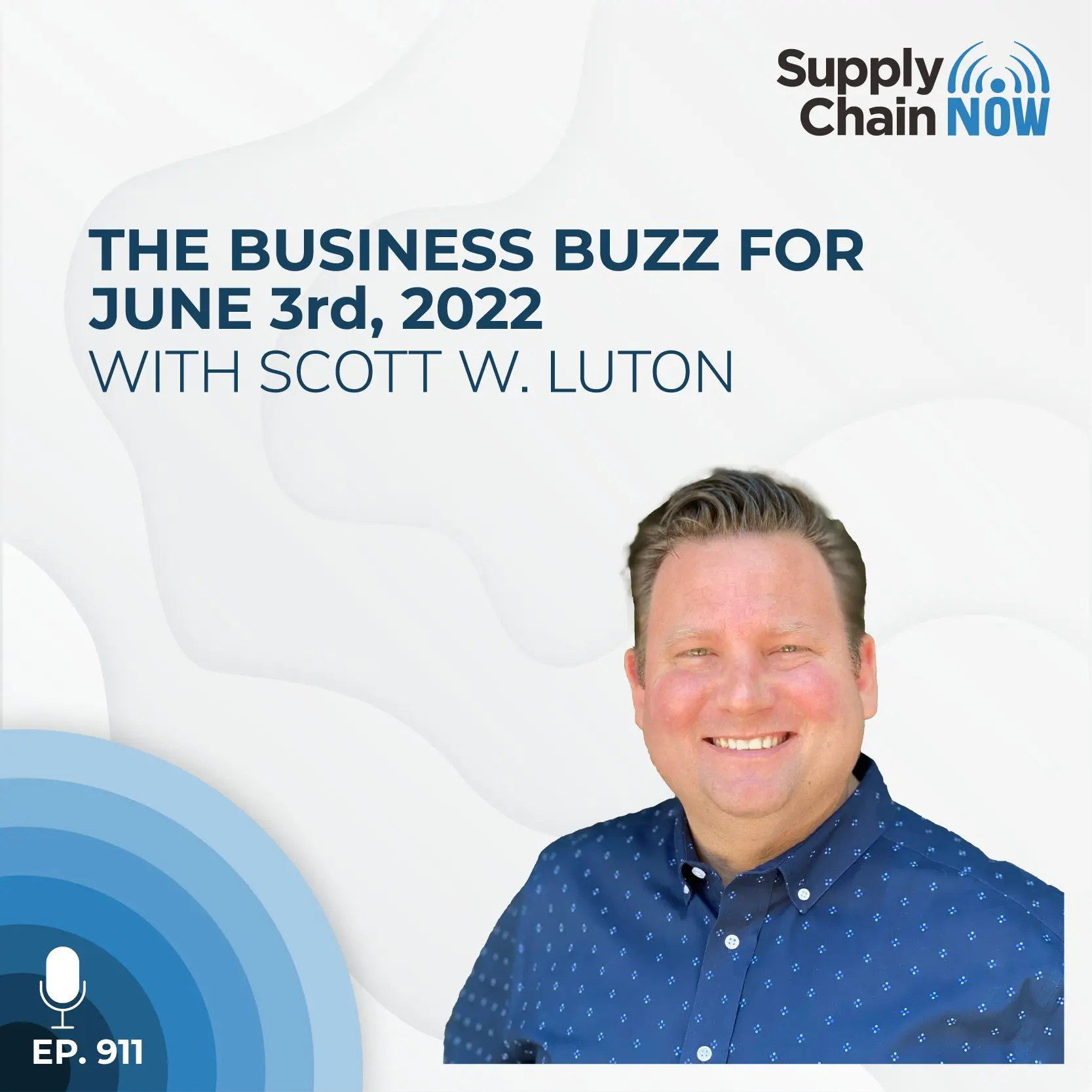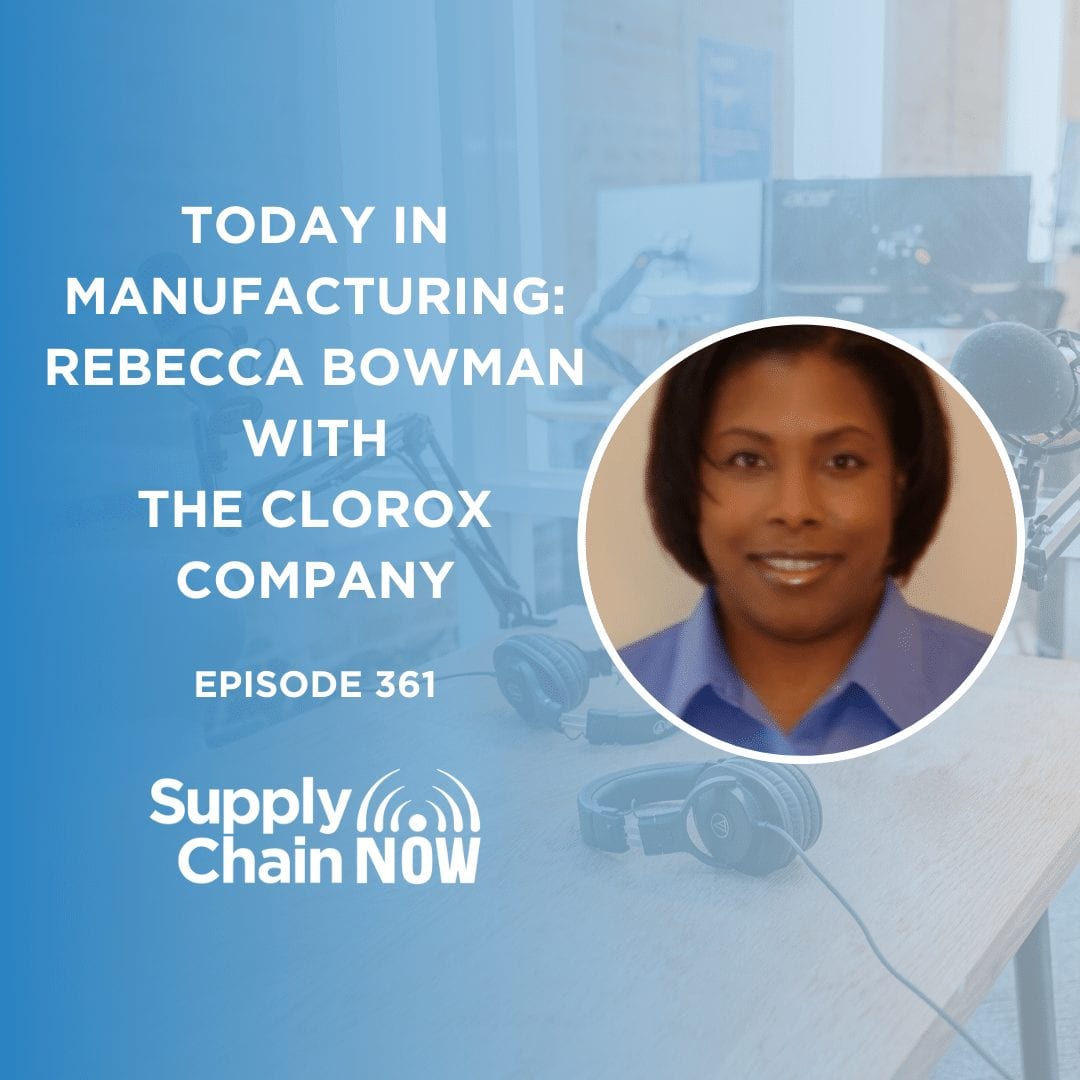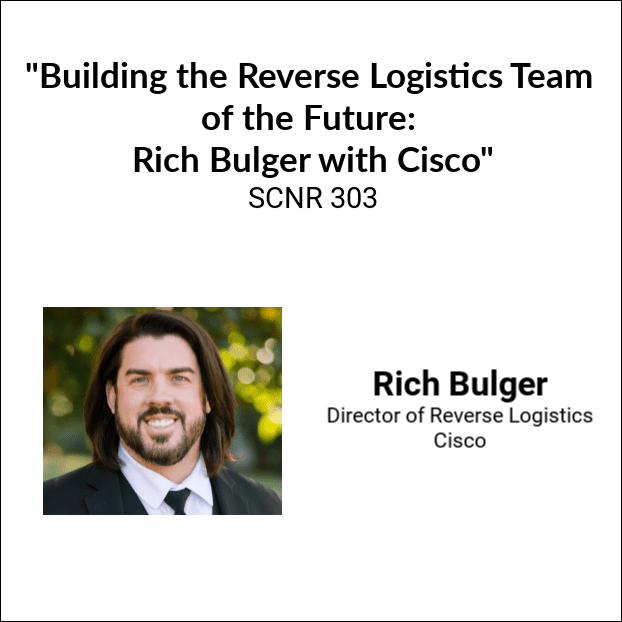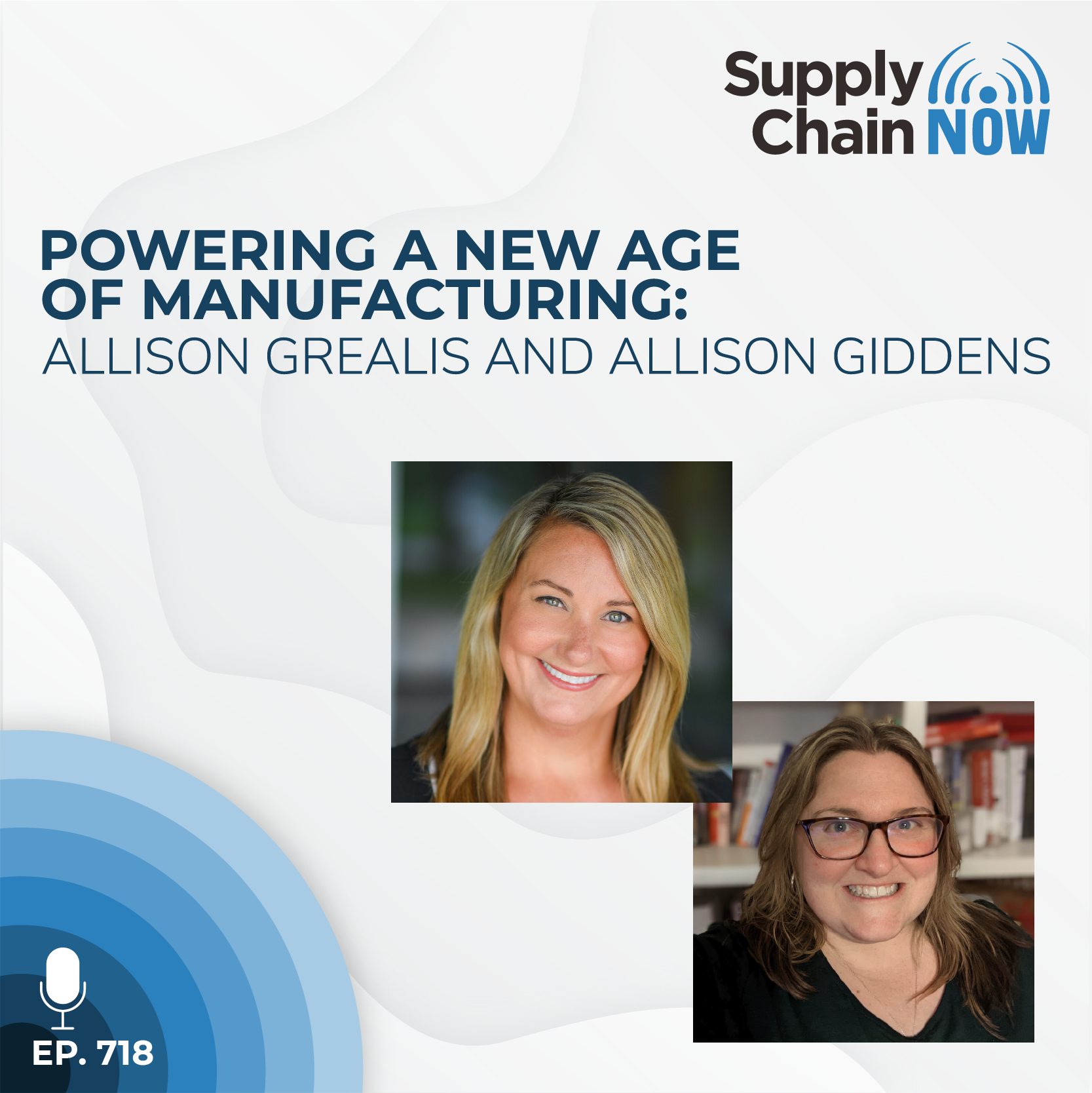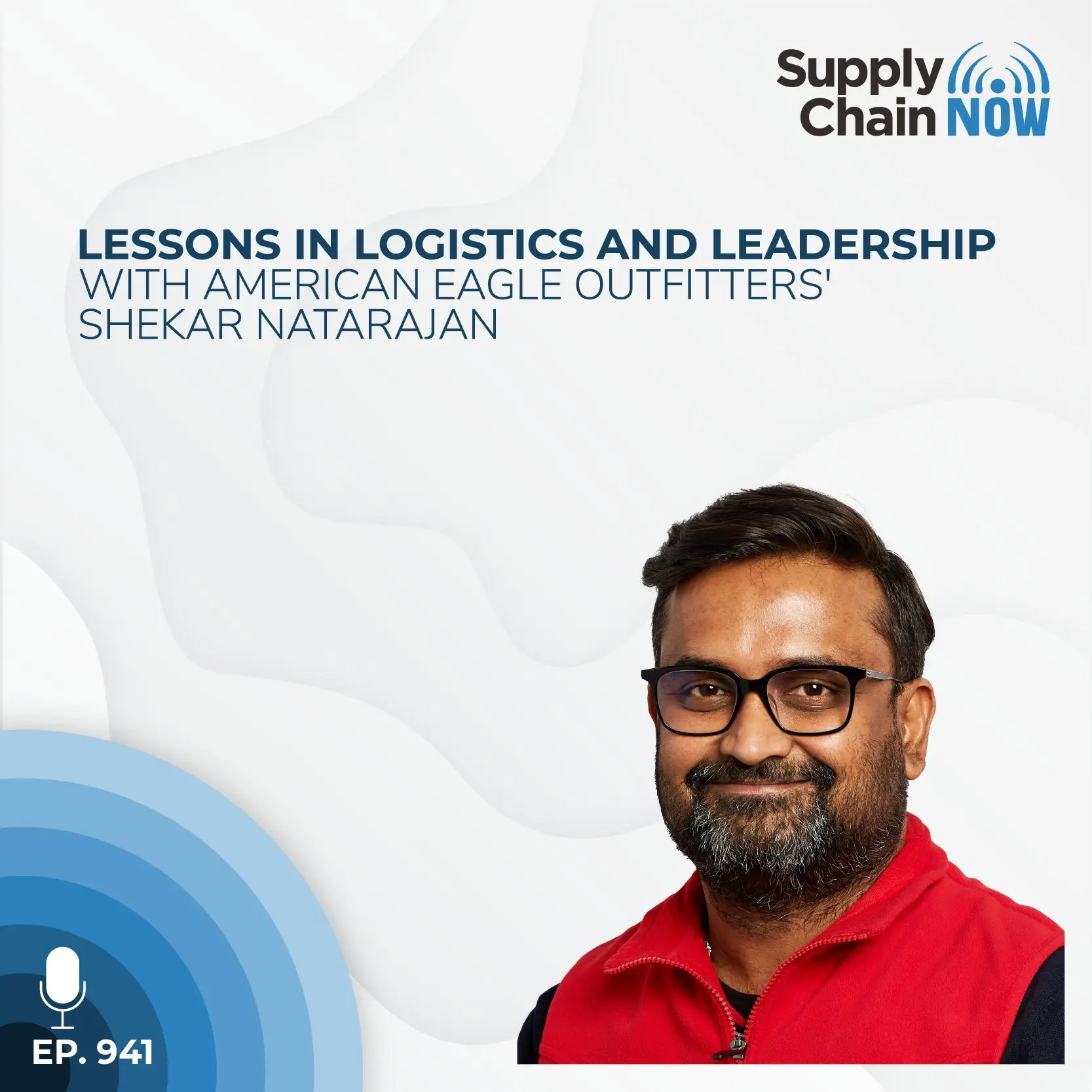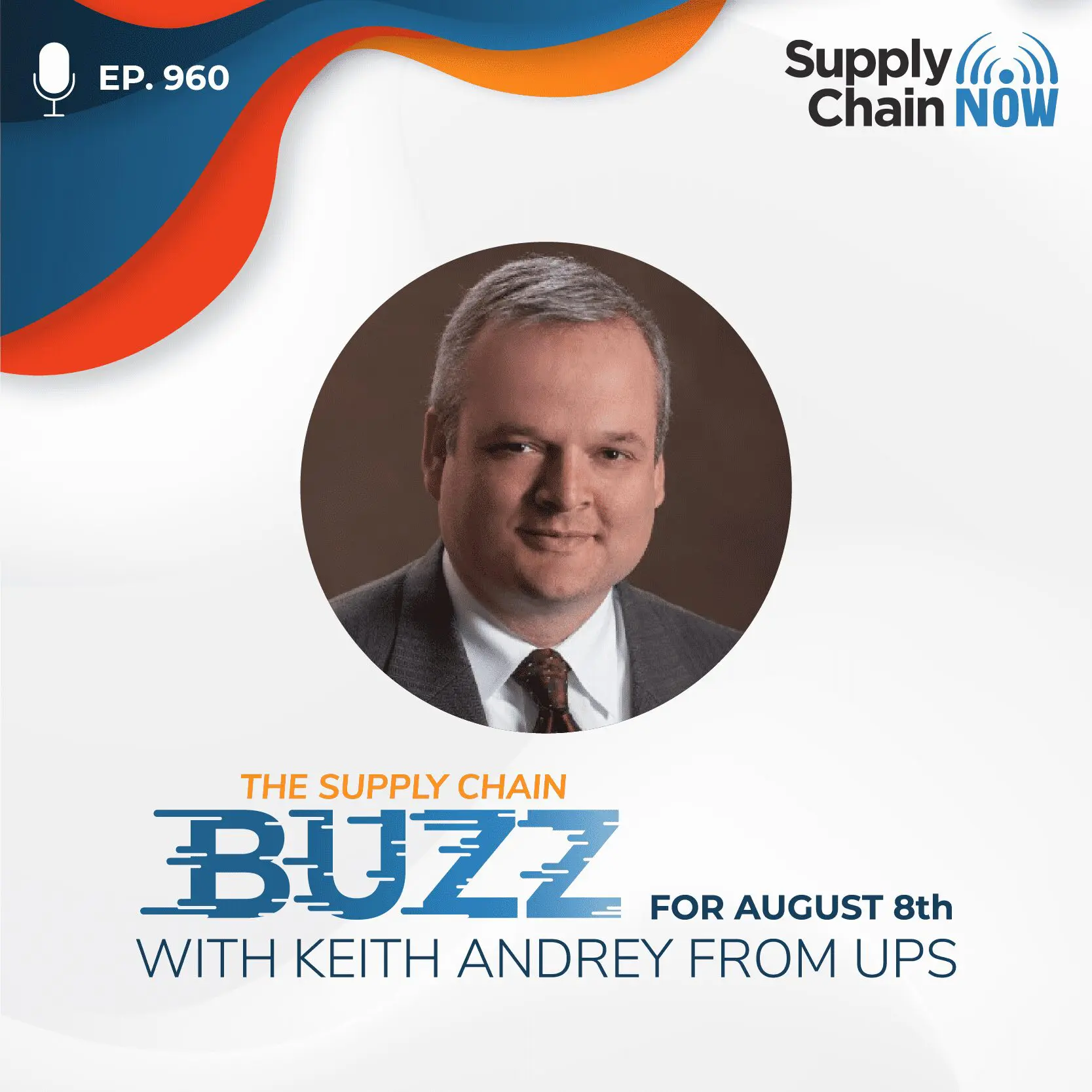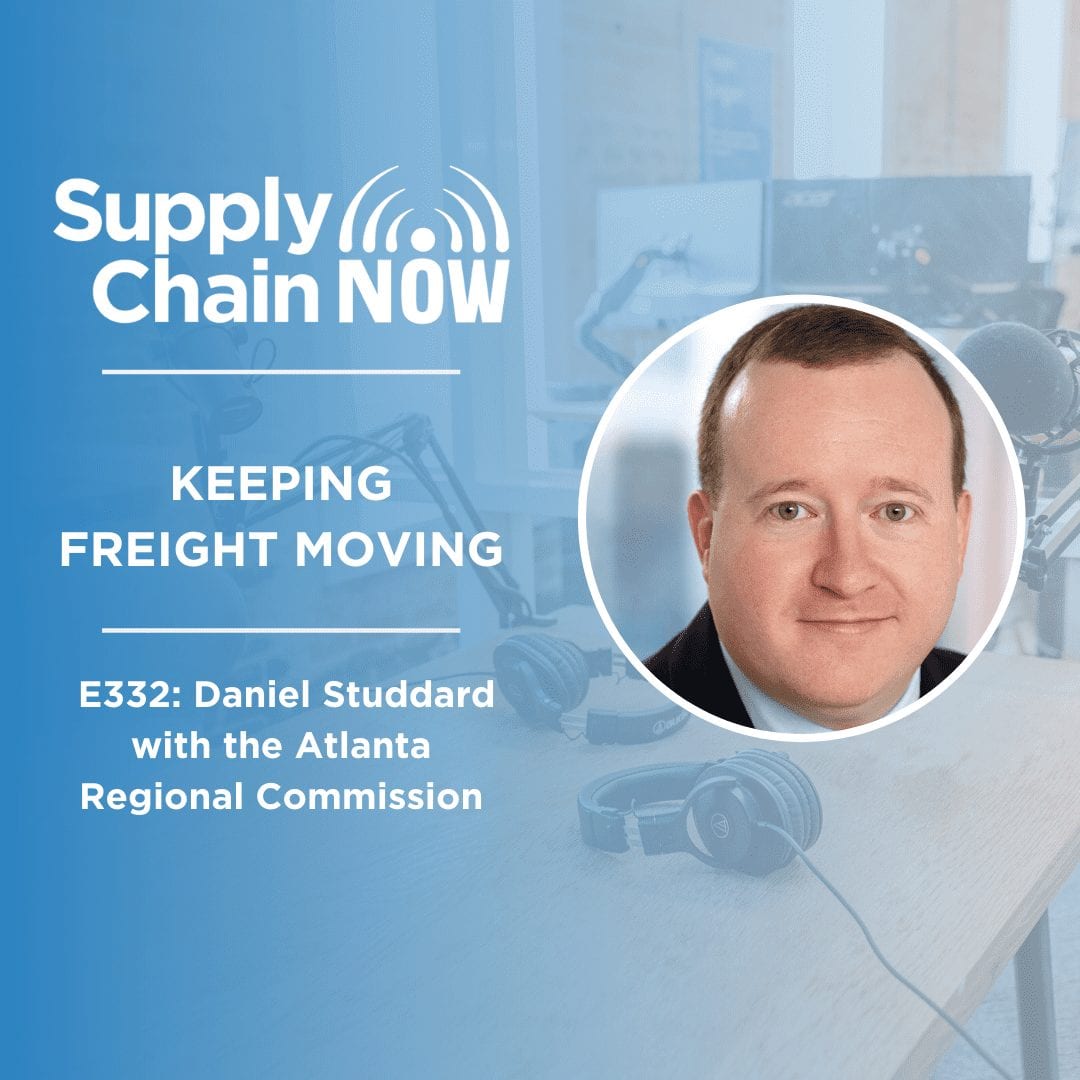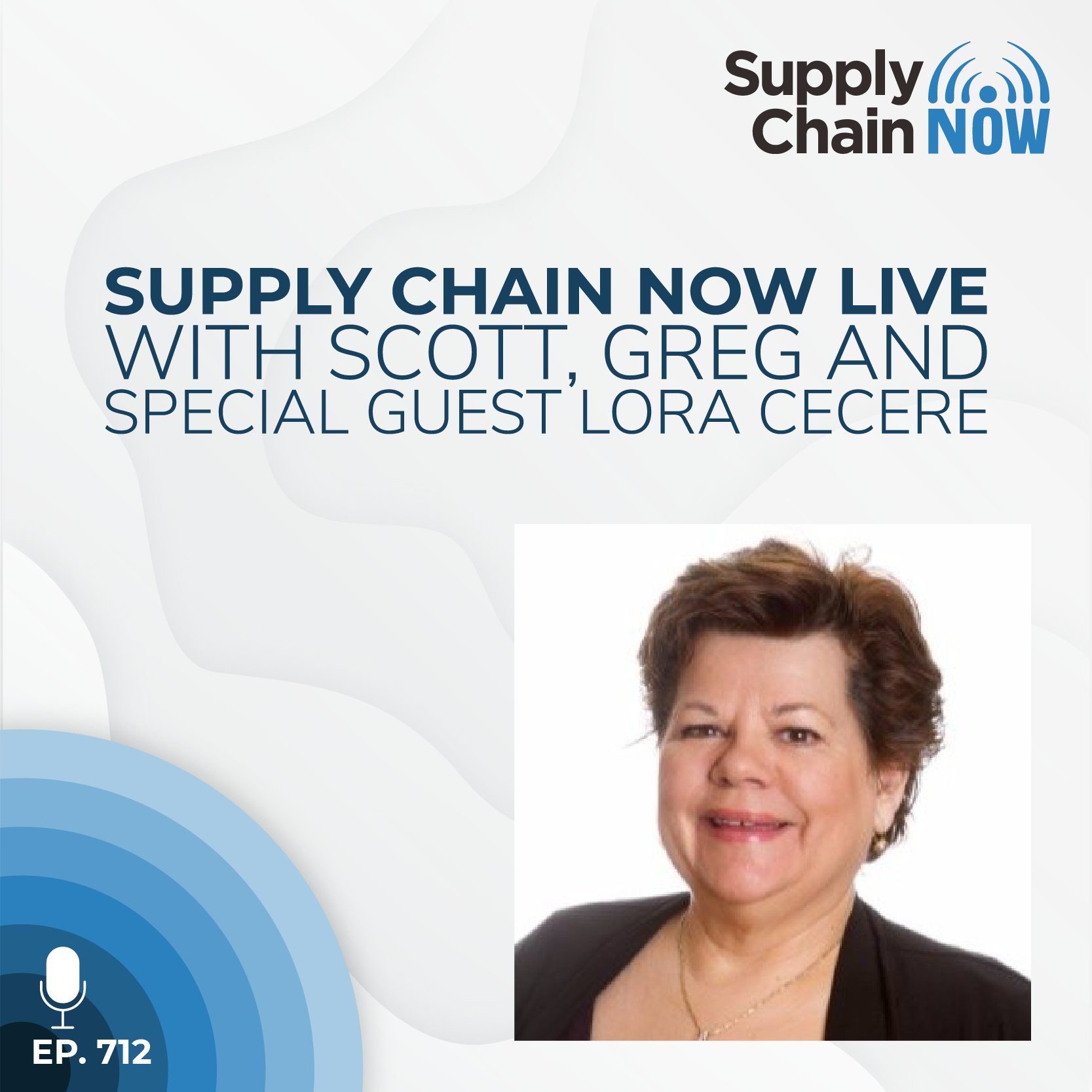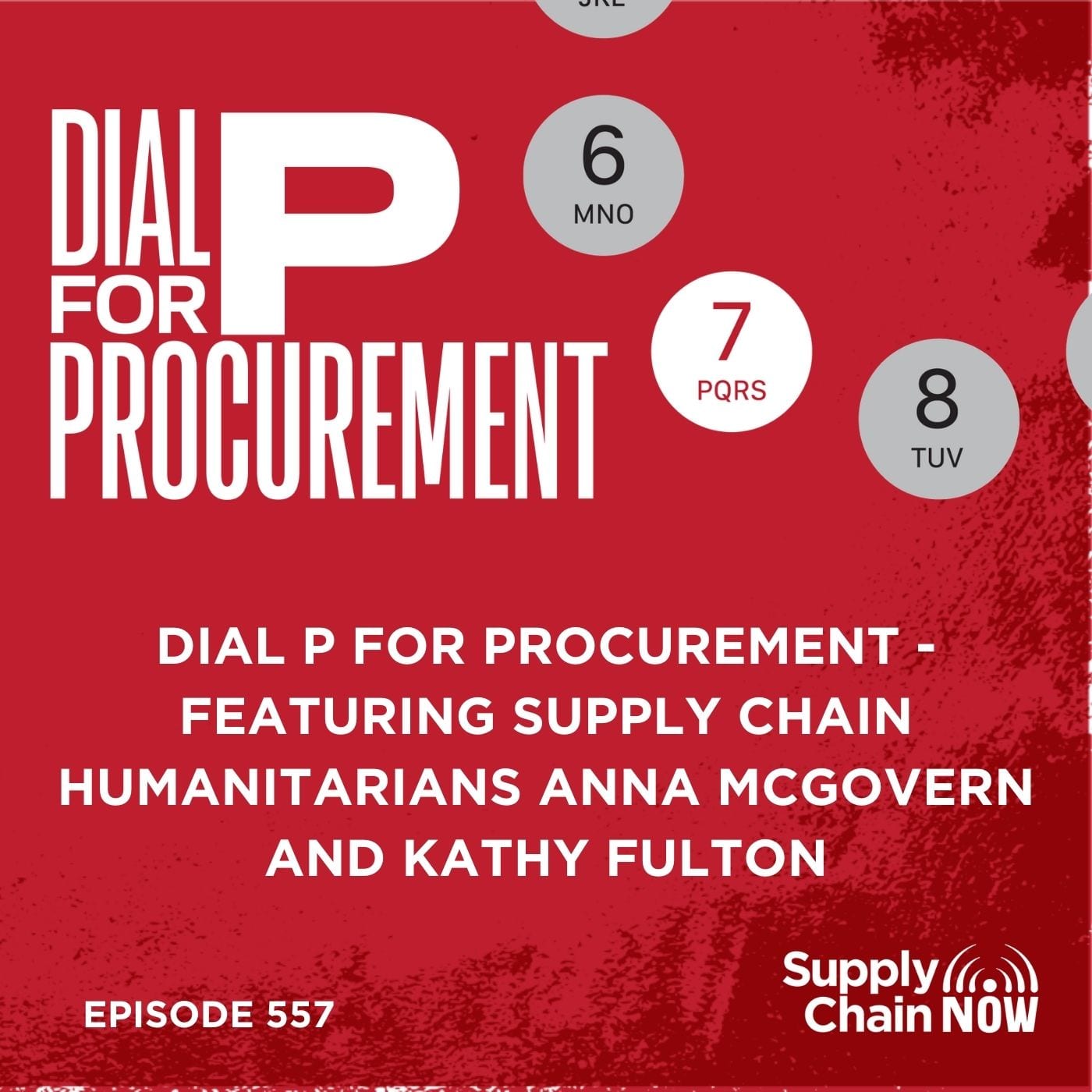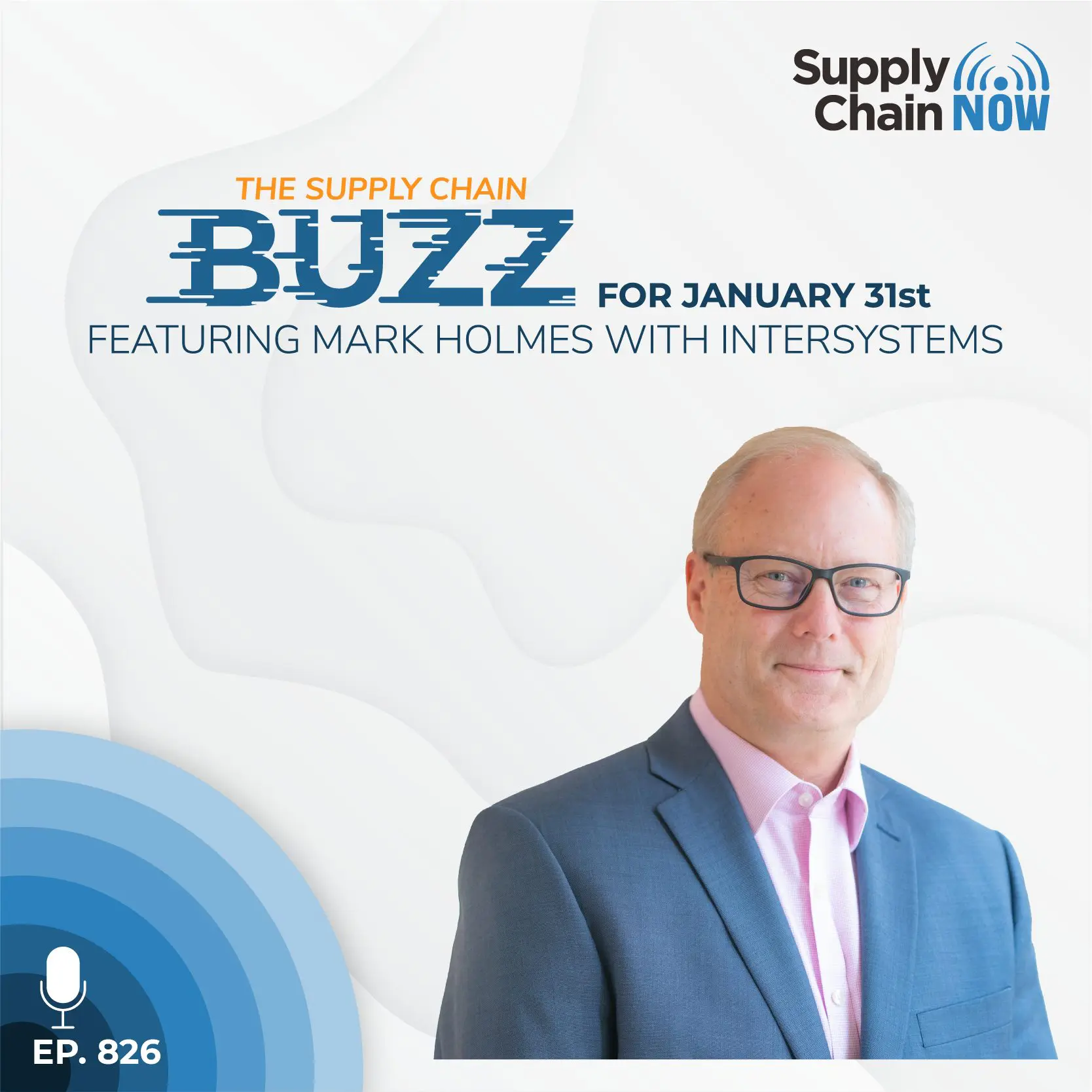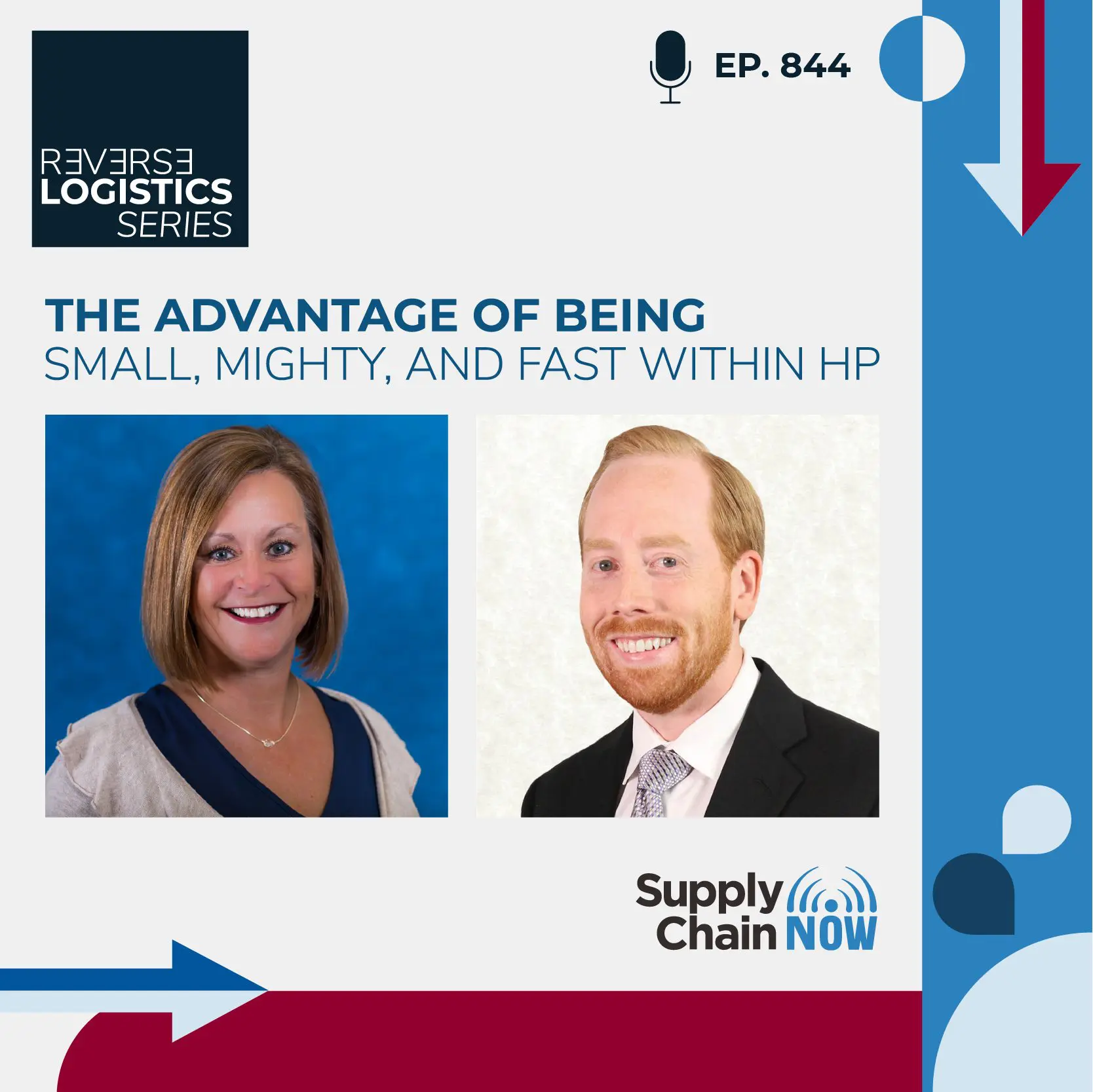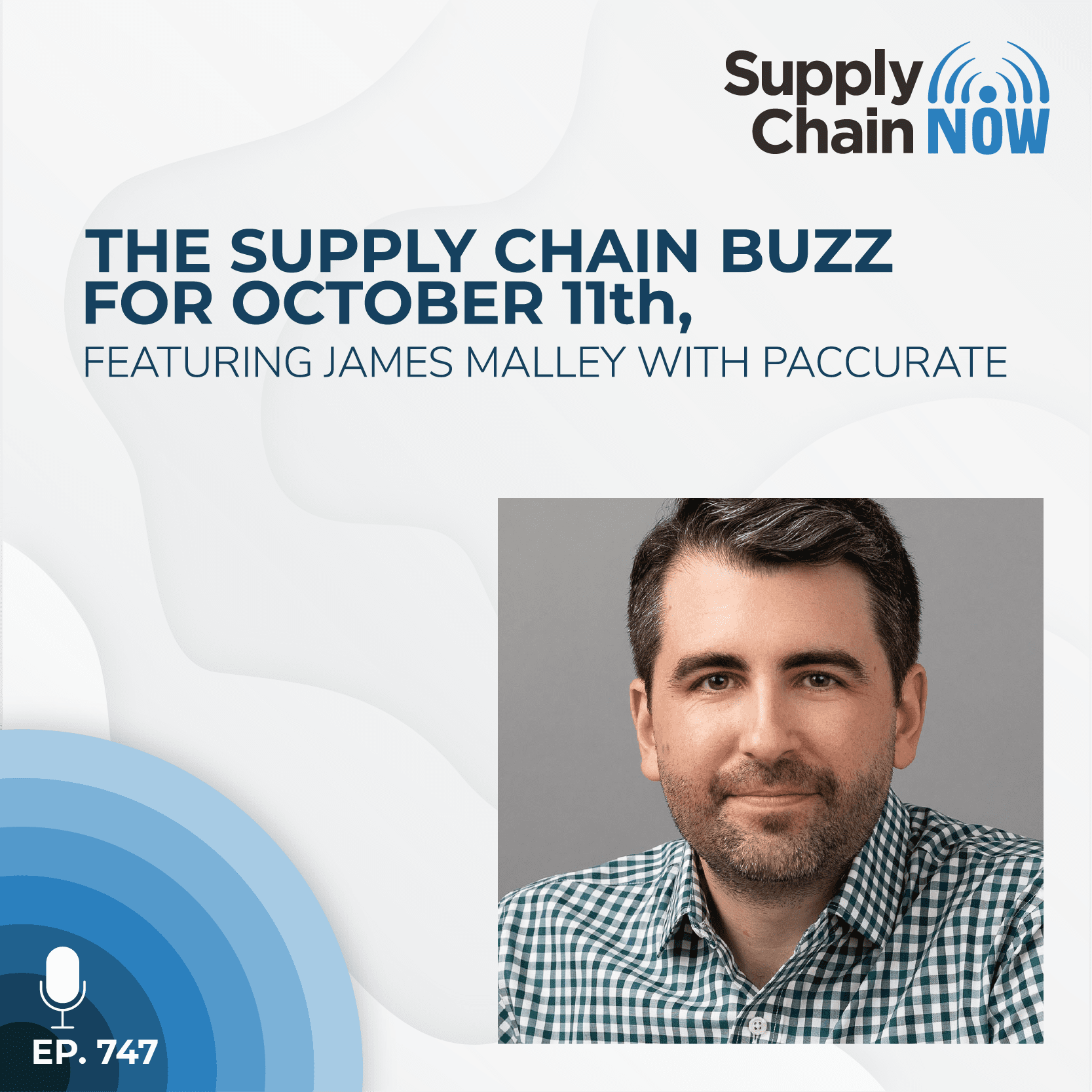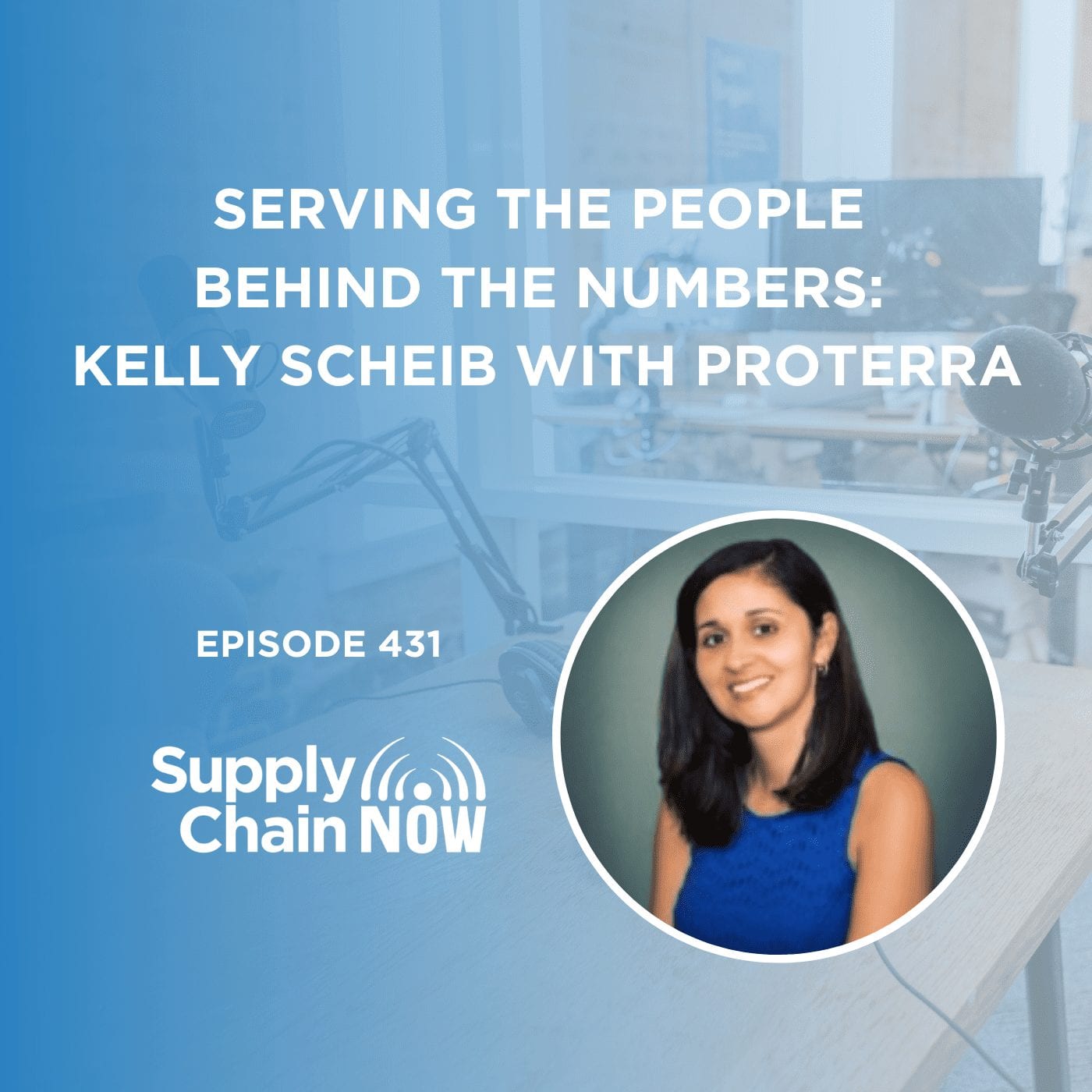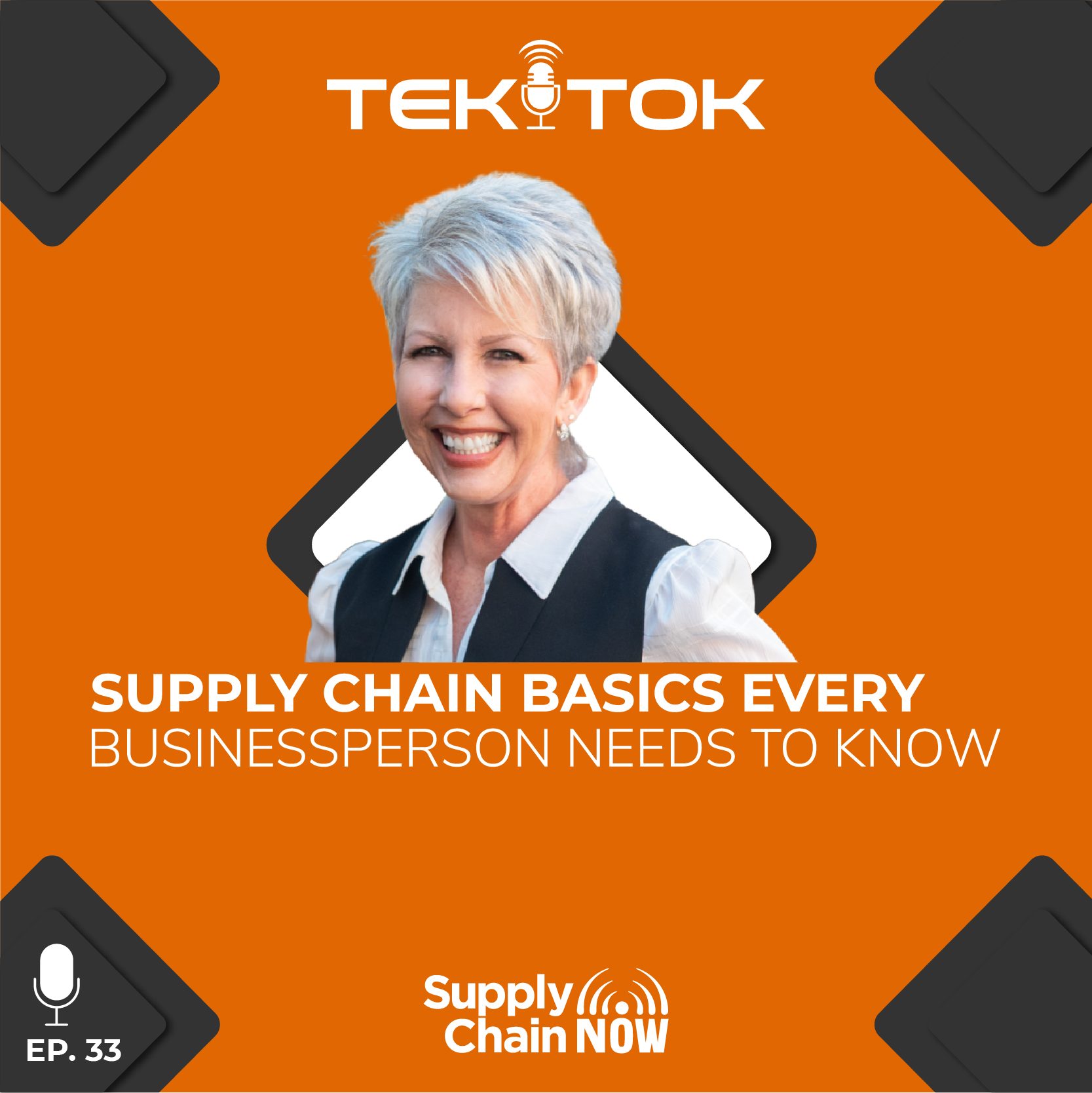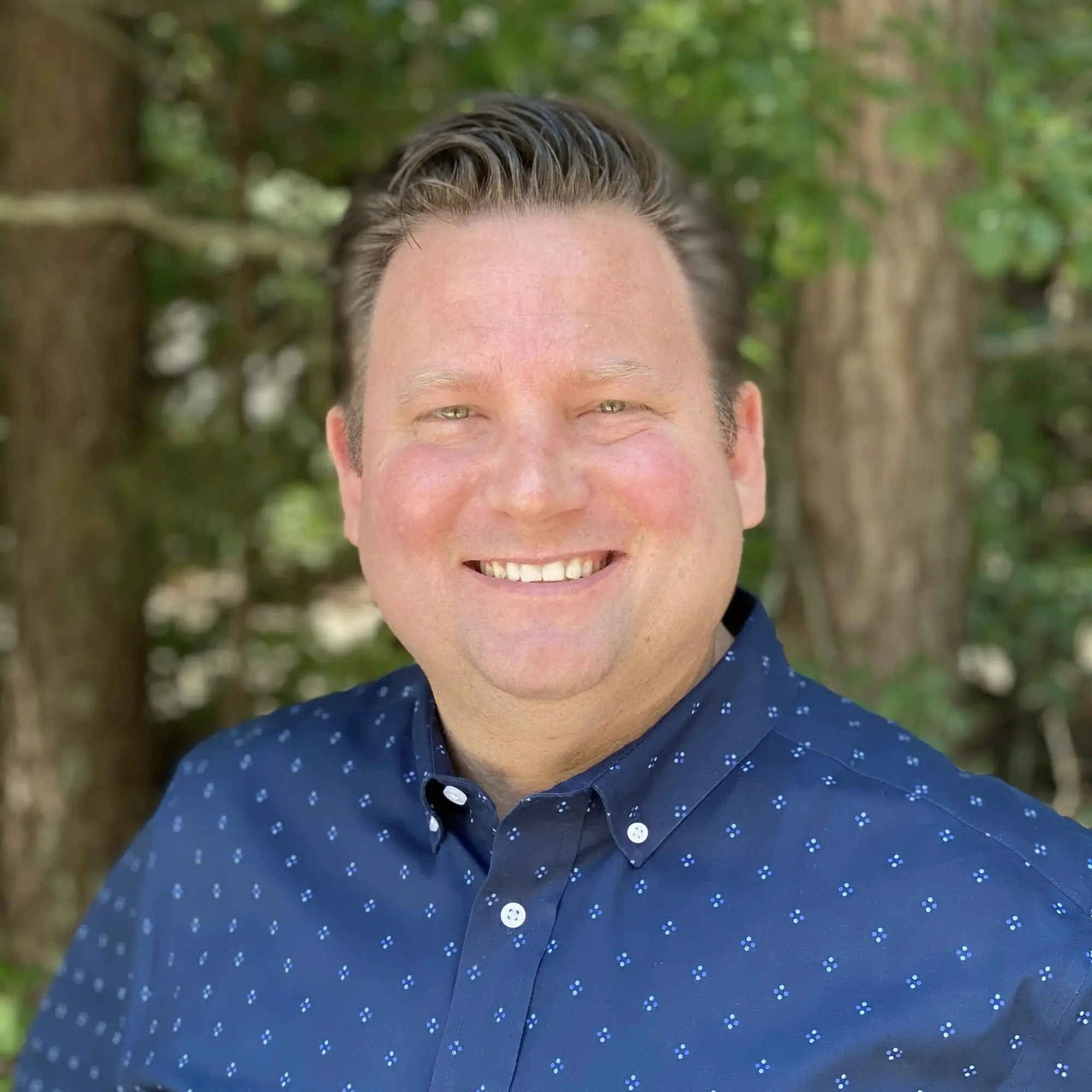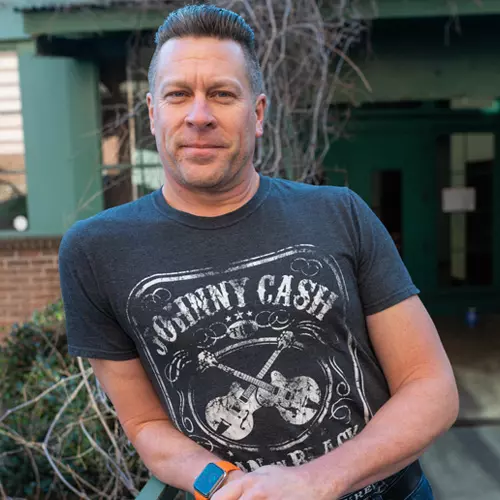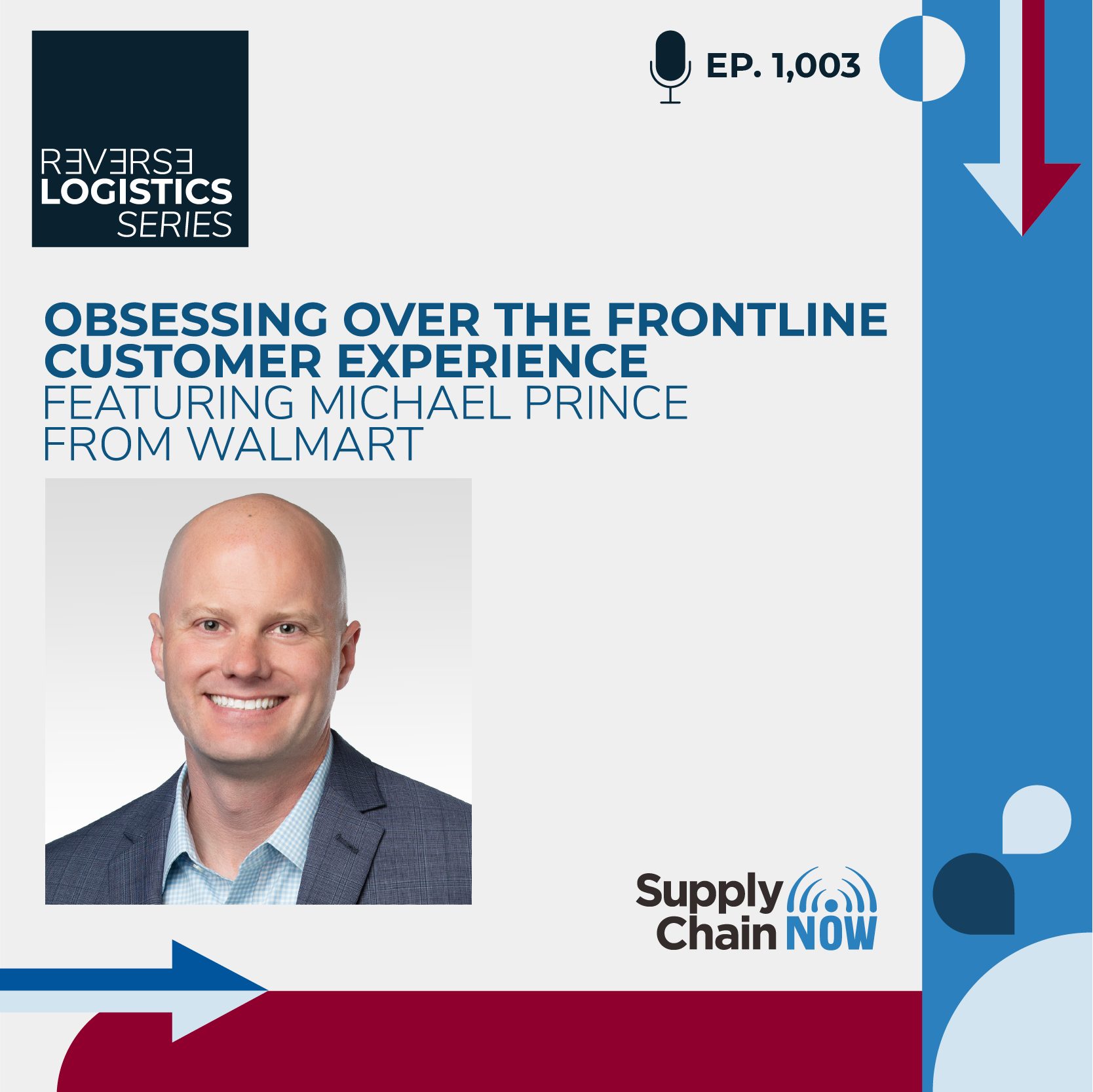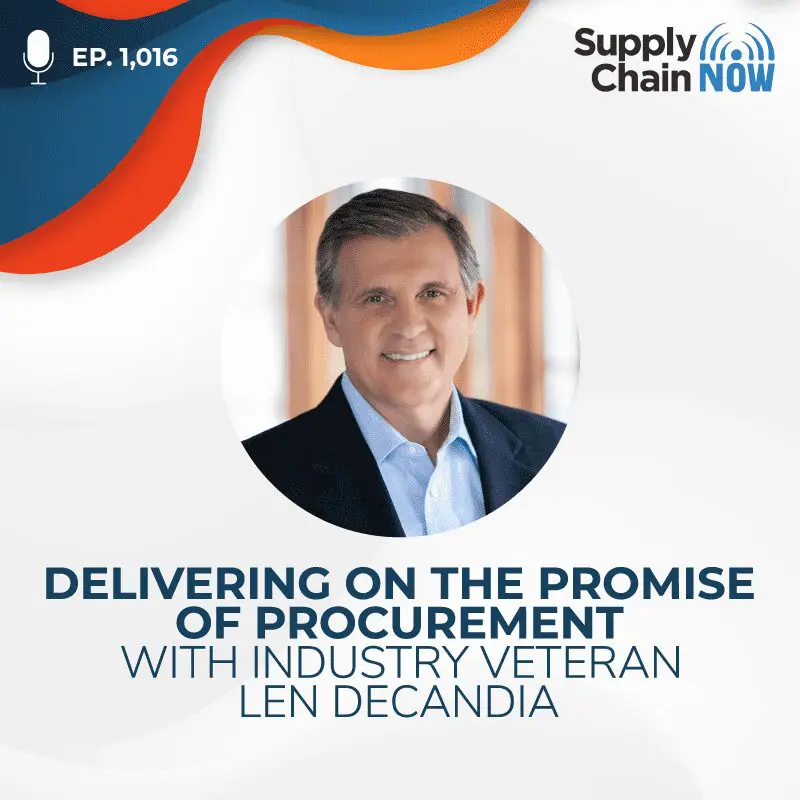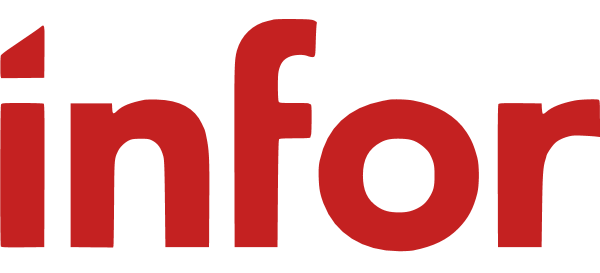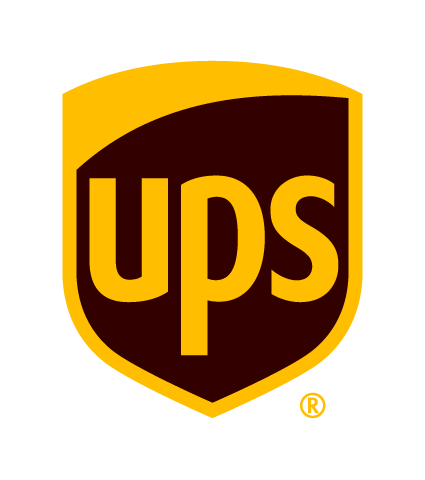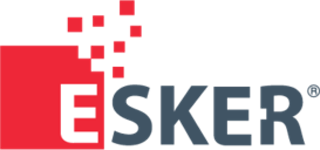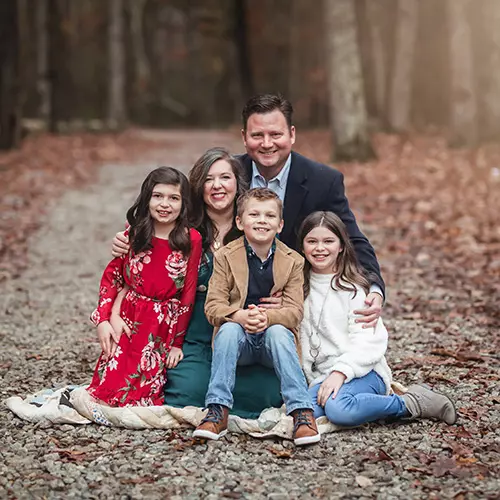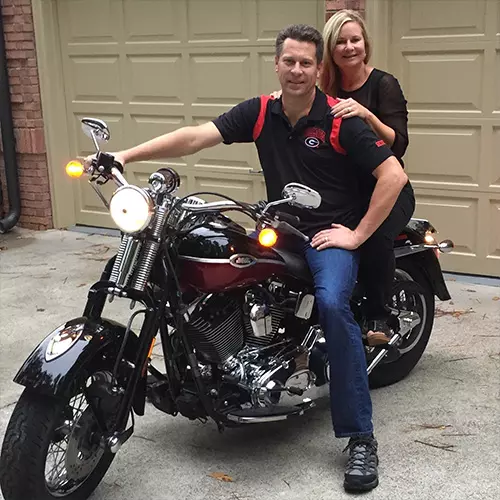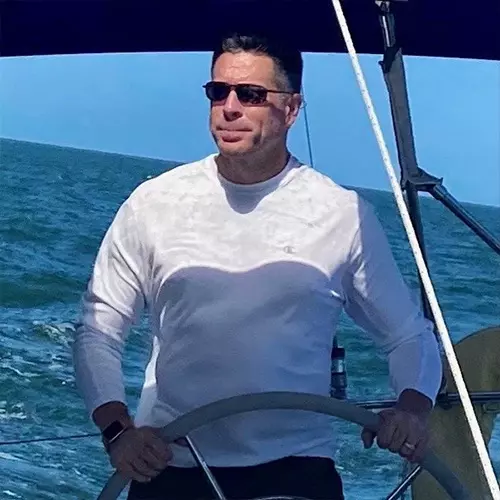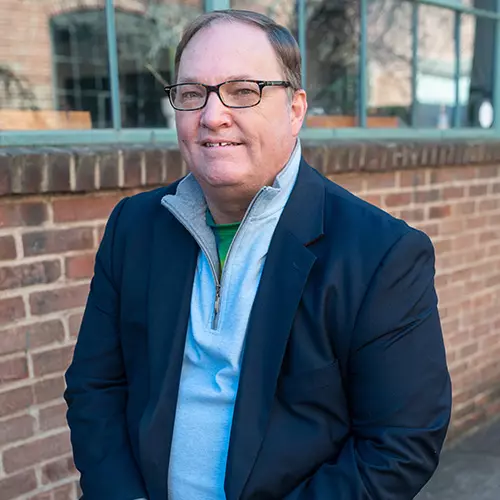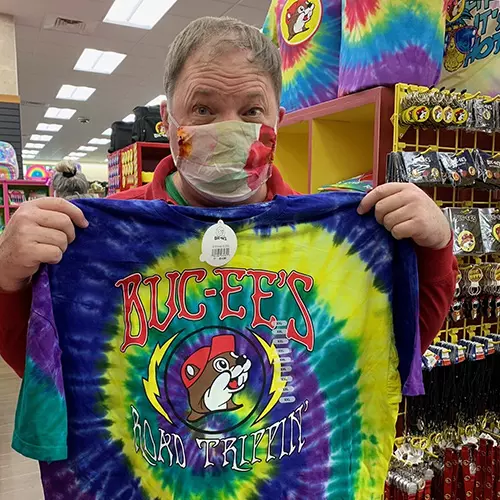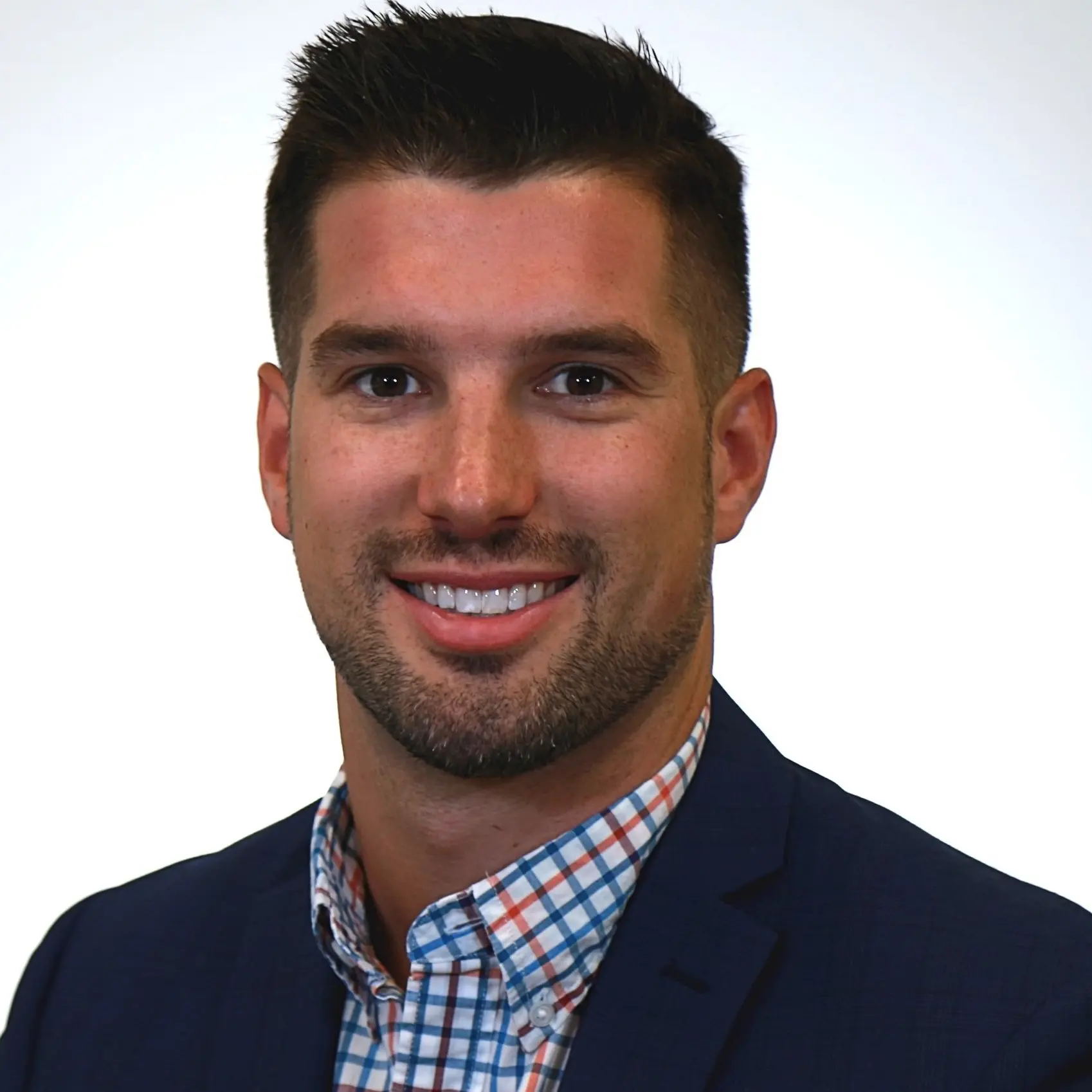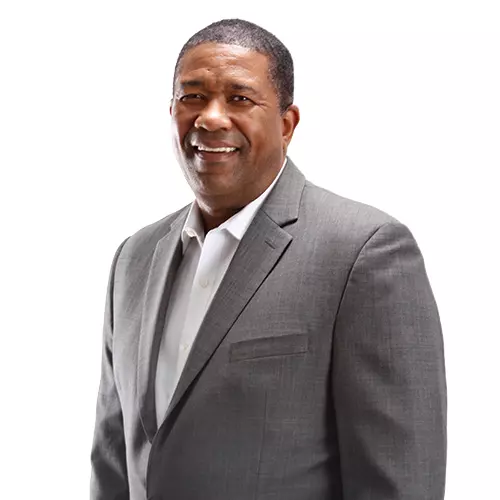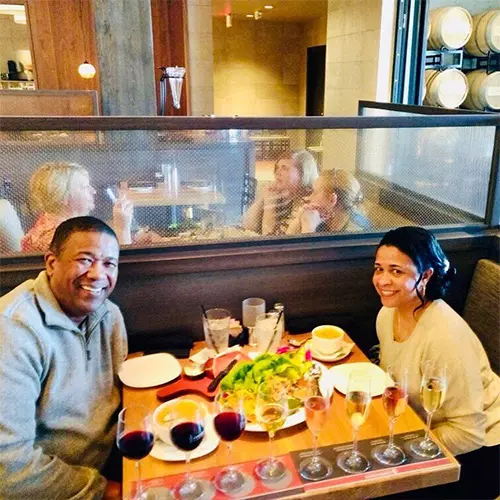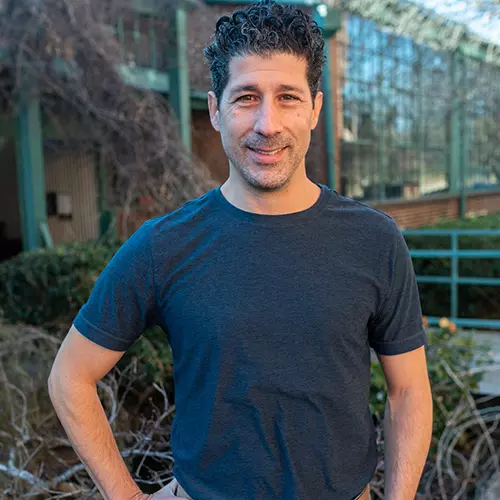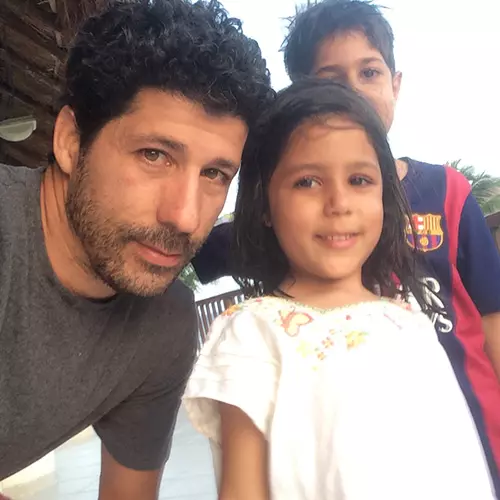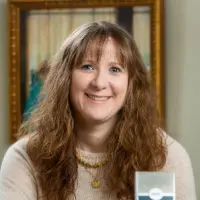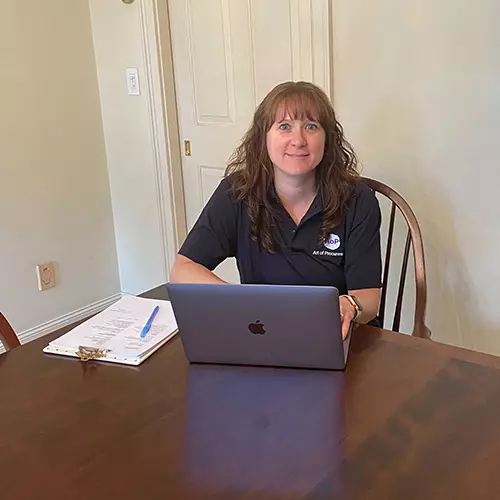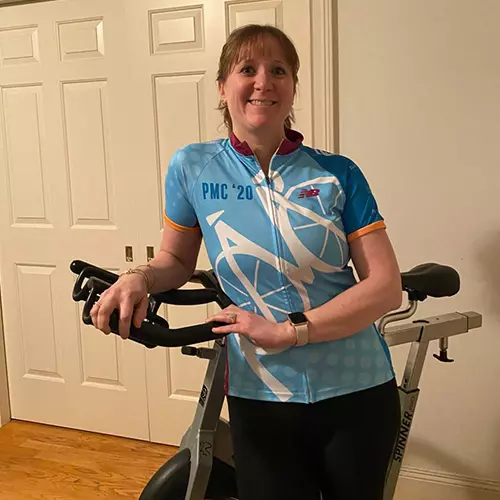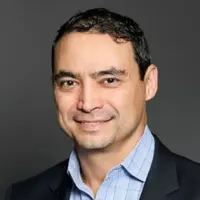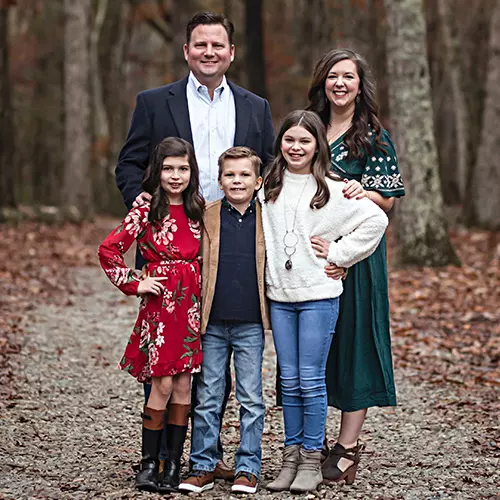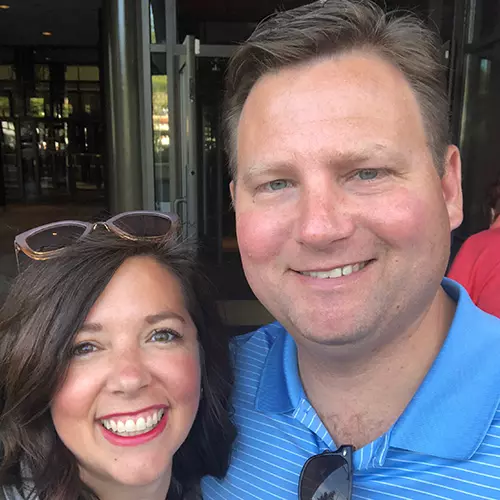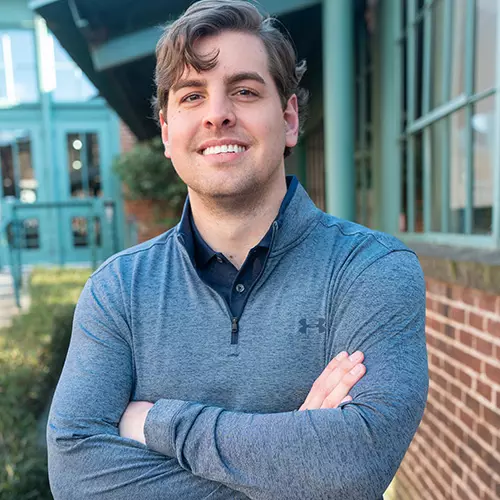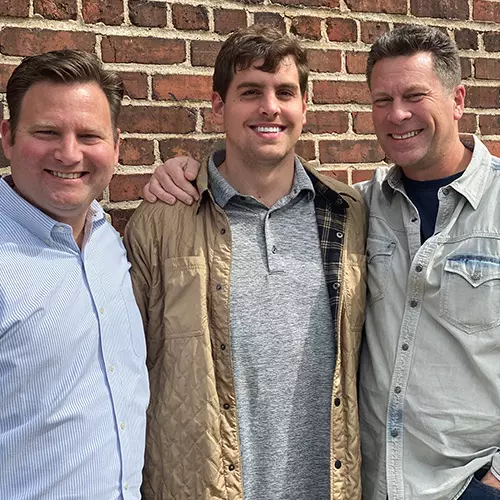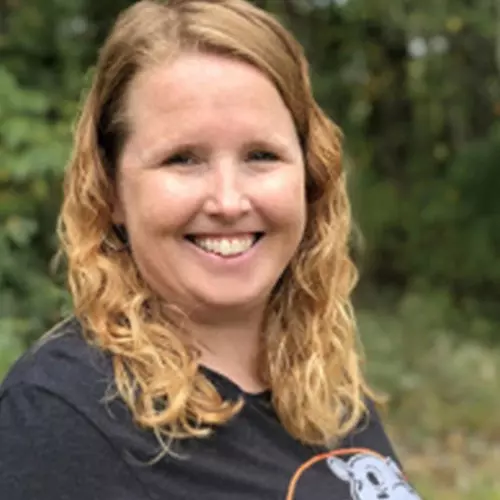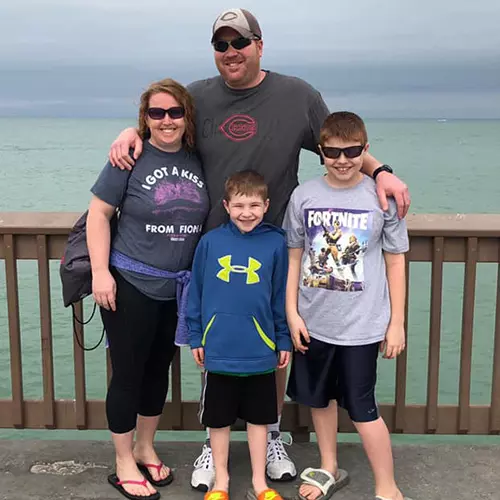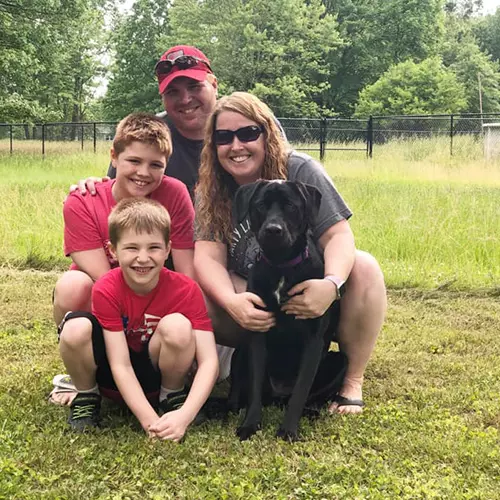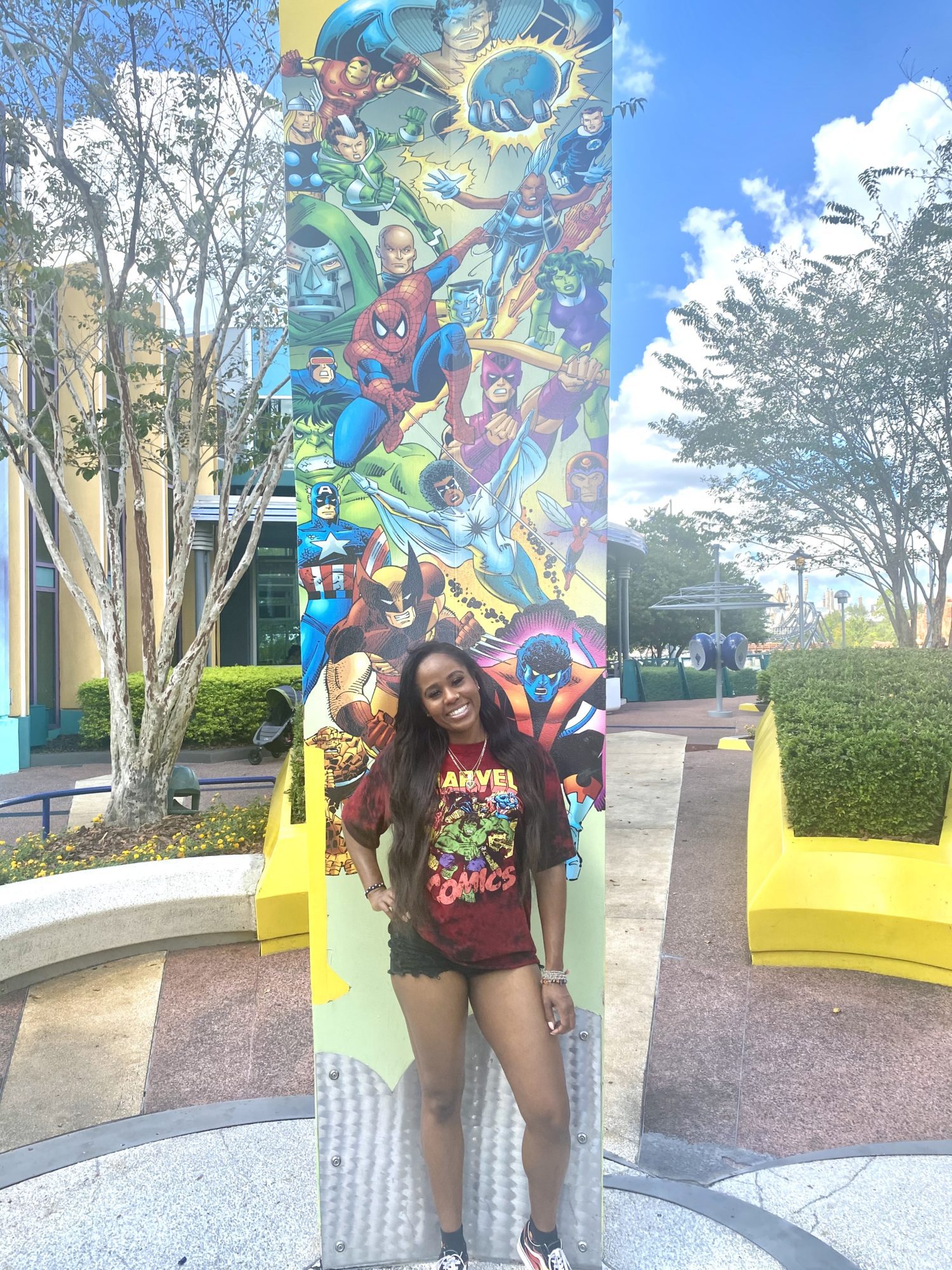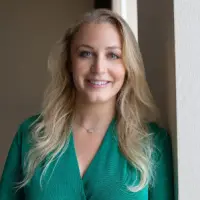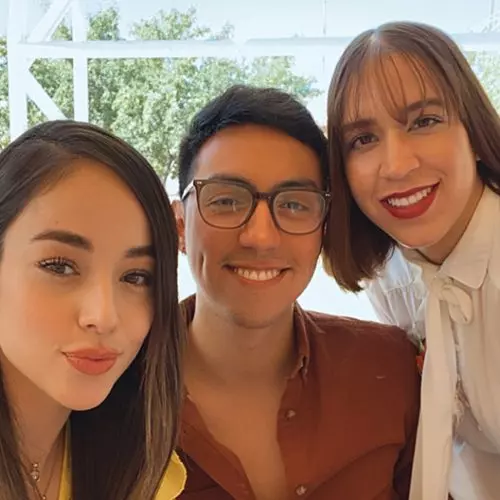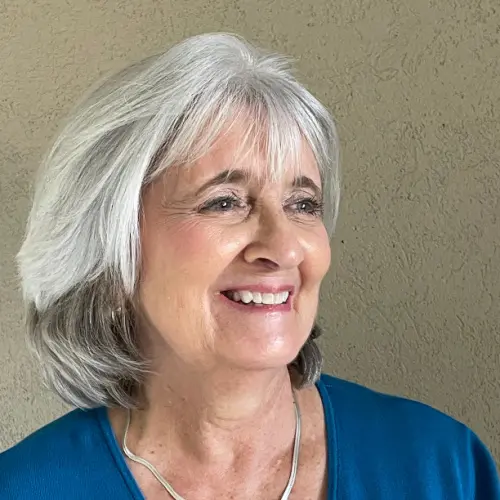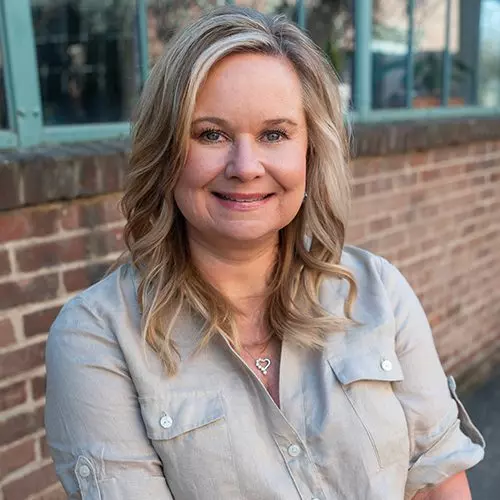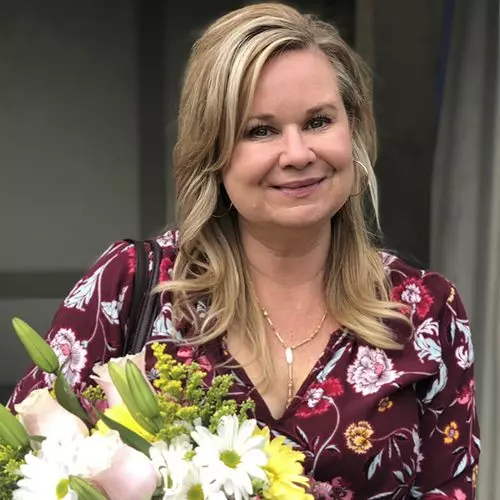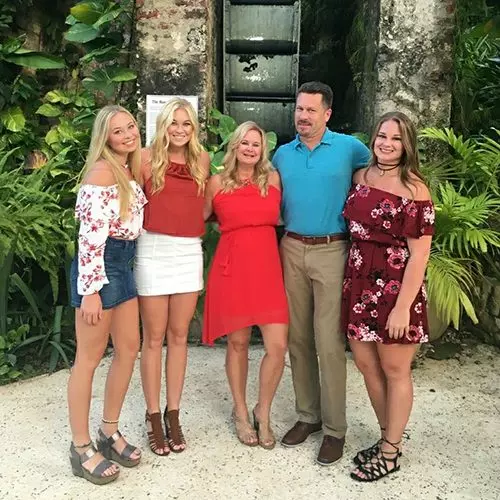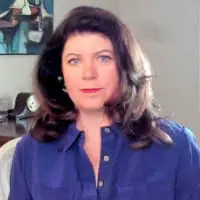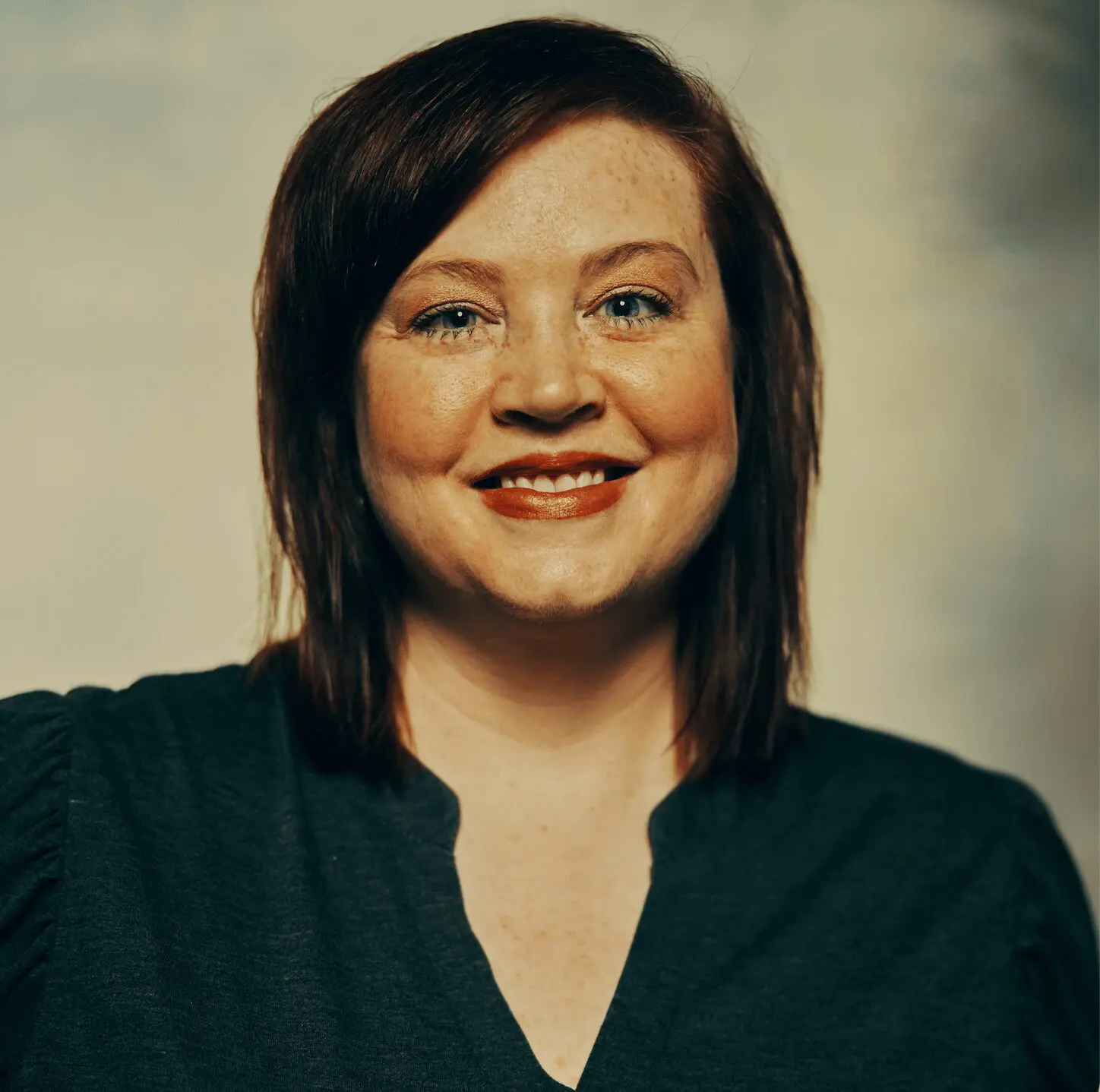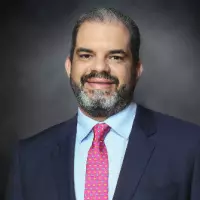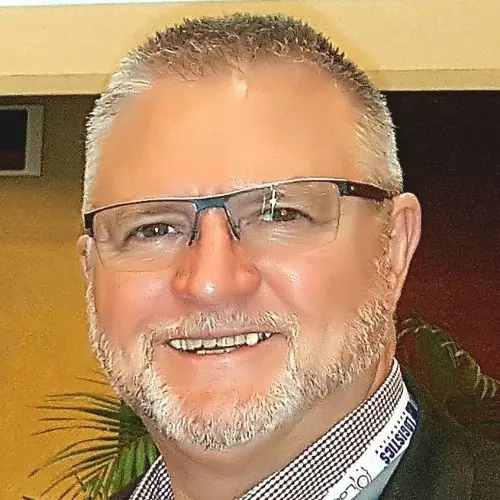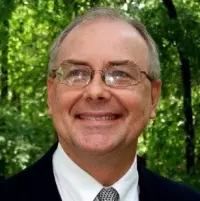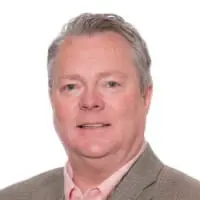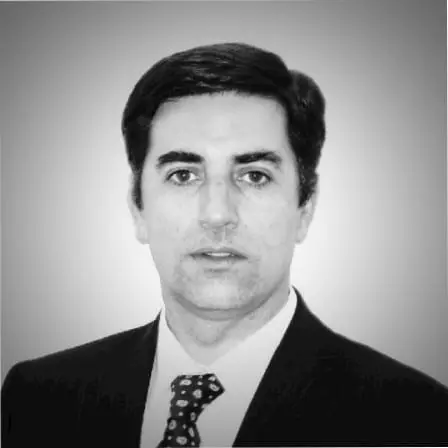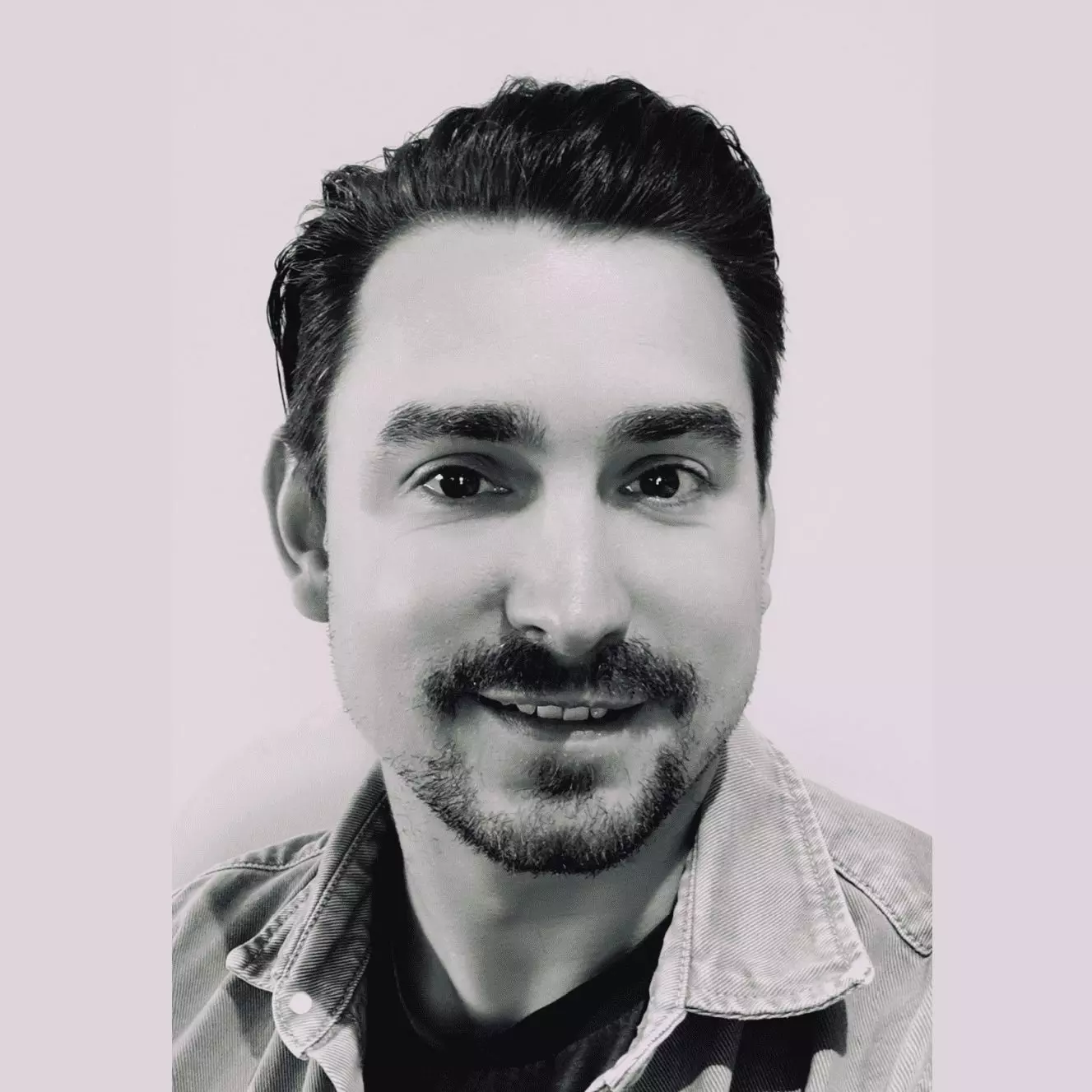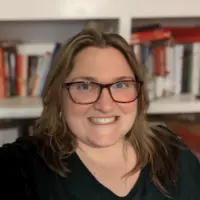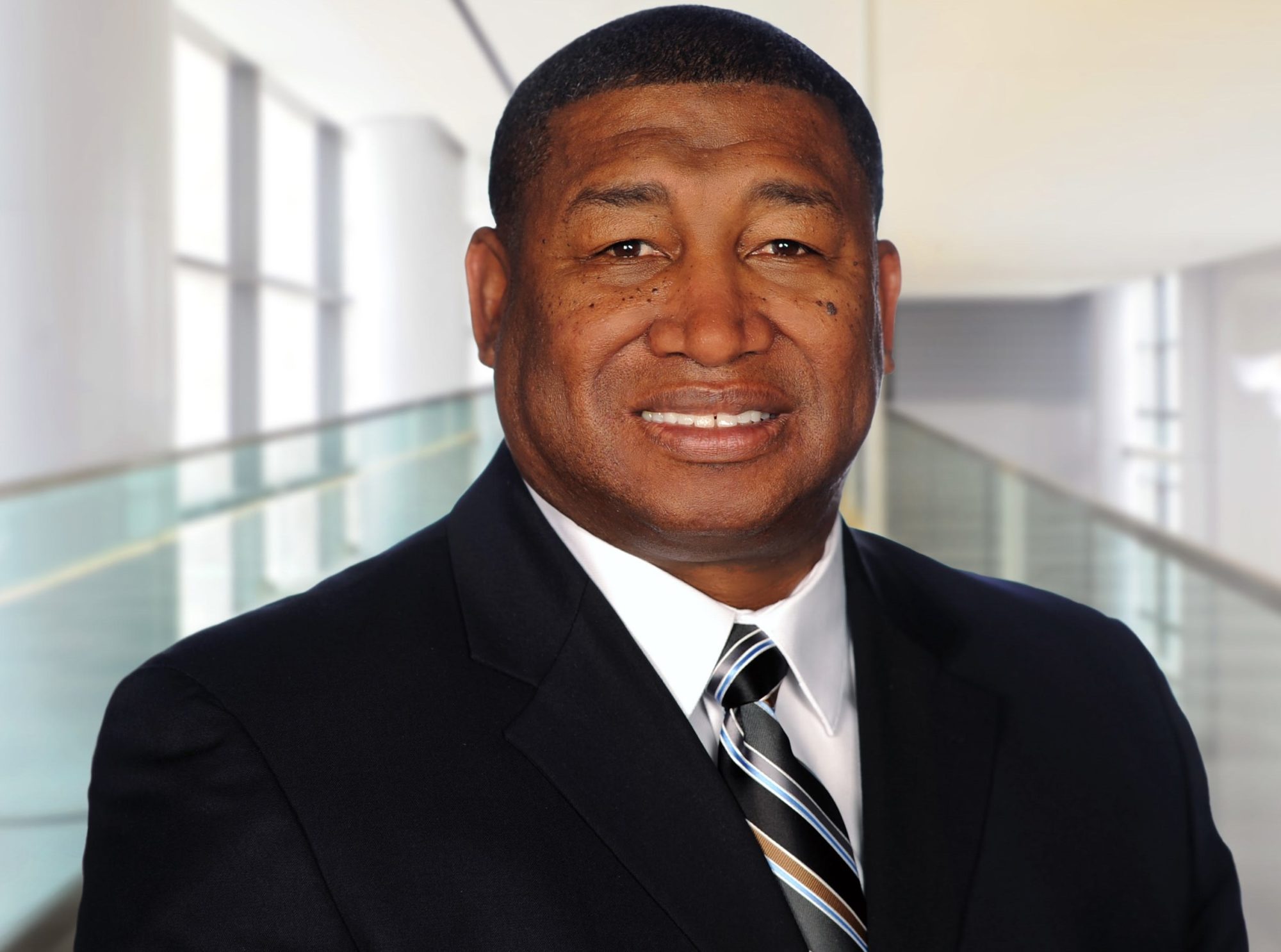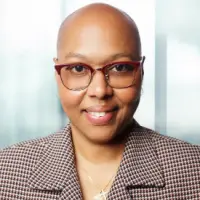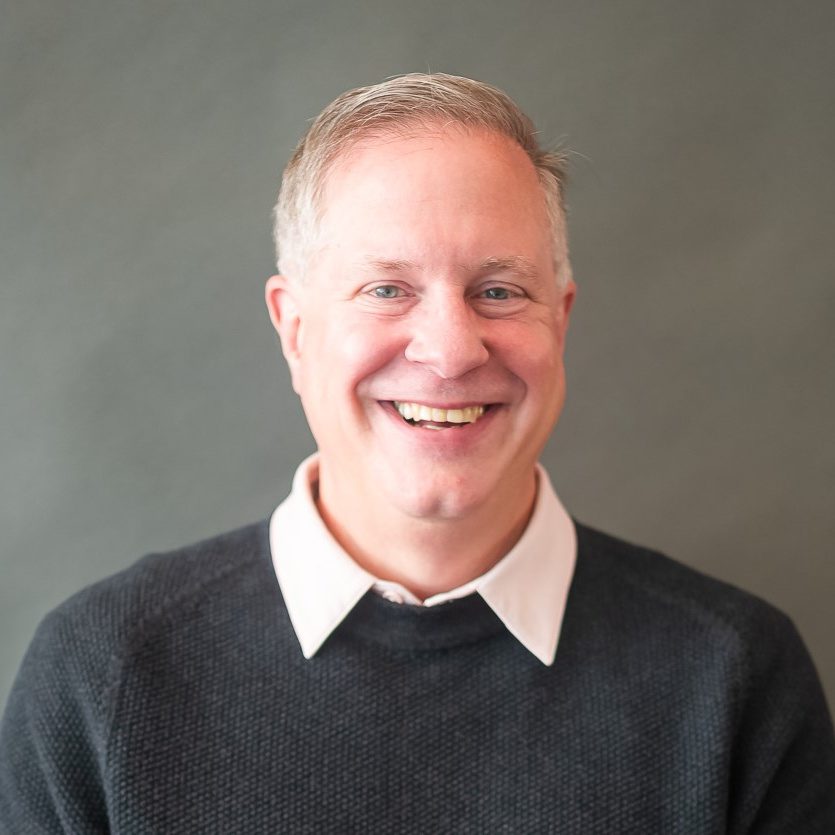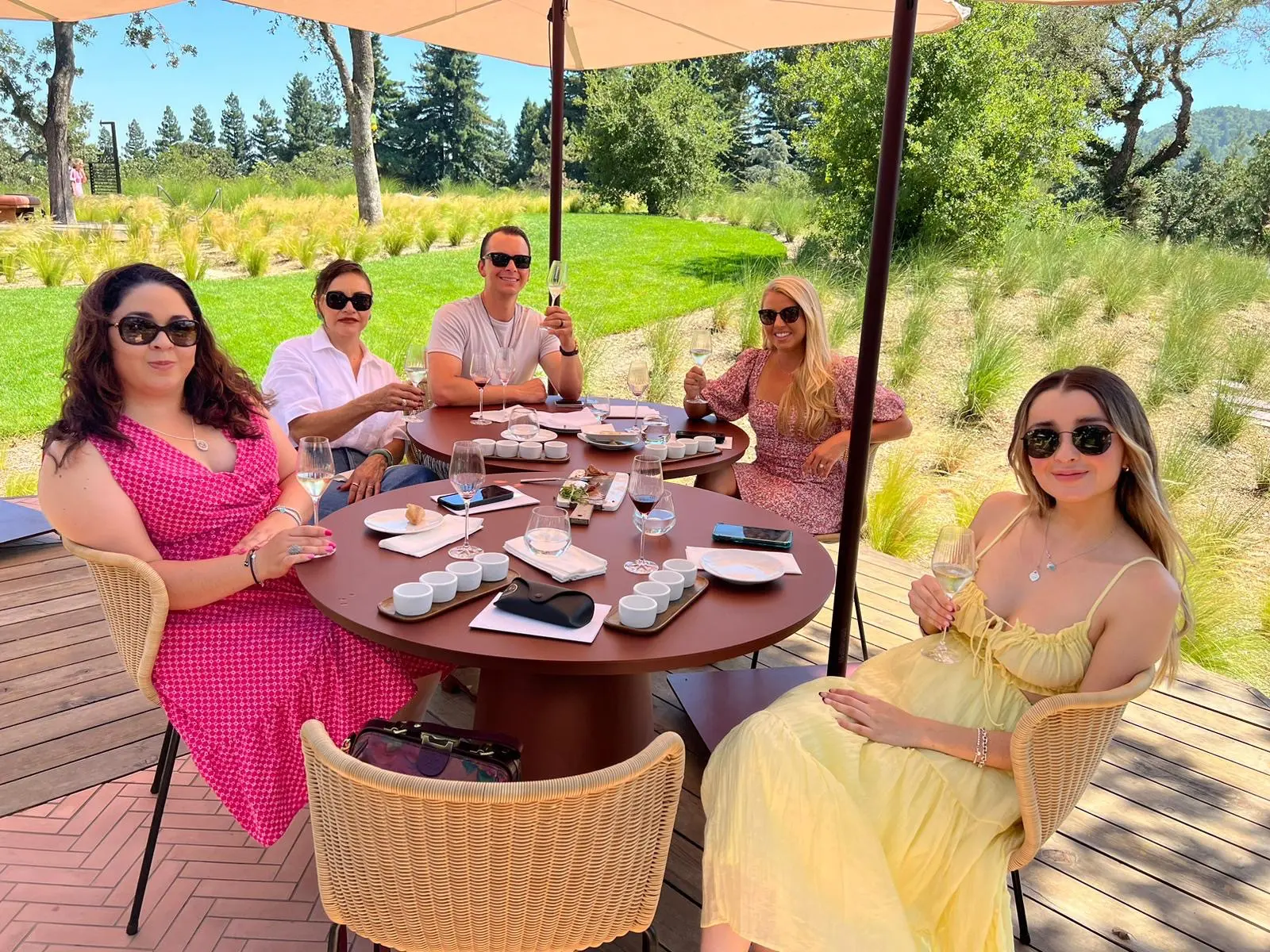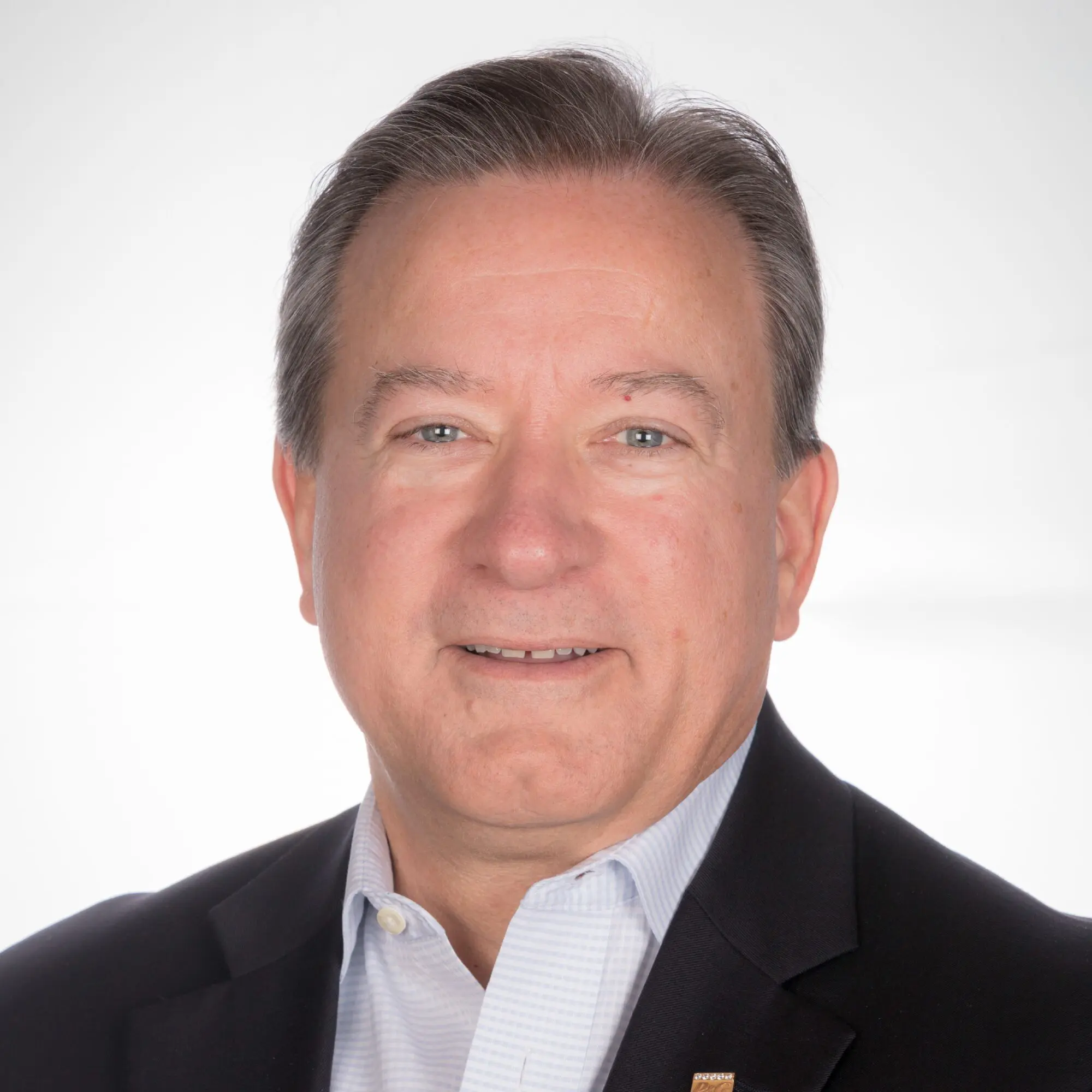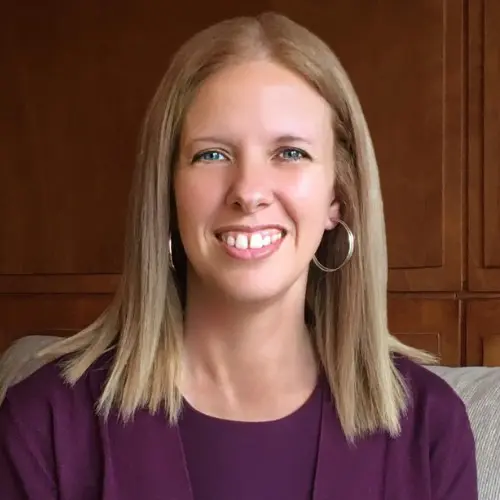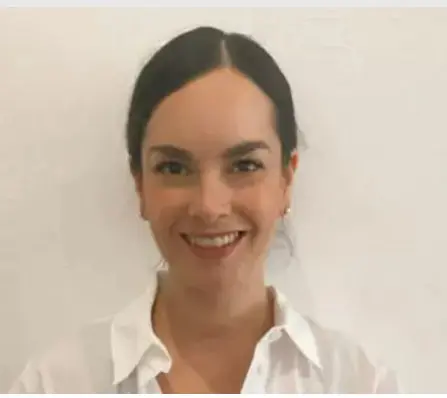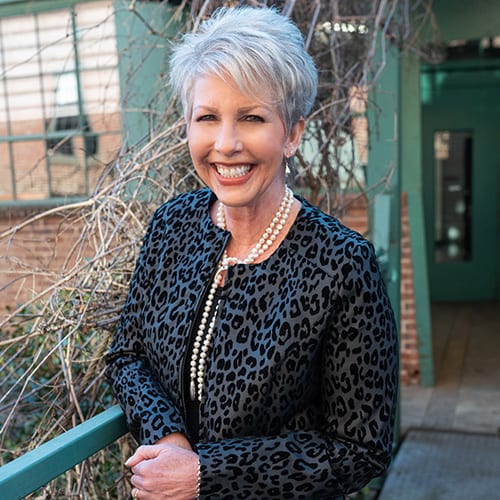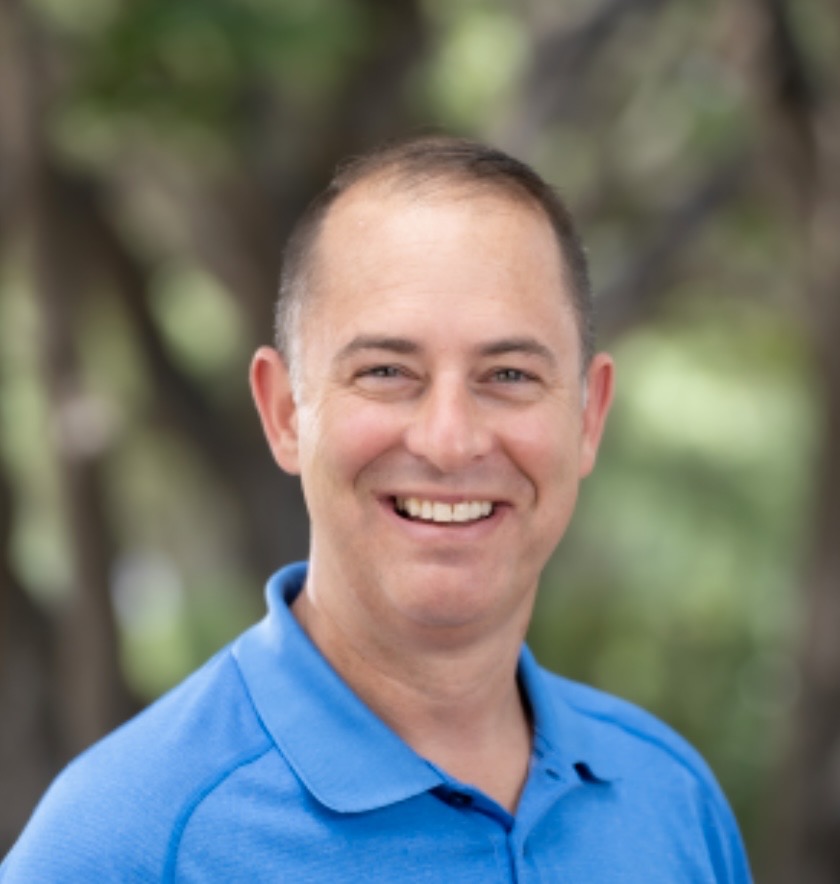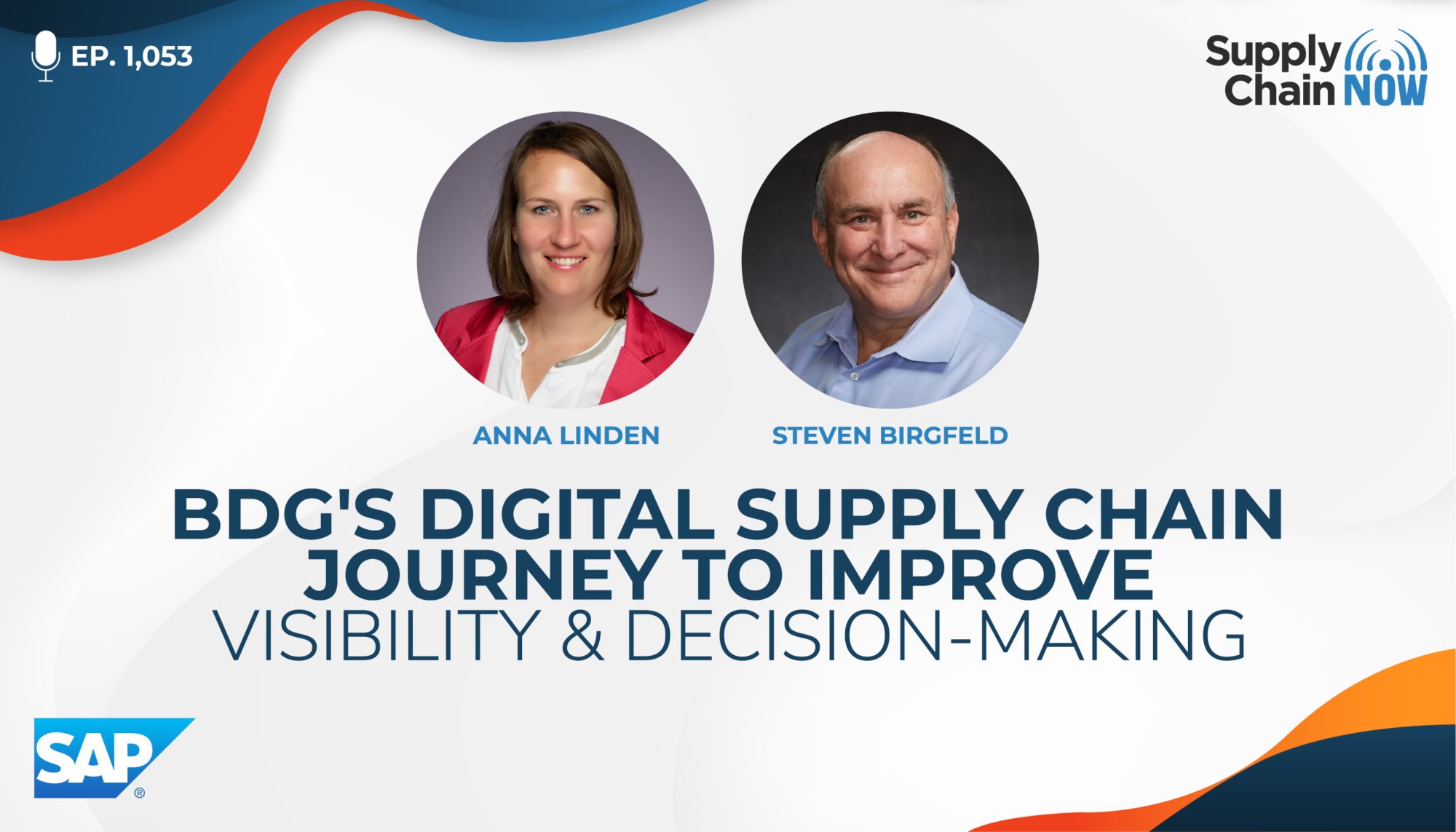
A lot of implementations are based on wrong assumptions, right? It's not only that it's driven from a top-down approach, but it's also based on the process that was developed 20 years ago.
-Anna Linden
Episode Summary
Still planning with Excel spreadsheets? We’ve got a transformation story for you. In this episode, Steven Birgfeld of Blue Diamond Growers (BDG) and Anna Linden of SAP join Greg and Scott to detail how BDG left the spreadsheets behind on their digital transformation journey toward increased visibility and informed decision making. Tune in to hear their thoughts across three phases of transformation: integrated business planning, supply chain, and analytics—and hear their advice for other practitioners ready to dive into the digital in the year ahead.
Episode Transcript
Intro/Outro (00:03):
Welcome to Supply Chain. Now the voice of global supply chain Supply chain now focuses on the best in the business for our worldwide audience, the people, the technologies, the best practices, and today’s critical issues, the challenges and opportunities. Stay tuned to hear from Those Making Global Business Happen right here on supply chain now.
Scott Luton (00:32):
Hey, hey. Good morning, good afternoon, good evening, Scott Luton and Greg White with you here on Supply Chain. Now welcome to today’s show, Gregory. How are we doing?
Greg White (00:41):
Quite good. How are you doing, Scott?
Scott Luton (00:43):
I am doing wonderful. I’m, I’m, I’ll tell ya, I’m really excited. Don’t
Greg White (00:47):
You love, love it when I open <laugh> like
Scott Luton (00:49):
That. It’s so quick. I’m not used to it. It’s so quick. We’re good. <laugh>. Well, hey, I’m really excited about today’s, uh, discussion. Cause you know, as, as I shared with you and, and the team pre-show, uh, I’ve been enjoying, uh, blue Diamond Growers products, literally for over 40 years, dating back to, uh, having tea and coffee with my grandparents, eating, uh, blue diamond almonds, um, at their house. Those are some special memories. So today we get to see, uh, and, and dive into the case study on digital supply chain transformation behind, uh, such a big and well-known brand with a big emphasis, Greg, on powering visibility and better decision making. Should be a great show, huh?
Greg White (01:28):
Yeah. Fantastic. Uh, I mean, what are you nuts? Of course. It’s gonna be great. <laugh>.
Scott Luton (01:33):
Oh, man,
Greg White (01:35):
You’re welcome.
Scott Luton (01:36):
Oh, I love that. Uh, it’s gonna be a great show and we wanna bring everybody in. Uh, stay tuned. We’d love to hear your feedback throughout, uh, the hour. So for all the folks in, uh, the comments, uh, give us your take on what is is sure to be, uh, a wonderful story here today. Okay. So Greg, with no further ado, I’m gonna go ahead and bring in our two featured guests. Are you ready?
Greg White (01:58):
Do,
Scott Luton (01:58):
Let’s do it. So with no further ado, I wanna welcome in Steve Feld, CIO with Blue Diamond Growers, and Anna Linden, global head of Supply Chain Planning. Hey. Hey, Steve. How are you doing?
Steve Birgfeld (02:10):
I’m doing well, thank you. Appreciate it,
Scott Luton (02:13):
<laugh>. You bet. So good to see it, Anna, how are you
Anna Linden (02:15):
Doing? Even better. Thank you. <laugh>.
Greg White (02:18):
Alright. Oh, wow,
Scott Luton (02:21):
Man, Dan, welcome
Greg White (02:22):
Board. That’s right, <laugh>.
Scott Luton (02:25):
Straight to the point. Keep
Greg White (02:26):
Down the gauntlet immediately. Yeah, exactly. <laugh>.
Scott Luton (02:29):
Well, uh, folks, we are looking forward to a great discussion today and, and diving into, uh, the transformation and all the growth and success at Blue Diamond Growers here in just a second. But before we get there, Greg, we like kind of starting around here with a, a fun warmup question, right? So, today, folks, I learned something new today. Today is more good today day here in the state. So it’s a day that’s meant to encourage folks to practice kindness and generosity. So, with that as a backdrop, uh, Steve, I’ll start with you. What is one recent act of kindness or, uh, that, that, that you’ve witnessed or maybe one of your favorite nonprofits and why?
Steve Birgfeld (03:08):
Yeah. No, I think I’d like to bring up what Blue Diamond does every year. There’s an elementary school near near our campus that for, you know, less advantaged children and things. So every year we do a lot of fundraising for them. We, we had a big block party and we got to do the, the dunk, the dunk thing. So lot, lots of activity there. And then just this week we had a, a nice little Christmas party where we, the children come over and Santa Claus and Mrs. Claus are there, and, and gifts are provided to them all. So, so I really appreciate that every year, <laugh>,
Scott Luton (03:42):
Man. I love that Greg. Sounds like a great time in engaging these kids, right?
Steve Birgfeld (03:46):
Yep. Yep.
Greg White (03:48):
Yeah. Well, and of course they’re gonna love Dunking any adult that they can get the
Steve Birgfeld (03:52):
Opportunity. Well, no, we get to do that. So we get,
Greg White (03:55):
Oh, well,
Scott Luton (03:58):
I see how that works.
Greg White (03:59):
Yeah, it sounds like a heck of a lot of fun.
Scott Luton (04:01):
Well, appreciate, uh, what Blue Diamond does investing in, in, in these local communities. Uh, Anne, I wanna bring you in, uh, favorite act of kindness or maybe a nonprofit you’re a big fan of.
Anna Linden (04:12):
I’ll go for the act of kindness. I went back from the Christmas market last weekend, and, uh, there was an old lady crossing the street with me, and she had her grocery bags, uh, with her. So she went back from grocery shopping and the, the bag ripped in the middle of the street, right? We were just passing, crossing the street. There were like five, six people jumping off the bicycles, making sure all the groceries are safed. Well, not all made it, but most of them did. And, uh, was, uh, nice to see that everyone was very attentive to what, uh, happened to the lady.
Scott Luton (04:40):
Man, I love that. What a great story.
Greg White (04:44):
What is the grocery bags in the middle of the street? That’s why isn’t they always break there.
Anna Linden (04:48):
That that’s true. Yes. <laugh>,
Greg White (04:50):
It feels like it. That’s great to hear
Scott Luton (04:52):
That. Well, I had, I saw someone point out on social media, there’s a, there’s a scene in Home Alone where, um, a colleague Caulkins is, is walking home, he’s got all these groceries and everything collapses on the sidewalk. And someone pointed out that’s the most relatable scene in that entire movie, <laugh>. Uh, but Greg, you’re not getting outta answering this question. What’s one of your favorite acts of kindness or nonprofits out there?
Greg White (05:13):
So, you know, I’m on the board of this McKenna Farms, which is therapy services, not just equine, not just horse therapy, but other types of therapy. But they do Special Olympics every year. And the kids that volunteer to ride along with our clients in the Special Olympics, um, watching that happen is just, it’s really cool. My daughter has gotten a gold medal along with her therapy partner in, in the, uh, special Olympics. And I, I think about that, uh, very often, those kids that, that do that sort of thing. It’s great to see kids helping other kids. So,
Scott Luton (05:49):
Man, I love that McKenna Farms, uh, and appreciate your, your service to helping them reach more folks. Um, okay. Really quick, I’ll say hello to a couple folks. Uh, we got Harris tuned in from India via LinkedIn. Great to see you, uh, Kwan also via LinkedIn. Let us know where you’re tuned in from. Kwan. Hey, Larry Klein is back with us down from, uh, south Georgia. And I gotta say this, I gotta reuse Greg’s, what are you nuts? And, and <laugh>, y’all about heard that as you’re in the green room. I love that.
Greg White (06:17):
Mm-hmm. <affirmative>. Sorry, Steve. I’m sure you hear that a all the time.
Steve Birgfeld (06:19):
<laugh>.
Scott Luton (06:22):
All right. So let’s get down to business then. Um, we’re looking forward to the, uh, today’s, uh, subject matter and the story related. So, uh, Steve, I’ll start with this with you at Anna. Um, what are some of your observations as you surveyed the, the global business environment and industry? What are some of the things you’re seeing out there
Steve Birgfeld (06:37):
Mm-hmm. <affirmative>? Well, from a consumer package, good perspective, there’s a, a couple of key key pieces that have hit us these last couple years. So, naturally, COVID had a lot of impact, and then inflation itself. So it has definitely redefined kind of the demand aspects, you know, so definitely needing more flexibility as a business and better planning from that standpoint. And then the other side is on the supply side of things where, um, just between strikes and, and shipment issues, you know, out of, uh, Oakland port and things like that. Just needing more flexibility, better planning on that side of things to really get the product shipped out, you know, across the, across the globe. Um, so those couple items are just really key perspective that have impacted our business and a lot of CPGs in general.
Scott Luton (07:27):
Good stuff there, Steve. And, hey, better plan and can’t do everything, but it sure can do a whole lot. Uh, Anna, what would you add, uh, to observations out in the industry?
Anna Linden (07:35):
Hmm, yeah, what we’ve seen the last years, right? A lot of uncertainties and disruptions. We’ve seen a lot of demand volatility first, then switching over to supply volatility due to, uh, logistics disruptions. And what we see now is with many companies having both at the same time, suddenly, um, and I think this is, uh, becoming more and more challenging. Um, obviously, um, disruptions will not go away as a client, uh, set two weeks ago to me. So everyone is preparing for the next big black swan event. But, uh, I think everyone is very attentive right now as to what is happening, what the risks are, so everyone is very alert, uh, which I think is, uh, great to see that, uh, companies are reacting in the right way here.
Scott Luton (08:14):
Mm. Good stuff there. Anna and Greg. Um, whether something you heard Steve and, and, uh, touch on, or some of what you’re seeing out there, your thoughts?
Greg White (08:22):
Well, you know, disruption is the nature of supply chain, right? I think all of us in this room have always known that, and I think what’s really changed is the awareness of the consumer to that, right? So if, you know, if you’re out of almonds, they know it’s not just target, it’s, it’s maybe a distributor and it’s, you know, obviously gonna have some impact on, on Blue Diamond. So, you know, we have to, we have to be aware that more than just cost is at stake in supply chain these days. Risk is, is at stake, but the, the real risk is your brand equity, how people perceive your ability to deliver on your one promise, which is to get them nuts. So, <laugh>, I mean,
Greg White (09:08):
We have to recognize there’s so much at stake these days because I hate to tell you this, Anna and Steve, but the days of being able to stand alone at a cocktail party just by saying supply chain and having everyone walk away from you, they’re over now. Everybody. It’s like if you’re a meteorologist, they wanna ask you how, how you predict supply chain, just like they asked meteorologist, how do you predict the weather? So, um, it’s, we’re uber aware as consumers now, so it’s, uh, important to recognize that fact as well as all the operational things that Steven Anna talked about.
Scott Luton (09:43):
That’s right. Consumers have maybe never been as smart and as savvy as they are these days. Um, so I wanna shift gears here, and Steven wanna get back as we start to really, uh, dial in on, uh, BD G’S digital supply chain transformation. I wanna start with, uh, you sharing kinda what your vision was for the transformation, and, and maybe a big part of that is what was your why mm-hmm.
Steve Birgfeld (10:04):
<affirmative>? Well, yeah. So even before the, the recent volatility, you know, within our business, we have two main lines of business. One is our branded product, but then is that our other is what we resell to other consumer packaged goods companies selling our almonds to them. So from a demand planning, um, planning in general, demand and supply, you know, we had disparate systems. There were a lot of Excel spreadsheets. It was tough to get a consolidated plan. We couldn’t do a lot of scenario planning from that standpoint. So we were really driving what’s the best solution set to really get this integrated, you know, sole source of the truth from that standpoint. So really taking a hard look at the planning side on the other side from a logistics standpoint to address, you know, that, that aspect of it, it was what can we do to get, remove a lot of manual processes.
Steve Birgfeld (10:57):
You know, we had, we had people going to websites, um, shipper websites to kind of see what the status was of things. So a lot of time to take that, you know, a lot of manual processes. We weren’t able to kinda secure capacity and respond to these impacts quickly enough. So planning, then let’s get the, the piece shipped out from that standpoint. But, so the vision, you know, what we’ve been on a journey for a, a few years now is let’s improve that planning. Let’s lay that foundation with these capabilities from demand planning, supply planning, automating processes, getting the right data elements and visibility in for the corporation, and then really getting that control tower dashboard concept. So, you know, s a p refers to it as extended planning or synchronized planning. That is definitely our vision. And, and, you know, we’ve made great strides towards that so far with the vision to continue, continue that journey.
Scott Luton (11:54):
Man. Steve, uh, uh, Greg, I don’t know about you. I feel like Steve just hit on like 17 things we had been talking about for like a year, maybe two years, right? Um,
Greg White (12:04):
Yeah, I mean, yeah, and it’s, it’s fascinating to see it hit something we perceive as relatively simple, right?
Scott Luton (12:11):
And I, I’ll get your, you know, now that Steve kind of shared that, uh, succinct vision and, and a big part of their why, uh, I love the single source of truth that, that nugget alone, so many folks are after. Your thoughts, Anna, about what drove what, what drove the why here?
Anna Linden (12:24):
I think the why has been driven really by, by the need to really drive HR decisions, right? You need to be able to drive decisions much faster to take them in a synchronized way. That’s where the synchronized planning comes from, right? You need to be able to kind of, uh, yeah, take profitable decisions. Also, you need to keep finance in the loop. You need to be able to execute based on the decisions you’re taking. Um, and maybe as a next step, you also want to automate most of the decisions to really make sure that your planners are being able to focus on what is yeah. Needed from them, right? What are the big ticket items they need to work on? So I think it, Steve, is on a very, very great way, right? We are seeing all the, all the boxes checked, uh, to be successful, uh, when, when, yeah, having really a digital transformation journey, uh, behind you already, uh, to a broad extent, but also a vision to, to move forward. Yeah.
Scott Luton (13:16):
Mm-hmm. <affirmative>. Okay. And we’re gonna go through three specific stages, uh, of the transformation in just a minute. But Greg, uh, a great start, I would say already, huh?
Greg White (13:27):
Yeah. Well, I think we’ve faced, uh, and, and focused toward one of the primary issues around digital transformation. And that is that it does not include spreadsheets, <laugh>, right? Digital transformation is not two spreadsheets. It’s from spreadsheets, <laugh>. And I think, I think, I know, I hate to say that that needs to be said, but, you know, a huge portion of people have spent billions and billions of dollars on supply chain solutions, and yet a large large percentage of them continue to go back to spreadsheets. And, and I think we have to recognize that that technology can and should do that better. We talked about that just yesterday, Scott, right? I mean, when you’re using a spreadsheet, it, it’s, uh, too unaccountable. It’s not connected data, right? It, it has the potential to be manually dis disrupted. That’s the only way I can think of it. And of course, it’s, it’s incredibly out of sync with the timing and the, and the speed with which we need to do business. So, um, for those of you, in case you were wondering, we’re talking well above spreadsheets here. I’m right Steve.
Scott Luton (14:35):
So, hey, folks, a as we, uh, are about to move into the story, everyone in the cheap seats and the comments, we’d love to hear your experiences and thoughts on, uh, digital supply chain transformation. And we’ll try to reference those on, on the back half of today’s discussion. But great to have everybody I see, uh, Gino, and I’m all, and Jenny, uh, great to see you there. Um, okay, so Steve, let’s keep driving here and let’s, let’s kinda get more detail on the transformation itself. And I think, um, uh, where we’re gonna start is with that, uh, integrated business planning. Is that right?
Steve Birgfeld (15:04):
Right. Yep. So that, that PORTOR portion, we, we started really in that 2018 timeframe. So we’ve been doing it for a few years now. But like I said, disparate systems, Excel spreadsheets, you know, so we put a real focus on improving that demand. So getting, you know, that one unified vision, a ability to do the, the, um, scenario planning, more efficient time. You know, we had one step that every time they did it ran six hours to kind of get a new scenario. Now that’s into minutes, you know, as one example. Um, the other piece that we’ve done is really improve our, what we needed to keep on inventory. So by, by, you know, where it would be in the, in the US predominantly. So where and how much, and we were able to reduce those inventory levels. And so, again, you know, I think to Greg’s earlier point of getting the nuts to the consumer, um, it was all about focusing on how do we get on time in full to our, our retailers that then can get it to the consumers.
Steve Birgfeld (16:09):
Um, so just, we saw immediate benefits from that. And again, we’ve, we’ve done continuous improvement throughout, just as we learn more as the, the dynamics change. You know, I think another example was with covid where, you know, we were doing things predominantly on a monthly planning cycle. We were seeing things were so dynamic that we had to get it down to a weekly cycle. So, so in a, in a, you know, within a couple months, we were able to re-engineer the, the system to kind of take a, into account for those aspects of it. And then in some cases, even on the supply side, we had to go to daily reviews from that site. So the fact that we had it all now consider, um, consolidate it, we were able to do these scenario plannings and, and the just dynamically quickly. So, so many benefits that we saw for the business.
Scott Luton (16:57):
Uh, sorry, I, I’m stuck on that six hours down to minutes, right? <laugh>, I mean, goodness gracious. Huge gains there. Um, Anna, talk to us about this, this first, uh, segment, uh, where you’re leveraging IB P
Anna Linden (17:09):
Yes. So I mean, technology or modern technology obviously also drives processes, right? And, uh, with speed performance, but also the, the data and the visibility that such an integrated planning process really brings, based on integrated business planning as a solution or not, uh, is really the value add that we see here, right? It’s, uh, it’s, uh, enables companies to really rethink the processes and make them faster, but that enables them also kind of to tackle new challenges, uh, in a, in a much different way. And going down from hours to minutes is just one side effect of that, right? Because it opens up, um, capacity from the planners to tackle new challenges. So, um, it also drives organizational change that we see a lot along the way when integrated business planning as a process and as a solution is, uh, instantiated that people keep, keep thinking about how to change the process now that they have the time to think about it. And maybe also the capacity to really think about optimizing not only intel, the intelligence solutions and the solution landscape and technology, but really also the way people work together and the way, um, people’s skillset needs to be developed in order to, to cope here.
Scott Luton (18:21):
Uh, ver and I love that first part, uh, Anna, uh, you know, freeing up team members to do more and to do new opportunities, tackle new challenges. Greg, that’s one of our favorite parts about, uh, effective digital transformation. Uh, your thoughts, Greg?
Greg White (18:35):
Yeah. Look, computers do computer things so people can do people things, right? I mean, there’s so much that is on both ends of the spectrum, by the way, right? The, we talk a lot about all kinds of automation and technology, the dull, dark, dirty, and dangerous, right? But there’s also intellectual pursuits that are better suited to computers. Not anything a human, well, in some cases, many things a human can’t calculate in their head. But most importantly, being able to calculate that much more rapidly with many more inputs over many more scenarios, and without emotion, without forgetting anything. All of those sorts of things. So that does allow humans to sort of elevate their performance to the, the exceptions, right? Or the difficult situations that require, um, human discernment where there’s just not enough data for technology to make that decision.
Scott Luton (19:27):
Well said. Um, I wanna share a couple quick comments. So as, as Steve and Anna have been sharing some of the, uh, outstanding results from, uh, BD G’S transformation, Larry says, his team developed an analytical team that combines supply data from the many IT systems that we use, developed products used by item managers, that keeps them from having to build their own fill rates. Were averaging 20% and have topped at a recent hive of 88% with averages in the high seventies. Larry, outstanding, uh, and Christine adds, going back to some examples, Steve, and, and we’re, we’re, we’re, uh, referencing, Christine says, moving from month to week is a huge shift and emphasizes a need to automate and direct, uh, focus. Well said there, Christine,
Greg White (20:11):
A day is just off the charts for most people. I mean, most companies don’t even believe they could ever get there, right? But that, that is truly impressive to be able to do that in those multiple tiers, right? Right. That’s incredible responsiveness.
Scott Luton (20:25):
So true. Um, okay, so Steve, getting back, uh, so, so leveraging integrated business planning was that first segment we’re gonna talk about today. The next segment is, Hey, where’s supply chain fit in here? So Steve, tell us more.
Steve Birgfeld (20:39):
Mm-hmm. <affirmative>. So, yeah, so we put that focus on demand planning, supply planning. Now we put additional focus on how do we get the product, product to the, to the end, end, uh, end customer. Um, so we focused initially on ocean freight. So from that example, so I guess in 2021, we, we went to S A P S four. So we made that our foundation. We then moved forward on S A P transportation management, which was more embedded into S four, but then we extended it from there. So we did transportation management, we leveraged the s a P logistics Business network, so L B N, and then also had the project 44 visibility aspect of it. So all this was turned on this, this 2022 to improve our ocean freight, um, visibility, automation, those aspects of it. And now we are pr proceeding with the domestic freight for, um, you know, full truckload, less than truckload and rail aspects of it.
Steve Birgfeld (21:38):
So being able to, again, lay that foundation extended a across. So again, some of those examples, you know, where I mentioned before were our team had to go to like 10 different websites to kind of get shipping information and things like that. Now, through this lbn it’s all consolidated. It gives you the best optimized solution for you. Um, so, so again, just that, you know, obtaining our shippers, having the visibility to our customers as to what’s going on, you know, or again, just we’ve started the journey the last few months and we’re, we’re already seeing the benefits from that side.
Scott Luton (22:13):
Steve, I gotta ask you, uh, it sounds a big part of this is making your your team members jobs easier. It sounds like. How appreciative, what have you seen <laugh>, you know, they’re not searching 10 sites, it’s all right there at their fingertips and stuff like that. What are you hearing from your team?
Steve Birgfeld (22:29):
No, again, very appreciative. I, I think this one, we had super teamwork. They were very excited once we kinda showed ’em what the capabilities were, um, what one of the change management was. They weren’t, they weren’t trusting the data at first because it was like, I’m so used to going out to the, to the website and things like that and seeing things in, in different time timeframes. But you know what, what we were seeing, like even with project 44, it was gathering different data sources and layer on an AI component to it to try to get a better fit from that standpoint. So, so you had to get through that, that mental change of, hey, this is better, you know, from that side. But, but again, very appreciative. Um, there were high comments throughout the initiative, and again, you know, we, we just had a, an award ceremony with the C E O a couple days ago, and people were just commenting how, what a great teamwork it was. Oh, that’s great. And you know what, what great insights we’re getting there,
Scott Luton (23:23):
Man. I love to hear that. Uh, and you know, it, it’s, it, some of what you described comes with any big endeavor, right? And loved, uh, the feedback you’re getting from your team. Okay, so Anna, that middle section, uh, transportation management, the logistics business network, and how they leverage all of that. Your comments here, Anna,
Anna Linden (23:39):
Great story, right? So with the business network, you’re really able to go outside of your company and outside of your enterprise and extend the visibility, but also the, yeah. The risk management towards the outside world, right? It’s a, it’s a huge factor in the, in the supply chain world right now, because you will not be able to solve your supply chain issues just with what you have inside your company. So the network, uh, let it be. Now, the logistics business network, also supplier networks, um, and the connection to those and the visibility to the data that is out there is key here. Um, to really be able to, uh, yeah, to, to have a resilient supply chain and to drive, to drive active decision making, right? And it’s a great example with the, with the project 44, which is a pro visibility provider. You’re not only getting the information where my shipment is, but you can also calculate the delay of it so you know, ahead of time that something is delayed, um, because you know, it’s stuck on the ocean. So it’ll not be here for the next six, eight weeks or something, right? It’s not in the very nor near term horizon. So, but in the, in the middle, long term where you can still do something, right? And, uh, this visibility is, is so important for many companies. Cause they actually can take action as a planner when they know about, about, uh, things that are happening on the road or on the ship in this case
Scott Luton (24:53):
Yeah. And <laugh> and, and they can do something about it, uh, with that knowledge and those insights. Greg, I know we’re talking your language, your thoughts on what, uh, Steve and Anna shared.
Greg White (25:03):
Yeah, well, uh, it, it makes me, uh, when you, when you ask the question, Scott, about, uh, did it, were they appreciative? Um, it makes me think about an old adage from the old days of supply chain planning, right? If, if you’re overstocked, it’s your fault. If you’re a planner, if you’re outta stock, it’s your fault. And if something just so happens to go right, it’s, thank God for that sales team. Uh, so I mean, it’s a, it’s a completely thankless job, <laugh>, and the reason that they’re untrusting, as Steve talked about, is because of exactly that, right? We used to have meetings. I called, how did, how did you hurt the company today? Meetings. And it was a review of what had happened yesterday and, and how to avoid that happening. I, Steve, I sounds, it sounds like it might be familiar to you as well, um, but <laugh>, um, but, you know, it’s, it’s a very rough job.
Greg White (25:57):
And so much is outside of your purview, right? You can’t control everything. So being aware of those things like Anna w was talking about, and, and ibp, right? Which is, is including planning for what goes on outside your four walls. That’s very, very important for plant planners to understand and know, because at least if you tell someone something bad is about to happen, not they come to you and say something bad just happened. How did you mess that up? Um, choosing words very carefully. It was not those words when it happened to me, by the way, <laugh>. Um, but <laugh>, if, if you can do that, if you have that, the opportunity to take a preemptive strike is so, so powerful. And it is better not just for the user, of course, not just for the planner, but for the company overall. Still, as Anna talked about, with the ability to adapt on the fly, that is incredibly powerful. Some companies have provisional vendors and things like that where they can fill in if, you know, if there’s a disruption occurring.
Scott Luton (27:04):
Mm-hmm. Um, good stuff there, Greg. Uh, couple quick comments. Uh, so our dear friend Jenny from Wisconsin says, great point, Steve. Change management trust is a huge part of successful digital transformation. Well said, Jenny. Uh, with trust, you can concern
Greg White (27:20):
Certainly much a hundred percent of it. Yeah, I mean, you can do all the work, right? I mean, and we sit in the ivory tower and big conference rooms and planning rooms and all of that sort of thing, but in the end, digital transformation is delivered on the desktop.
Scott Luton (27:33):
Well said, uh, Greg and Jenny, and then Larry says, cause there’s always opportunity, right? There’s always opportunity. Uh, Larry says, it’d be nice to have data more consolidated. Kind of like what, uh, Steve was talking about. Our data comes from at least four different IT systems. We’d be sunk without our data analysts, wouldn’t we all? Uh, Larry, um, okay. Steve, let’s
Greg White (27:53):
Coming from a data analyst, by the way, Larry
Scott Luton (27:56):
<laugh>. That’s right. Uh, Steve, let’s get back to the story here. So I think with the, this third and final segment we’re getting into, well, analytics, what a great segue. So, Steve, tell us more.
Steve Birgfeld (28:07):
Enabling that, you know, through, through what, you know, control towers and dashboards. So, so the where we’re moving forward is just pulling this data into the centralized things, things that the logistics teams will need, what the planning team will need, what, what sales would need from that side. Um, the other piece we’re doing is enabling financial planning and analytics economics of the company. So any changes here would have some, any changes to the, um, planning you can show from a economic standpoint. So moving that way as well, from a fi foundational standpoint. So again, it’s, it’s centralizing this data, like we’ve stated, you know, we’re, we’ve got on our, on our roadmap to start pulling in more production planning data, some of that detailed scheduling. So how production planning will impact demand planning, its applied planning. We’re gonna see where we have opportunities for leveraging AI more. So, so again, the foundation, we’ve got a catalyst for the change. We’re just gathering those data elements.
Scott Luton (29:10):
Anna, uh, tell us, we were talking about the, the third segment being the analytics and control towers, dashboards and the like. Tell us, tell us, uh, what, what took place during this segment?
Anna Linden (29:20):
Yeah, I mean, control towers or anything like combined centers or digital twins, or however you wanna call them, right? Um, are, are really one big aspect of building transparent plants, right? To have the visibility of the data. That’s key aspect, right? Obviously you wanna report based on this, you wanna uncover risks in your data. That’s kind of the key, key challenge that many customers see. You have a lot of data, you need to kind of present them to the planners in a way that it’s consumable, but you also want this data to, to talk to itself, uh, for itself, right? You wanna have data that can alert you ahead of time. You wanna make sure that you have all the data that is needed to steer your company and you wanna present it in the way that, uh, is, um, yeah. Not where, where you can drive knowledgeable decisions based on, right?
Anna Linden (30:08):
So that’s kind of the key aspect of the whole analytics section. What we are seeing is, um, also that these analytics are becoming more and more cross, uh, the planning departments. So we have a lot of planning departments as we know, right? We have the logistics, we have, uh, the transport, we have the ones in the warehouse who are doing planning. We have the classical supply chain, demand planners, supply planners, we have finance planners also, right? And, um, really centralizing all of this information and having the same analytical layer for all of them where they can dig into not only the data that is usually a classically associated to their planning site, let’s call it a planning silo, um, but really look across and say, okay, I can pull in out, uh, information from all the different other aspects, and I can drive decisions with the knowledge about the impact that my decision and my little silo is driving towards the others, right? That’s really the key aspect that we see here. So it’s not only planning and reporting, but it’s really to have, uh, one layer of reporting and analytics to drive profitable decisions throughout the entire value chain.
Scott Luton (31:16):
Yes. Faster, more profitable decisions. All right. So we’re, we’re gonna try to bring in, uh, Steve Feld again, what we’re just left it, and Greg, I’m gonna get you to weigh in here because I think this is definitely a big theme. We’re seeing faster, more profitable decision making. What powers that? Greg, your comments?
Greg White (31:32):
Well, yeah, I mean, it’s not, it’s not just the data, it’s also the presentation of it and what, what you can do with it. So linking that data to solutions, some, the solutions that Steve and Anna have been talking about is critical, right? Data and, and visibility and transparency and all of those other words that we use for that on its own is not enough. It has to be actionable, right? First of all, you know, everybody talks about how they have too much data. So how you parse and sort and present and utilize that data is very, very critical. So those analytics that actually put the user, if the, if the technology can’t make the decision, as we talked about computers, doing computer things, if they can’t make the decision, um, or if a human has to make the decision whether the computer could or could, couldn’t, right? Then we have to present it in a way that enables the user to do that. And I think that’s a critical part of what we’re talking about. And, um, you know, I think that’s, that, that’s part of what Steve was talking about, is the enablement of decision making, the enablement of, of identifying those opportunities to make those faster, right? And more profitable decisions.
Scott Luton (32:42):
S so Steve, uh, your ears may have been burning. We’ve been talking about you a little bit. Uh, so tell us when it comes to that decision making and, and faster and better decision making, uh, what else would you add there?
Steve Birgfeld (32:53):
It’s one, making sure the business kind of understands what actionable insights they need. And, and that has been a challenge for us to really kinda gather that, those requirements from them. So, so there’s that. So what we’ve done is kind of show, showcase some of the options that are available to ’em. So, you know, again, highly recommend that if, if they don’t know what they don’t know, that kind of thing. Like, let’s show them the art of the possible, you know, those kind things. Mm-hmm.
Scott Luton (33:20):
I love that. Mm-hmm. Uh, Anna, it’s very powerful, the art of the possible getting the team bought into, uh, what we’re trying to do and, and how they’re gonna be better off as well as the business being better off really important things when it comes to managing these, these big projects, right?
Anna Linden (33:32):
Yes, definitely. Yes. And also bringing in the human factor here again, right? So really to, to also enable the humans to take or the, the planners to really be confident in what they are seeing and, uh, confident in what they’re deciding on, I think is, is also a key driver here.
Scott Luton (33:50):
Okay. Uh, Greg, before we move into, uh, final thoughts, both with, uh, Steve and Anna, um, what, what, when it comes to, uh, again, empowering humans, uh, driving better decision making, um, building trust, I mean, going back to you and, uh, Jenny’s comments, right? Uh, some of your thoughts here, Greg.
Greg White (34:11):
Yeah. You have to be able to develop that trust. I think we talked about that. Uh, you know, that that is probably the most important thing, but the way that you do it is not by, I think the traditional way, uh, managers have, have, uh, thought of buy-in. It’s basically, in the past, and Annie, I’m sure you’ve experienced this in the past, management at a, at an implementing client will say, we need to accomplish this, and you guys need to buy in to it. The way to do it is to solve the problems that the people on the desktop perceive, right? Those might be small problems, they might be big strategic problems, but again, the key of delivering a digital transformation is remains on the desktop. Um, so far, thankfully, we can’t automate ourselves out of jobs. Some jobs, mostly the jobs people don’t want anyway, but, um, but so far not those deci a lot of those decision making jobs. So buy-in needs to be identifying a problem that empathizes with the, with the condition that your users, your planners, in this case, let’s say, they really feel impedes their progress or, or their progress, and even in trying to meet the company’s goals. And when you do that, and you build consensus by solving those problems, that’s how you get buy-in. Buy-in isn’t forced, right? It, it, it’s, it’s provided by virtue of addressing those issues that are top of mind, you know, the burning platforms that people are struggling with every day.
Scott Luton (35:45):
Well said, Anna, you were gonna say something there, you agree, right?
Anna Linden (35:48):
I agree. And, uh, I also agree that a lot of implementations are based on wrong assumptions, right? Uh, it’s not only that it’s driven, uh, from a top-down approach, but it’s also, uh, based on, on, on the, on the process that was, uh, developed 20 years ago, right? So people in the transformation say, okay, we have the process in place, it’s working, right? And so we just put it on new platform, and then everyone’s happy and everything is more usable. But the fact is that there have been so many workarounds, instantiated in these 20 years that the process is not the process anymore, right? And, um, uh, what many projects that we see fail is that they are not talking to the planners how the actual process and the current is, and not how it’s written down in the handbook from 20 years ago. Um, that’s also a big aspect here, which drives a lot of frustration because the moment you’re implementing such an old process again, which hasn’t been working, but you know, it’s been around, uh, it’s breaking right?
Anna Linden (36:43):
People, it’s, it’s just breaking because you’re taking the workarounds away from the planners, and suddenly the whole whole thing shuts down the moment they have to work according to the standard. So it’s very, very important to, to start as the base and really bring in the people to make sure you are implementing according to how they run the business. And maybe you’ll also optimize that and you find areas of improvement, but really to make sure that you have people on board and also maybe have like lighthouse projects in your company to drive this kind of, uh, transparency and also the, the success, and then other peoples will show will follow.
Scott Luton (37:20):
All right. So Steve, uh, based on lot, a lot of what Anna just shared there, and before we get your final thought and, and final piece of advice to our listeners, um, I, I love the story and I, I love Steve, how you have told the story and, and how humans and team members are front and center speak to, if you would, whether it’s the buy-in or whether it’s, um, you know, being real about how the process works instead of kind of the, uh, the assumptions we all make. See some of your final comments before we get, before we get your final piece of advice.
Steve Birgfeld (37:48):
No, a again, it, it’s exactly what Anna’s stating that lever, you know, it’s a mix of what are those processes, but then leverage the system as well to help redefine those processes. So you really gotta put that right balance in place. Again, folks, folks are used to the way they’ve done it, right? But now there’s new opportunities from, from that side of things. Um, what we’ve done as well is start encouraging where are their, where are their weaknesses and, and opportunities for automation, as another example. So, so again, put this focus on let’s get that foundation in place, let’s get those initial aspects in place, but focus on this continuous improvement as well. So, so never lose sight of that. Mm.
Scott Luton (38:31):
All right. So, uh, so, so much to tell, so little time. But Steve, as we start to wind down, I wanna get you and Anna both to weigh in on some final thoughts. And Steve, I wanna, I wanna, um, you know, folks forget, uh, you know, of what they’ve heard over the last, you know, 45 minutes or so, what’s one key piece of advice that folks need to keep front and center? Steve?
Steve Birgfeld (38:52):
Mm-hmm. <affirmative>. No, I, I would say, you know, it’s important to understand what your destination is, you know, what that roadmap is, but definitely focus on the journey. You know, get those quick, quick wins, show where the business value is from that side. Um, you know, we, we leverage the agile approach, which is, you know, can I highly recommend in some cases, you know, our team says maybe we over-engineered some things because we were looking out too far ahead from that side of things. So, so again, focus on the quick value and, and what’s that? You know, what, what things you can turn on quickly. The, the data, the process, and the change. You know, you have to make it well defined and well managed from that side of things. And then, like I stated, it’s that focus on, it’s gonna be the journey. There’s gonna be continuous improvement, continuous optimizations, and, and never lose sight of that aspect.
Scott Luton (39:49):
Okay. Was everybody taking notes? Steve? Uh, <laugh>, you’re a great storyteller.
Steve Birgfeld (39:53):
That’s it. That’s it in a nut. That’s, that’s it in a nutshell, right? In a nutshell, right? Yes. No, <laugh>.
Scott Luton (39:59):
Oh man.
Steve Birgfeld (40:00):
<laugh>.
Scott Luton (40:01):
All right. I love it, Steve. I
Steve Birgfeld (40:03):
See what you
Scott Luton (40:03):
Did there. Hey, you’re welcome back anytime, Steve, uh, look forward to, uh, kind of getting the next update from y’all’s continued transformation journey. And, and then we’re gonna ask you how can folks connect with you and your team in just a minute? But before we do, Anna, uh, we’ve covered so much ground today, and it’s tough to, you know, talk about this, uh, critical and successful transformation in a span of, you know, 45 minutes or so. So, with that as a backdrop, what’s one key piece of advice, Anna, that you would share with our listeners that may be either leading or, uh, part of their own transformation?
Anna Linden (40:34):
Yeah, uh, probably that it’s a rote, right? <laugh> that’s never, it’s very winding but never ending. Um, but I think it’s a very good starting point to start with the organizational change management. Uh, then adapt towards like, uh, planning processes, optimize the planning processes, provide the visibility and transparency across the different, uh, silos. And then really invest in intelligence and automation. I think that will be the key of success in the next years, right? Bring in more and more data from the external world, leverage what’s there in technology to really be able to intelligently, yeah, also use this mass, mass amounts of information that are out there and that are very valuable. And then invest in automation and, uh, make sure you’re running your business to the broad, broadest percentage on automated data, right? Because, um, it is possible already today there is a, a percentage where you wanna have a human decision making platform, but, um, I think a broad majority will be automated in the future. And I think that’s the path many companies are moving and investing towards. And I think that’s, uh, a good direction to look at,
Scott Luton (41:42):
Um, uh, content information in just a second. Uh, Andres, as well as Greg’s, uh, final takeaway as well. Jenny says the agile approach, which Steve talked about. It’s great to get quick wins and adapt as business requirements change over time, and she loves the, in a nutshell, Steve, we all do. Alright, so, uh, Greg, um, based on these final reminders and key pieces of advice from Anna and Steve, uh, right on point, really have enjoyed the story. Um, your quick comments, Greg,
Greg White (42:11):
If you have any doubt whether Anna is a planning expert, look at her outfit against her out her backdrop.
Steve Birgfeld (42:18):
<laugh>, I
Greg White (42:19):
Love it. You mean seriously who color coordinates like that? Um, so no, I, I mean that with all seriousness, because I have a feeling that’s kind of how she operates, but, uh, under understand and recognize that you have people that have incredible skills, um, and that enabling them to do their job better is al that is virtually all they want, right? Everyone wants to perform better. And really, that’s all you’re, that’s really all you’re trying to accomplish with a digital transformation is helping your team and your company perform better.
Scott Luton (42:53):
Hmm. So true. Okay. All right. Um, uh, so Steve, Steve Feld, CIO with, uh, blue Diamond Growers, Steve, um, again, love, I know, uh, y’all have a wide variety of products. Uh, I’m, I’m just real partial as I think I share with your pre show, those wasabi flavored almonds. Oh my gosh, I go through those, not by the can, by the bag. Uh, so, uh, y’all keep whatever it takes, he’s
Greg White (43:19):
Trying swag off of you, Steve, right?
Scott Luton (43:22):
Whatever transformation it takes to keep those great things coming. But Steve, uh, <laugh>, how can you, um, uh, how can folks connect with you and Blue Diamond Growers?
Steve Birgfeld (43:31):
Mm-hmm. <affirmative>. No, I would say, you know, reach out through LinkedIn. You know, I, I am there just by my name, so, you know, happy, happy to message back and forth.
Scott Luton (43:41):
It’s just that easy. And I bet you’ll be getting, uh, lots of requests for advice, maybe some, uh, keynote storytelling, you name it. So I really appreciate your time today, Steve.
Steve Birgfeld (43:51):
Mm-hmm. <affirmative>, glad to participate. Appreciate it. You bet.
Scott Luton (43:55):
And, uh, of course, you’re joined by Anna, uh, Anna with s sap P um, Anna, how can folks connect with you and all the great things you are doing? Sap?
Anna Linden (44:05):
Yes. Um, I think LinkedIn is a very good channel also, uh, to connect with me. Apart from that, I do have an SAP email address, and I’m the only SA Anna LinkedIn at sap. So <laugh>, you probably know, uh, how, how the email works. So, um, that would be also a great way and, uh, happy to connect and share more information if someone has questions.
Scott Luton (44:25):
Wonderful. That is bold. That is bold. I love that, Anna. Um, alright, well, big thanks again. Steve Feld, CIO with Blue Diamond Growers, and Anna Linden, global head of supply chain planning with sap. Thank you both. Happy holidays and happy New Year. We’ll see you soon.
Steve Birgfeld (44:42):
All right. Thank you again, holidays.
Anna Linden (44:43):
Thank you for having us.
Scott Luton (44:45):
Yep, man, Greg, uh, we needed a, like a three hour show, uh, for that transformation story, but you know, I really appreciated the, um, the three segments they shared, uh, three segments that they shared, and some of those key takeaways that are really applicable, um, applicable regardless of what, um, industry you’re in or sector you’re in, huh?
Greg White (45:05):
Yeah, unquestionably. Um, I mean, there are a few things you have to think about, and they said it, both of them said it in towards the end is, uh, you know, don’t automate your current crappy processes, right? I mean, let’s face it, ERPs get a, they get a bad rap and SAP is the poster child for those bad raps in, in a lot of cases where, as Anna talked about where customers fail. But in o often it is because, and I, I remember 12 2000, sorry, 2000 technology implementations over my lifetime. It is often because precisely that where customers try to force fit their current processes with all these offline and spreadsheet augmentations and, um, you know, process, process adaptations that occur in people’s heads that never get documented to automation. And you can never completely capture that. And it is a, it is a, um, it’s a recipe for disaster.
Greg White (46:02):
There’s no other way around it. Look, you to make these implementations, transformations successful. You have to first begin with the end in mind. What is the goal, right? Worry about the end, not the means, not how you get there, but where you want to get to. Because the professionals that help you implement these technologies and that help you address change management and help you conduct these digital transformations, they know how to get there. And you will though, it’ll be, you know, you may not want to do it. You will get there to toward those goals if you are willing to adapt your processes in, in the process.
Scott Luton (46:38):
<laugh>, I love it.
Greg White (46:41):
Um,
Scott Luton (46:41):
<laugh>,
Greg White (46:42):
You know, and, and the other thing that I think is absolutely critical and very astute for Steve to identify that quick wins, providing those quick wins, that’s what provides buy-in. Going to the people on the desktop and saying, Hey, how could we really maybe really easily make your your job a lot better and a lot more effective? And knowing that everybody wants to do a better job, um, you know, you have, you, you take that, that opportunity where they offer you, if I could accomplish this more easily or more quickly, right? Or at a, at a higher rate of, of, um, perf performance, then my job would be better. If you take those and you get, you make those happen, that’s what creates buy-in. And then long-term, you have to enable excellence and improvement, right? You have to support this as a management team. You have to, uh, chaperone it if you will, or champion it, um, as a management team and realize all the way back to the beginning by beginning with the end in mind that you are driving towards something that benefits the company as a whole and the, and the individuals at their own level as well.
Greg White (47:51):
So if you do those things, then you can avoid the traps of trying to slam fit your bad processes into a brand new shiny technology. Mm-hmm.
Scott Luton (48:03):
So, and hey, it’s not set it and forget it, like our dear friend Ron Pope, there’s no finished line. There’s always opportunity.
Greg White (48:09):
That’s a long and winding road. That’s right. As Hannah said,
Scott Luton (48:11):
<laugh> <laugh>. Well, and, and, and, uh, I love Steve and Anna both talked about engaging, uh, team members. Uh, I loved Anna’s, uh, comments around you gotta talk to your planners in particular, figure out what, how they’re spending their day and, and how they get the business done. So I love how you echo that, uh, a minute ago, Greg. Folks. Hey, by the way, uh, we encourage y’all to connect with both Anna and Steve via, uh, LinkedIn. We’ve got their direct, uh, profile one click away in the comments and really appreciate everybody showing up here today. Uh, Greg, what a great conversation. Thank you for your time here today.
Greg White (48:47):
Thank you. And that was a great discussion. You know, whenever we can talk about this planning and, and how to adapt it to the new world of technology as if it’s a new world, but, you know, <laugh>, um, it, and it is in some cases for some companies, isn’t it? But whenever we can talk about that, man, it’s a blast. I’ve seen the results. It’s so powerful game, not game changing. It’s life changing for a lot of people and for the companies that they work at.
Scott Luton (49:15):
Mm-hmm. Well, hey, uh, big thanks as well to Steve with Blue Diamond Growers and Anna with s a p, uh, make those connections. Big thanks to all the folks at Tune now. I know we couldn’t share all the comments and questions. Uh, big thanks for being here today. Of course, our production team, uh, Amanda, Chantel, Katherine played a whole, uh, the massive team behind making production happen here at Supply Chain. Now, folks, you heard it from us. You heard it from Greg. Hey, these not words take action. There are opportunities out there. Find an expert resource that can help you change your life as Greg put it. And with no further ado, hey Scott, Luton challenged you to do good, to give forward and to be the chains, and we’ll see you next time, right back here at Supply Chain now. Thanks everybody.
Intro/Outro (49:57):
Thanks for being a part of our supply chain Now, community. Check out all of our programming@supplychainnow.com and make sure you subscribe to Supply Chain now, anywhere you listen to podcasts. And follow us on Facebook, LinkedIn, Twitter, and Instagram. See you next time on Supply Chain. Now.
Featured Guests

Anna Linden is a Supply chain expert with a 15 year experience at SAPs product and solution management. Focusing on topics such as manufacturing, quality management, and supplier collaboration in the early days before finding her professional home in supply chain planning. Has been driving SAPs Integrated Business Planning solution for the past 10 years as a product manager before looking at cross processes and scenarios as part of the broader topic synchronized planning, that looks at planning processes along finance, supply chain, production, logistics, and the business networks. Connect with Anna on LinkedIn.

Steve Birgfeld leads the overall strategy, design and implementation of Blue Diamond Growers information technology services, working closely with the business to define solutions that provide value to our growers and our customers. Steve has led strategic efforts of large scale application and infrastructure deployments throughout his career, including successful digital and e-commerce, security, cloud and business analytics solutions. He brings a strong balance of technical, resource and financial management leadership. Steve has been with Blue Diamond since March 2016. Prior to that, Steve has held a variety of Information Technology leadership positions including VP of IT and Workplace Services for Unisys; Chief Information Officer for Hostess Brands and CompuCom; VP of Information Technology for Quaker State; and acting Chief Information Officer for Booz Allen Hamilton. In 2012, Steve was named one of Computerworld’s Premier 100 IT Leaders. Connect with Steve on LinkedIn.
